When it comes to workout or sports injuries, most of us know the deal with rehab (or rehabilitation). But what about prehab—aka prehabilitation?
Unlike rehab, which only comes after an injury to aid with recovery, prehab focuses on activating joints and muscles to prevent injury in the first place. Kind of like physical therapy before the damage. Traditionally a pre-surgery staple, prehab is gaining traction as a vital form of body maintenance. And it’s not just for injury prevention, either. Prehab can help improve mobility, body awareness, postural and muscular imbalances, increase longevity, and even mitigate daily aches and pains.
Introducing: The Prehab Collection
Since prehab techniques are slow, deliberate, and require specific guidance and cues, it can be hard to know where to start—or how to add the right amount to your routine. Enter: The 7-day Full Body Prehab Collection with certified FRC Mobility Specialist, Adam D. Expect mobility and stability work, strength conditioning, stretches, plus muscle activation. All in 5-10 minutes a session, no equipment or shoes required!
Composed of exercises designed to teach joint control and body perception on a neurological level (don’t sweat, Adam is a pro at making it easy to follow), this series of Express classes cover everything from spinal segmentation to hips and more.
“Keeping up with your joints every day is no small feat (enter foot pun here), so you’ll notice that the formats of the Prehab Collection are bite-sized and body-part focused,” explains Adam. “This allows you to cater to your most needy joints in a sensible amount of time and keep moving.”
The science of it: By regularly repeating healthy movements in the joints slowly over time, the “workspace” of the joint capsule increases, allowing more muscles to build. These enhanced neural connections enable changes on a biological level, making joints more resilient and muscles more efficient. This process primes your body to move safely and efficiently in life and fitness. And it’s a mental exercise, too! You’ll train your brain, nervous system, muscles, and joints all work harmoniously.
Here, we chat with Adam D. to get the full scoop on everything prehab—why it matters, who should do it, and how to best fit it into your routine.
Why are you excited about the Prehab Collection?
Recent research, even in the last decade, has changed the fitness world immensely. We’ve come a long way since Ronald Reagan’s fitness test, where masculine speed and power held focus. Especially after the pandemic, I’ve noticed my fitness communities looking for ways to slow down and take care of our bodies and our brains. Unlocking posture and eliminating pain feels increasingly prioritized by fitness professionals. We’ve learned to work smart, not hard (but work hard when it makes sense).
After a decade-long career in the classical modern dance world of NYC, I learned how to recover from injuries regularly. The comeback from each injury was an invaluable education that gave me insights into what works and what doesn’t. I also started dancing later in life than most, after high school, so most of the muscles I needed for dance have been earned—painstakingly.
What I know now would have helped me change my joints for the demands of concert dance without so much damage and confusion. It was a coulda-woulda-shoulda understanding in hindsight, and now I want to help others work with their bodies, not against them.
I know I’m not the only nerd out there who wants to understand their body’s mechanics, not just because working out feels good, but because learning feels good, too! Learning to love my body came from listening to it, and when you take care of your body, it loves you back.
Why is prehab important, and how are these classes different from others on obé?
Muscles and joints are our defense systems against gravity, impact, and fatigue. Anything that can mentally maintain our body for daily living to support these systems can be called “Prehab.”
Prehab is when the workout is focused on finding the balance between effort, tempo, and intent, to not insult the joint—which only knows what it knows on that day (and has to work through failure). This type of workout feels more like patting your head and rubbing your belly until you can’t; it’s more about how the brain can advance the protective functions of each joint—and slower is always safer.
The prehab movement or exercise must happen slowly enough for the neurological benefits to invest. Fast movement, heavy lifting, and cardio all use yesterday’s muscular systems, while moving in slow motion with appropriate effort and focus allows the brain to connect to what is happening for the joints to prepare for the future.
Who should try the Prehab Collection?
Every day we don’t fully express a joint’s full range of movement, we lose a little mobility. Our bodies adapt to what we repeat—and less means less.
The Prehab Collection is designed to keep things moving—move it or lose it! If there’s a joint in your body you don’t use on the daily, in its full glory, it needs prehab! Even Olympic athletes need prehab (I don’t make the rules!).
Movement is medicine. Some days we just need a multivitamin, other days we need prescription strength, but developing a healthy relationship with your body every day is for everyone. It’s also relative to each joint: one might have excellent lower back health, but their wrists need to be coaxed back to life, like mine.
Why is joint control important for health and fitness?
In fitness, ideally, we try until we fail! Progressive overload is the way when it comes to hypertrophy training, and it means that you need to do a little more every time, aiming for failure. Every last rep (or even better, the reps we can’t complete) signals the brain a need for improvement.
Having joint control and body awareness gives us insight into how to make each rep more impactful. Micro-adjustments in technique make workouts more efficient in the long run, and when the aim is physical progress, we must first change our minds!
Is the Prehab Collection one-and-done—or should we keep coming back to it?
It’s like brushing your teeth: too much would be a bad thing, but going too long without it would have a negative impact—and it also depends on the individual. It takes at least 6-10 weeks to change your body, so consistency is key. How much attention each joint needs depends on the person and their lifestyle, but if the joints don’t move for long enough, they’ll adapt to stop moving.
What are some of the most important areas to focus on with prehab?
Our spine houses our nervous system, like a highway of feedback from all the joints. Prehab exercises function to protect the spine (and therefore the brain). Exercises that prioritize focus on spinal support are usually closer to the center of the body: it’s about getting to the root of our weaknesses so that our extremities can function with better input (like picking up a baby with your abs to protect your lower spine).
What are some of the issues these classes can help address?
Improper joint function wears the joint capsule down like a rusted transmission. We are resilient, but grinding through improper movement takes a toll over time. We are designed to move without pain, and moving slowly enough to educate the joints helps them keep things loose and easy from day to day. The key word is “maintenance” (and “needy”). Prehab classes also allow an opportunity to take back what has been lost. Patience is key here!
Should you do these classes before or after a workout (or on rest days)?
Just brush your teeth when you know they need it, you know? Most prehab classes make an excellent warmup and a wonderful cooldown, but it depends on the joint usage that day.
If I know only my toes didn’t get any special attention that day, I have to spend time with them before bed, like building a relationship with my little piggies.
I’m a huge proponent of rest days being as rested as possible. Prehab done with very little effort can be magic when we’re rested and relaxed. I find that simple exercises start to crave more effort from newer baby muscles that are excited to be used when I’m relaxed and basically not trying, essentially just going through the motions. My brain says, “It’s quiet and underwhelming, and we just figured out these calf muscles, should we deploy?”
When you add new muscles to the team, the body becomes more efficient, and recruiting happens when the brain feels safe. These days off are when I cash out on my slow-moving physical investments (like prehab!). It’s the arena in which the daily tasks get to flex new motor skills, like washing the dishes using my abs. Level up on your days off!
What is the format and structure of the classes? Are any specific techniques being taught?
Dr. Andreo Spina is the head of Functional Range Systems, where I’m certified as a mobility specialist (FRC). This technique organizes the accumulation of recent science for joint health by working with how the body adapts through breathing, neuromuscular efficiency, and stretching over time.
The same principles of technique can be applied to many other modalities of fitness, like a dance class, barre, yoga, or pilates, but it depends on the tempo, time spent, and attention to detail.
Here is where the umbrella of fitness techniques includes similar ideologies, but making it prehab specifically depends on intention (brain power) and—say it with me—moving slowly!
The breathing technique is imperative for having a healthy relationship with our muscles. Slowing our breath helps us tap into the parasympathetic nervous system so the brain feels safe enough to let the muscles relax. When we relax, we learn.
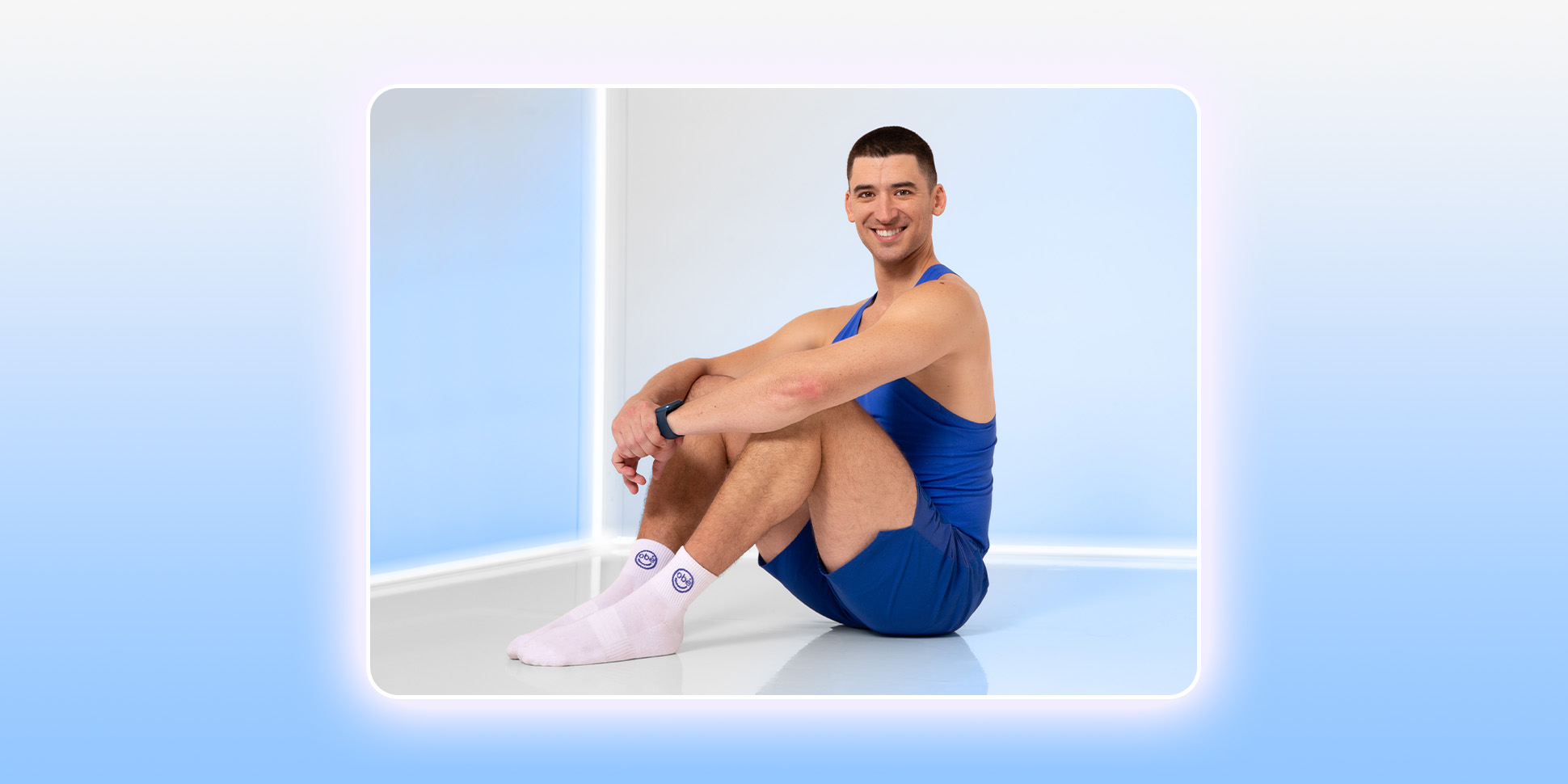
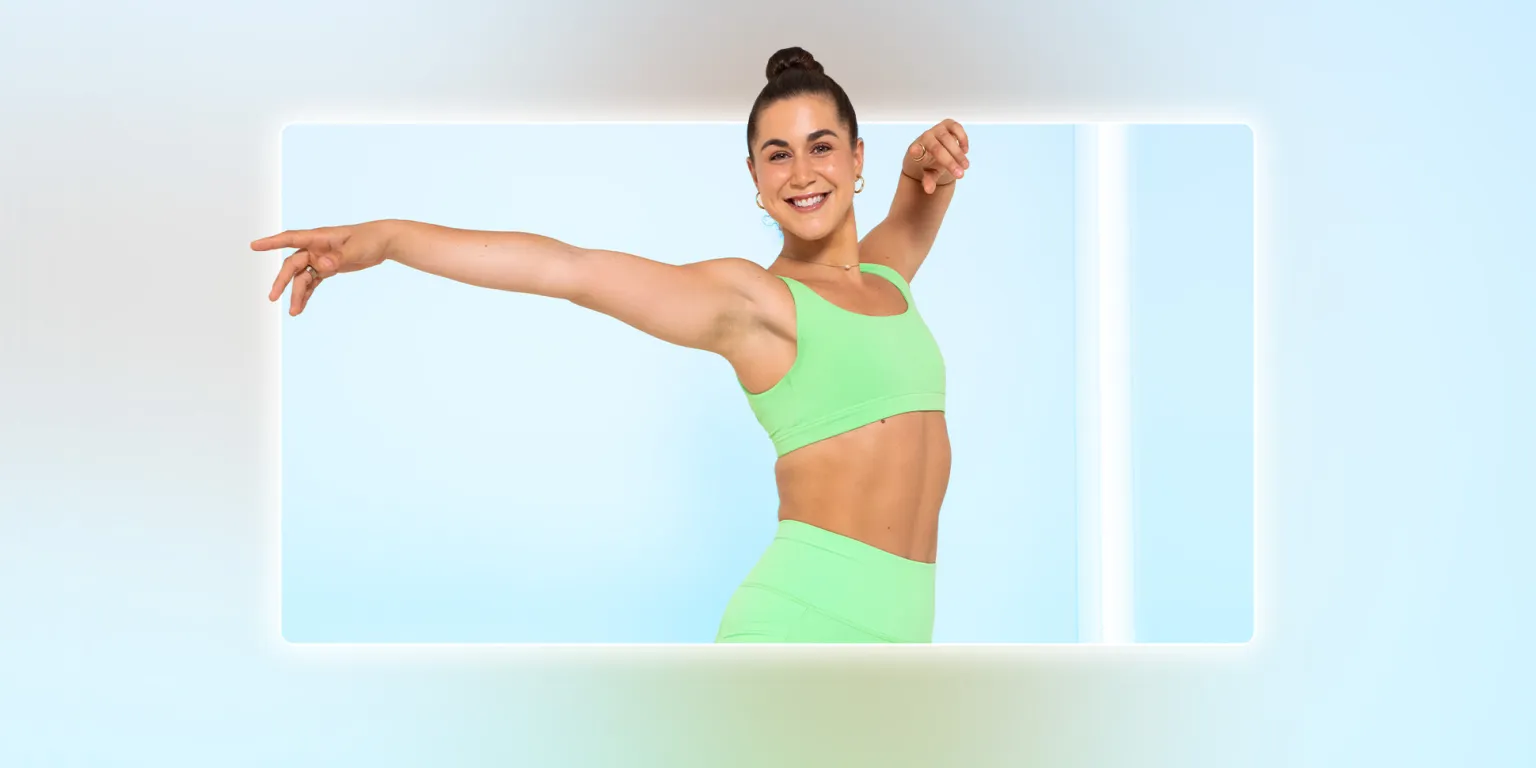




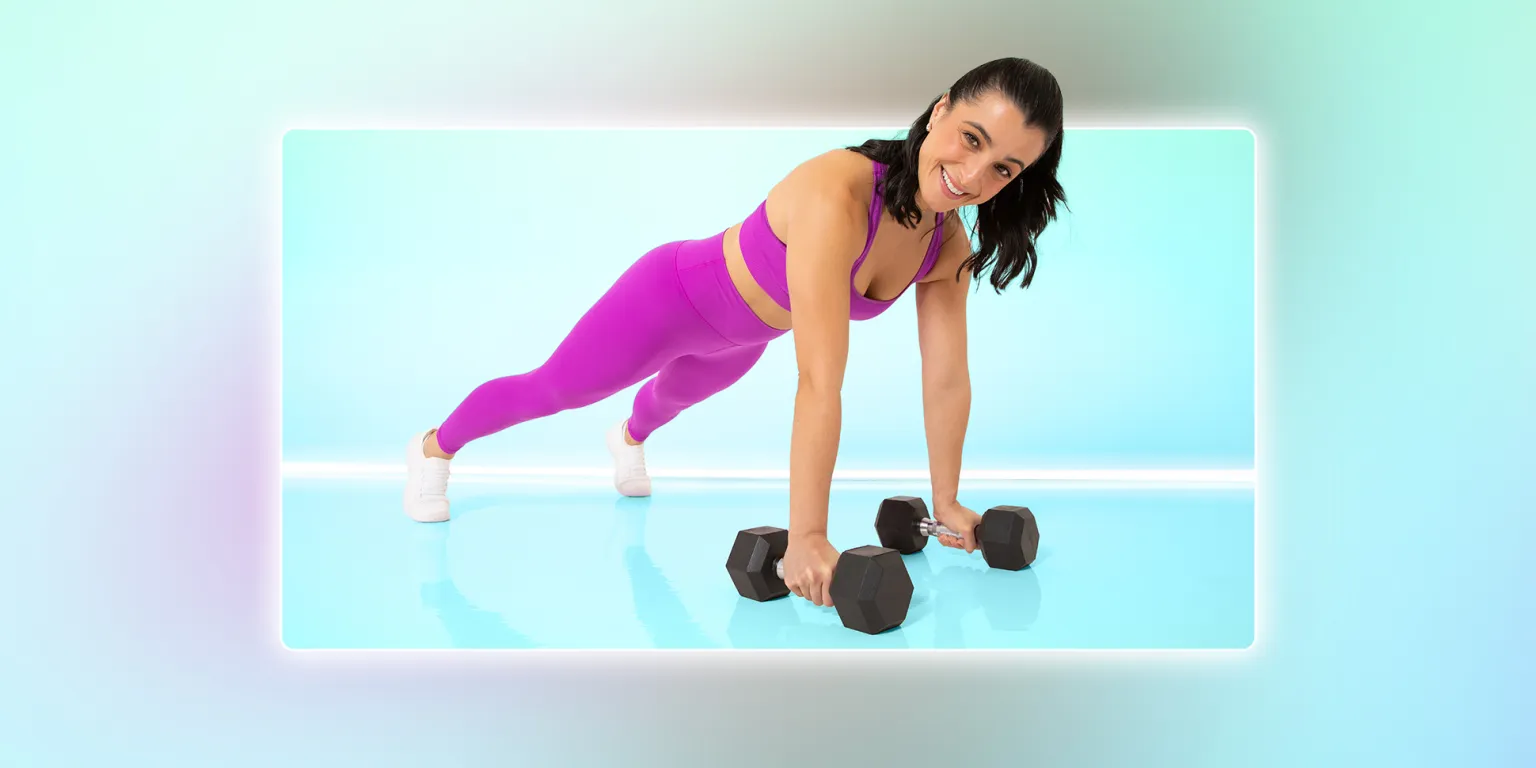
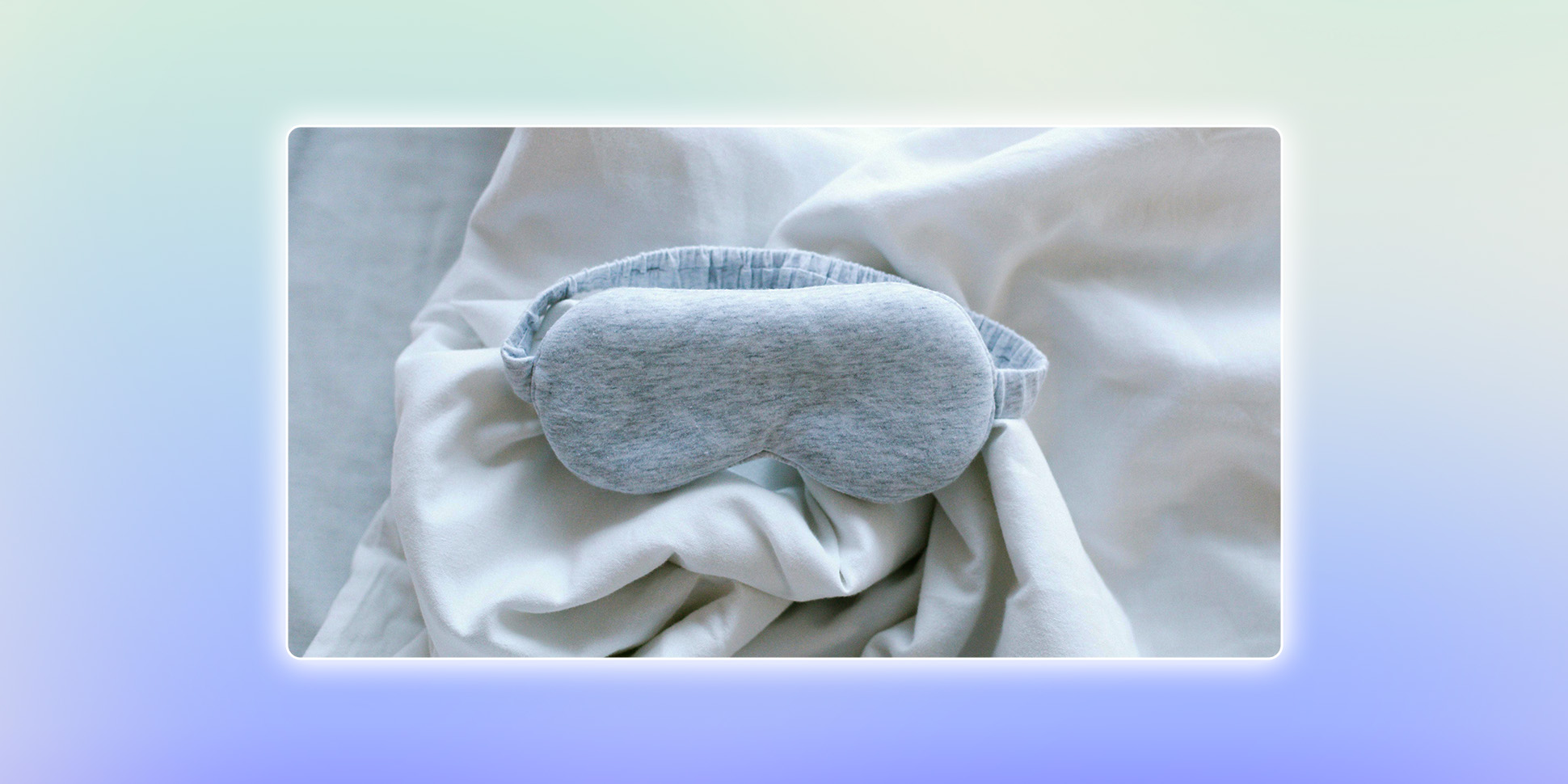
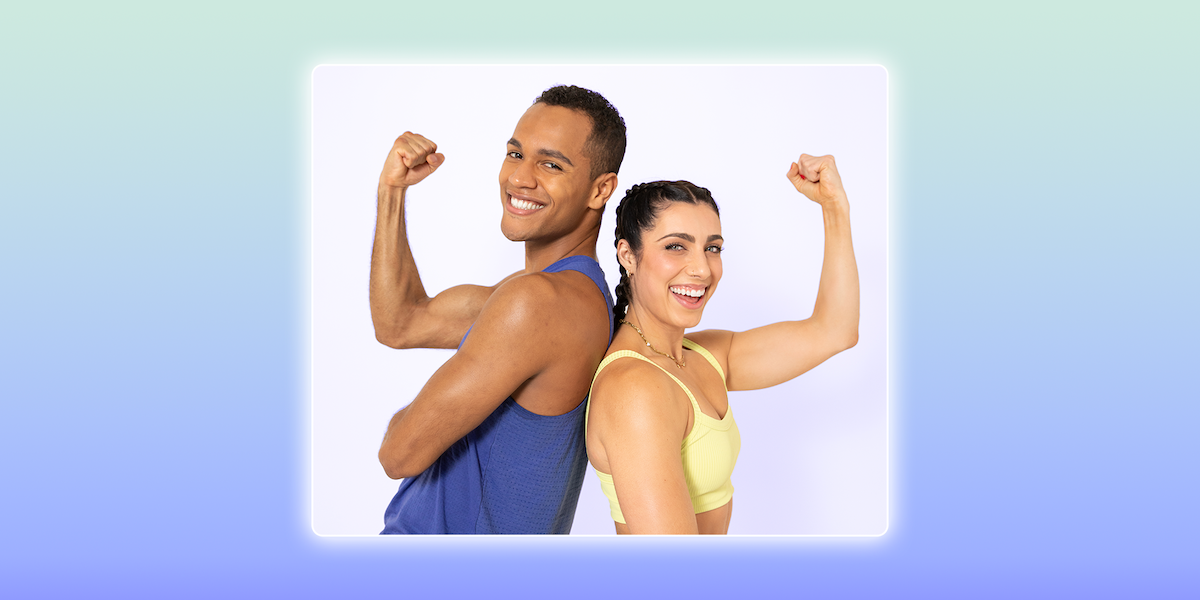
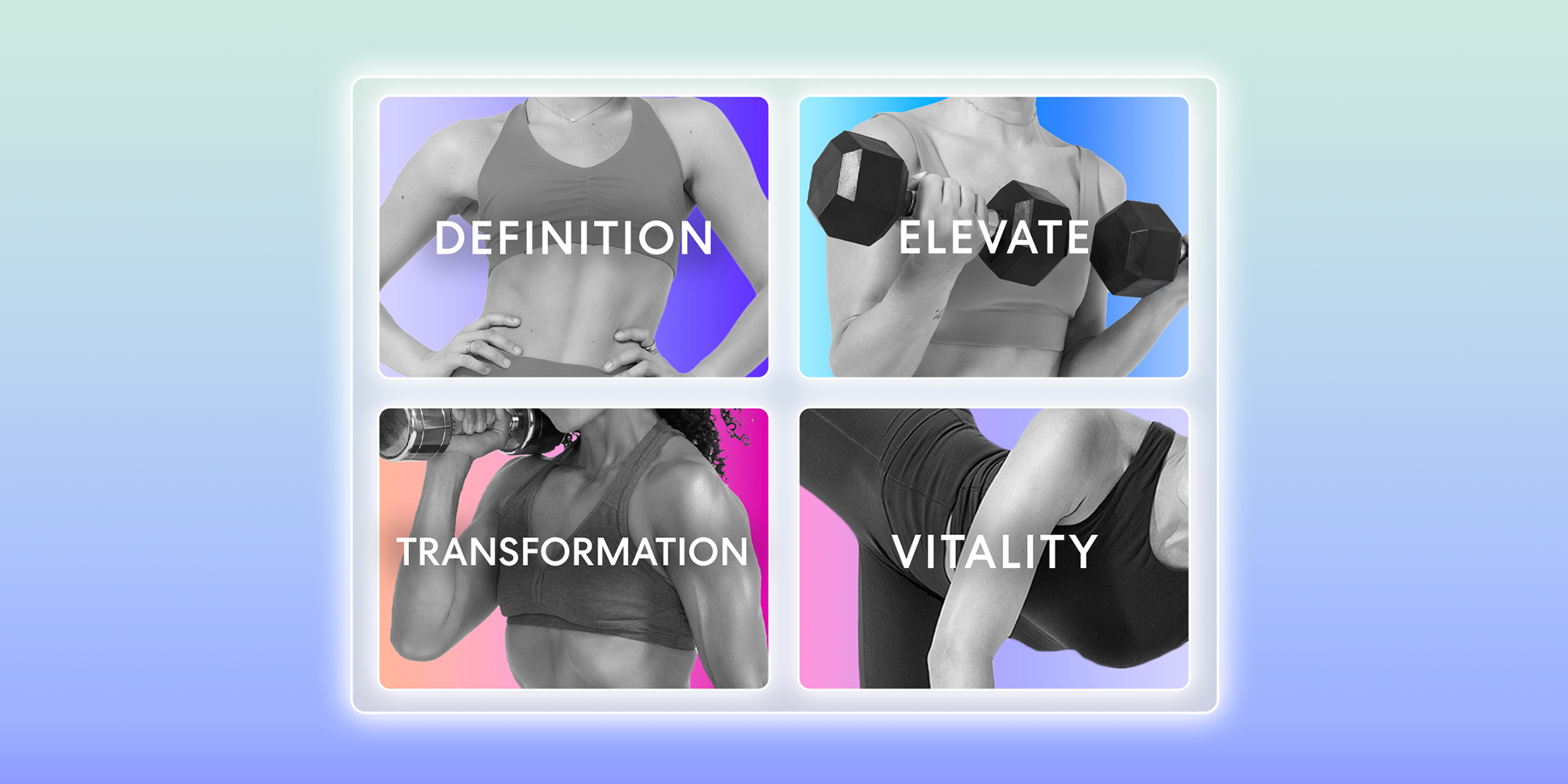
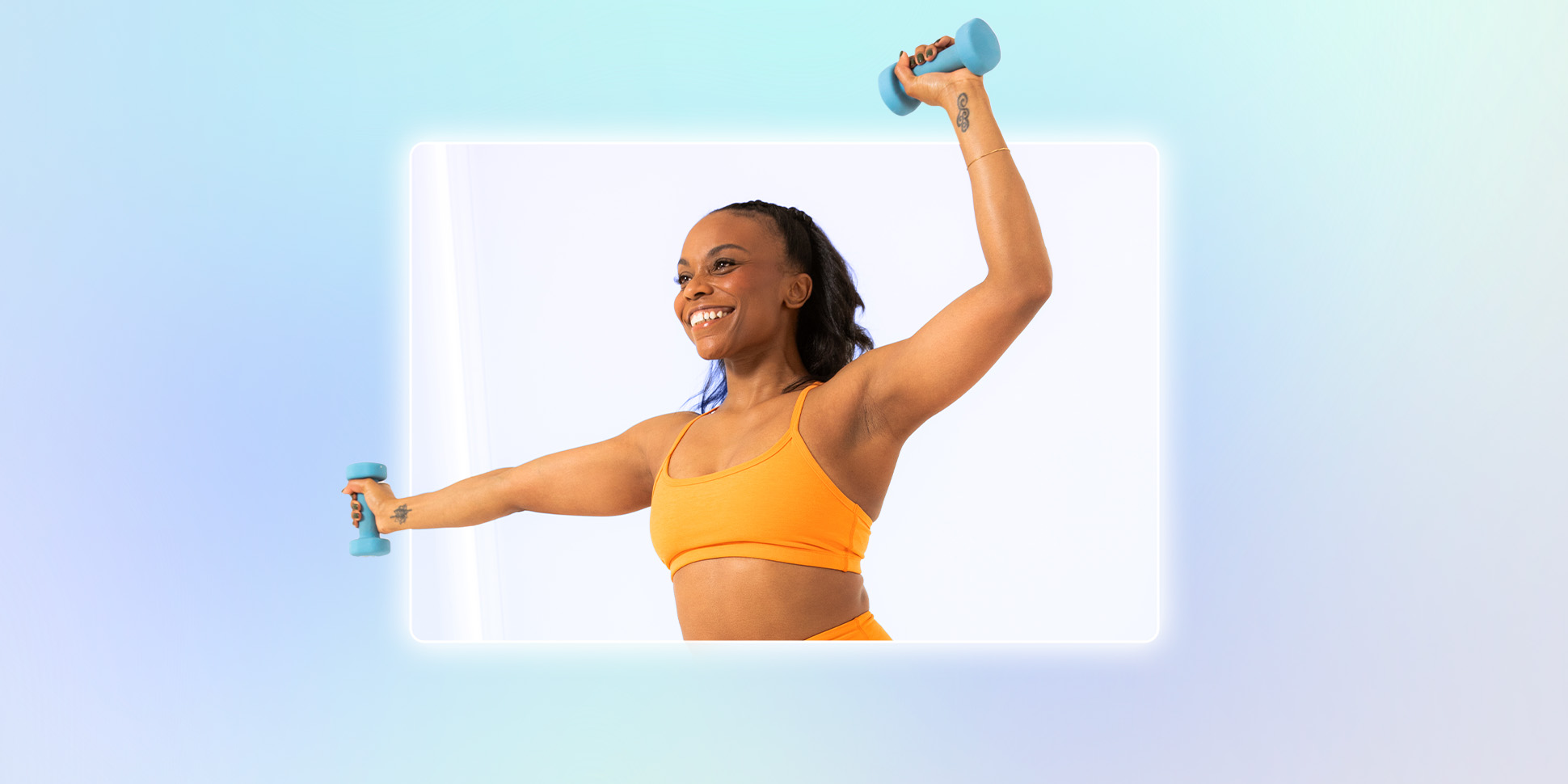




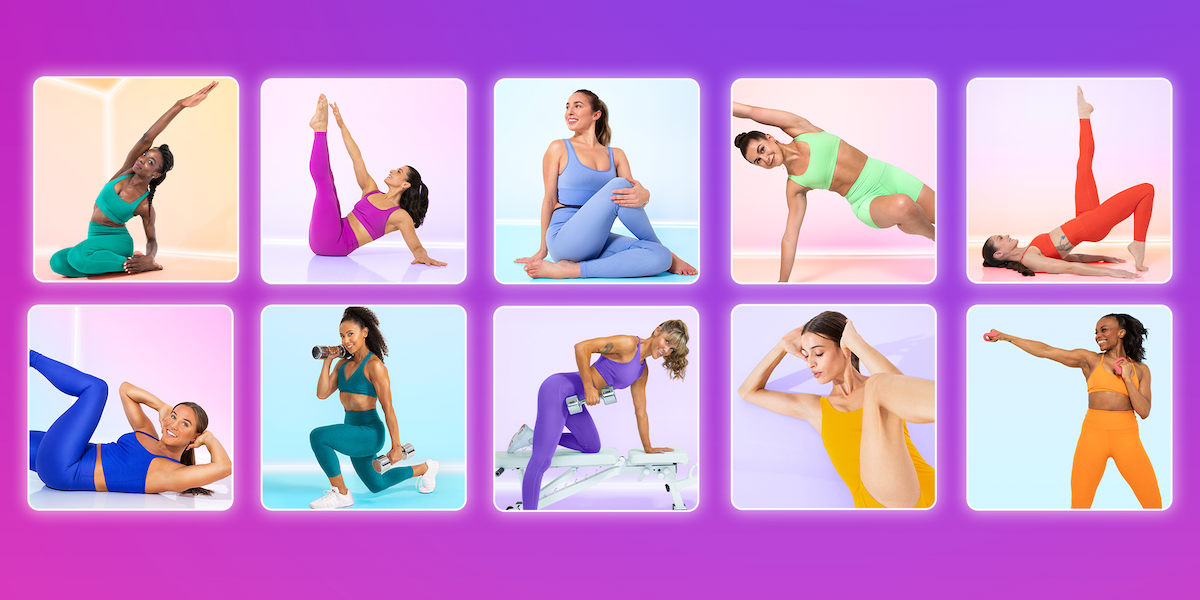


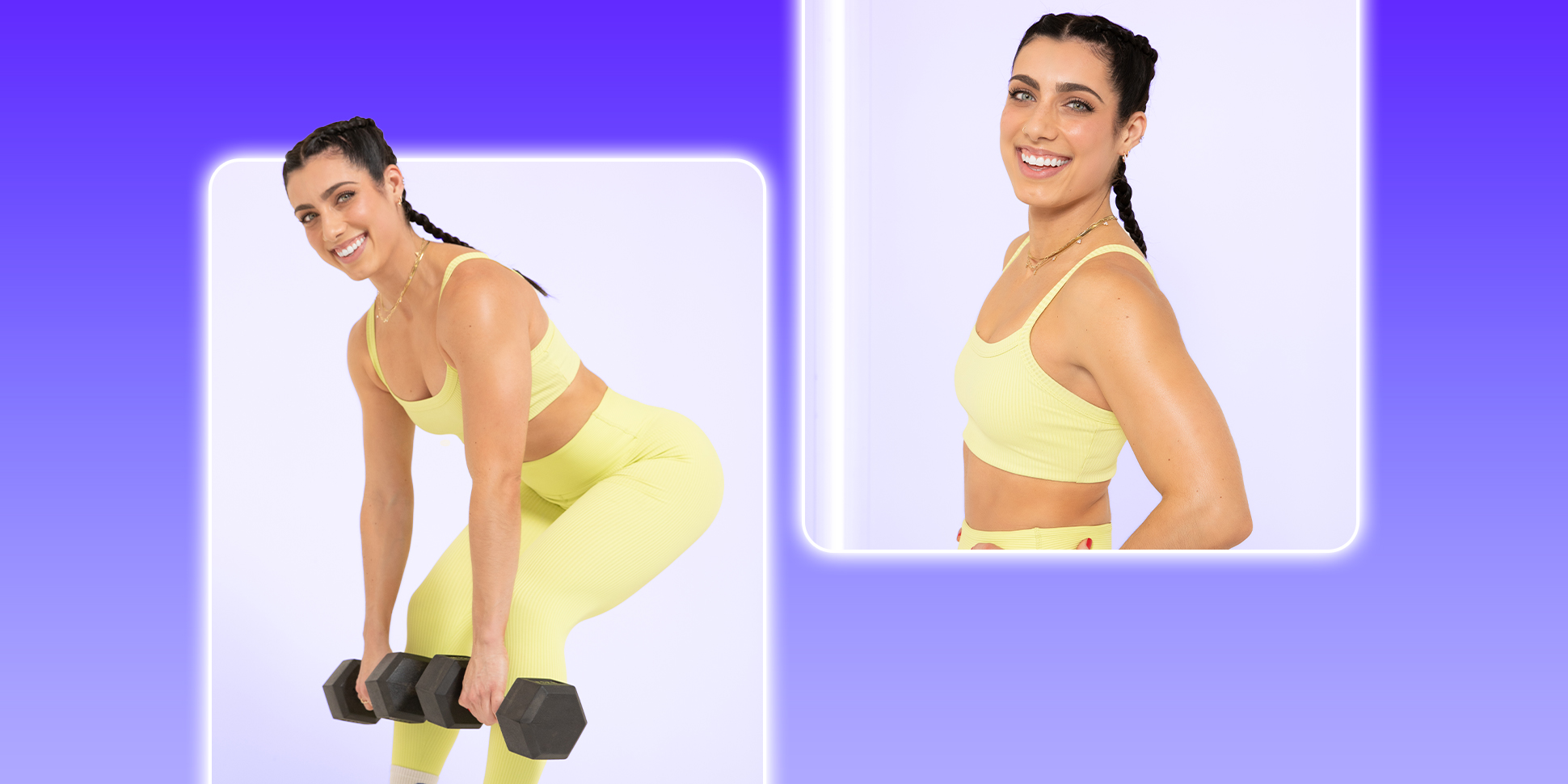
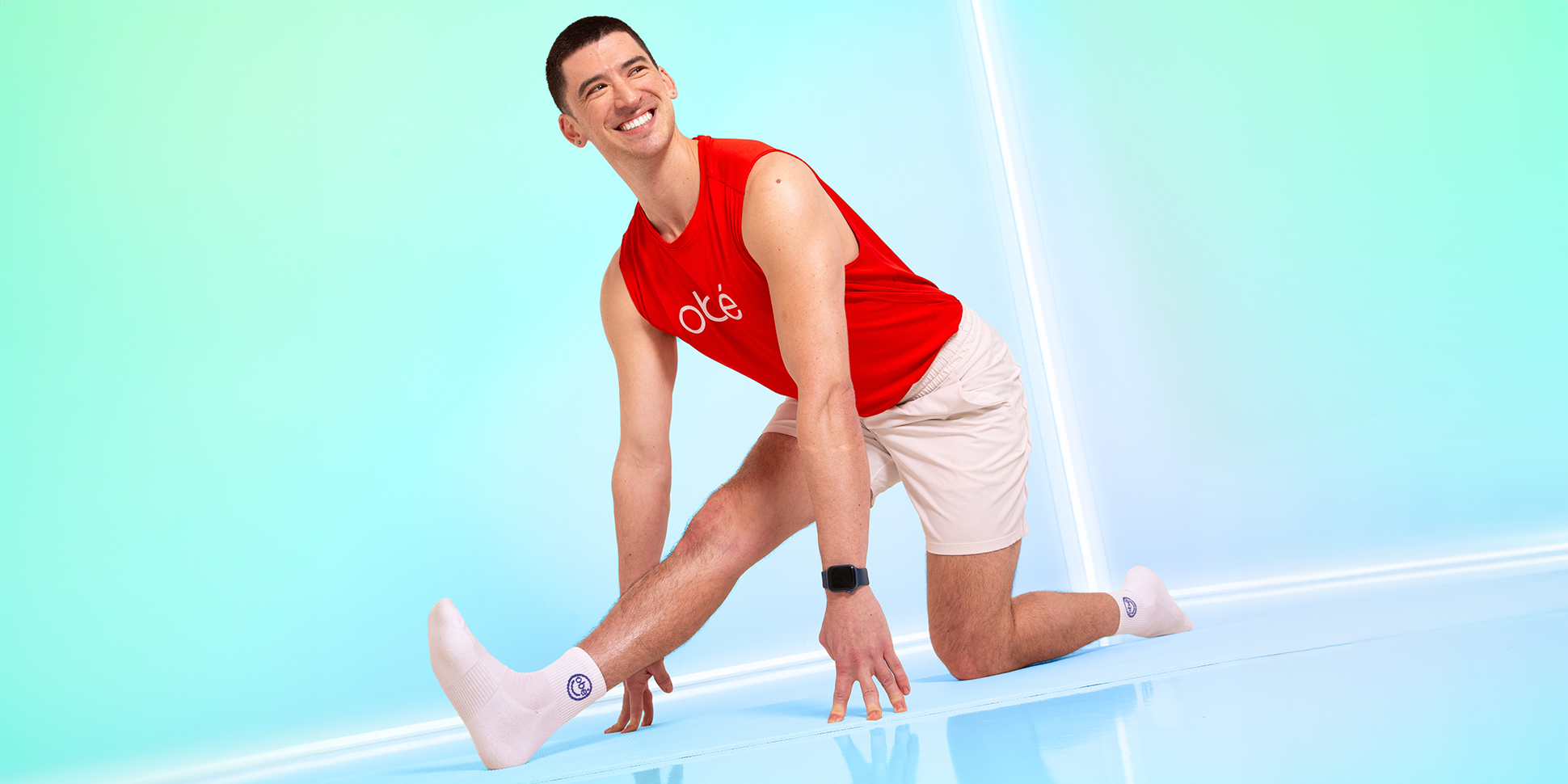

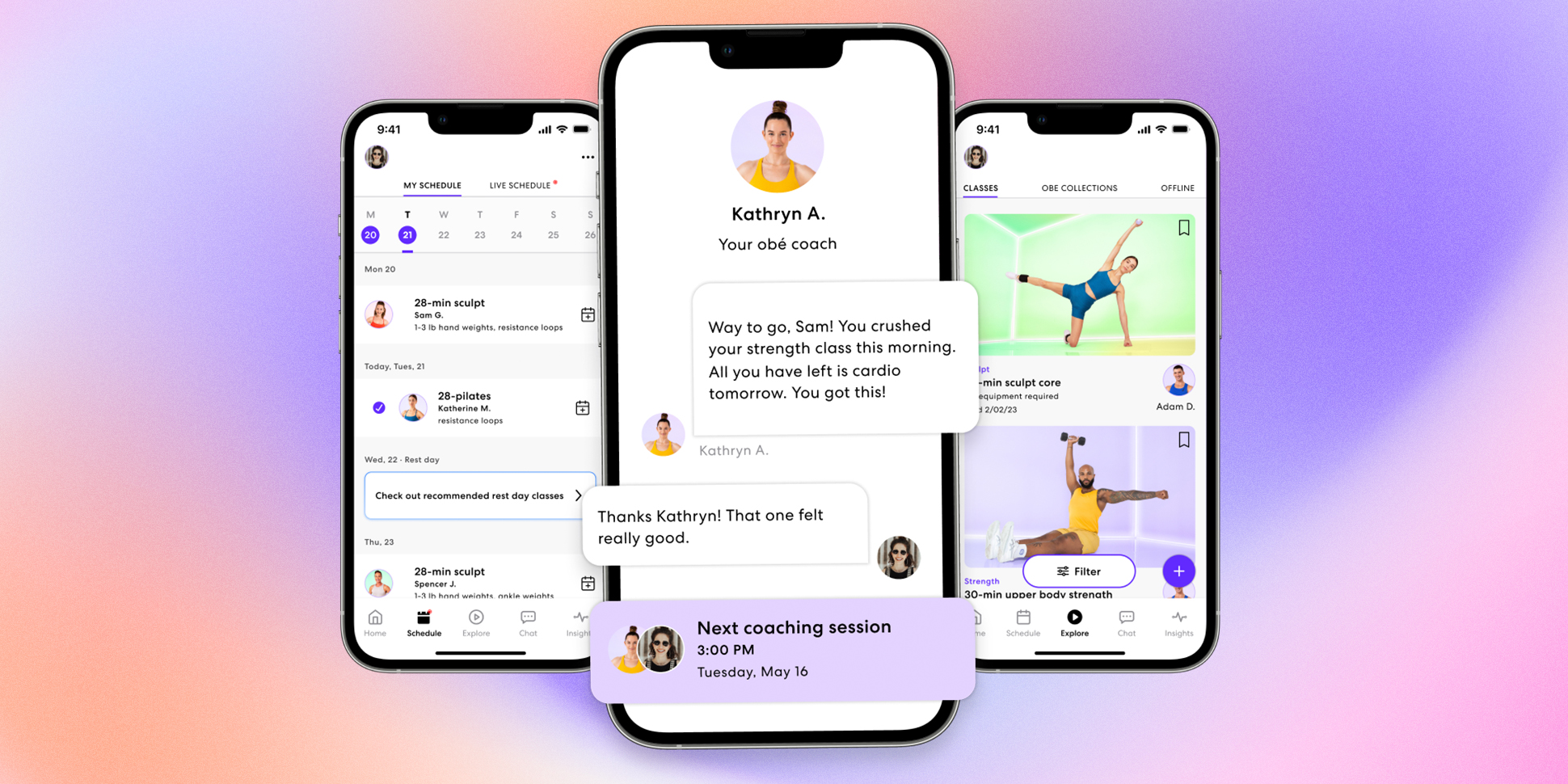







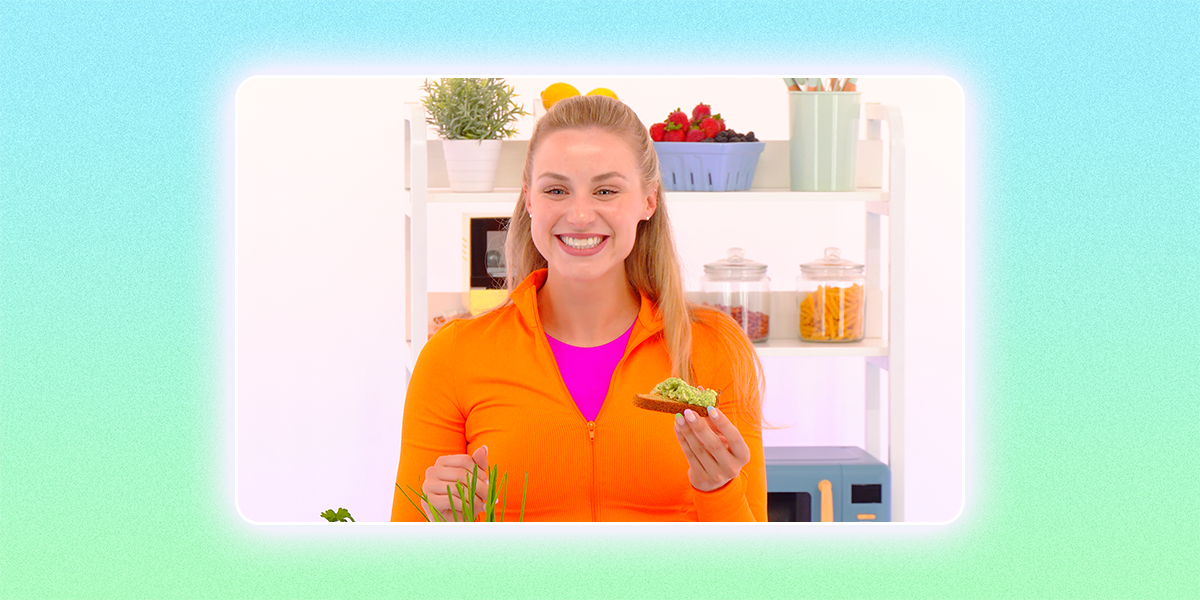

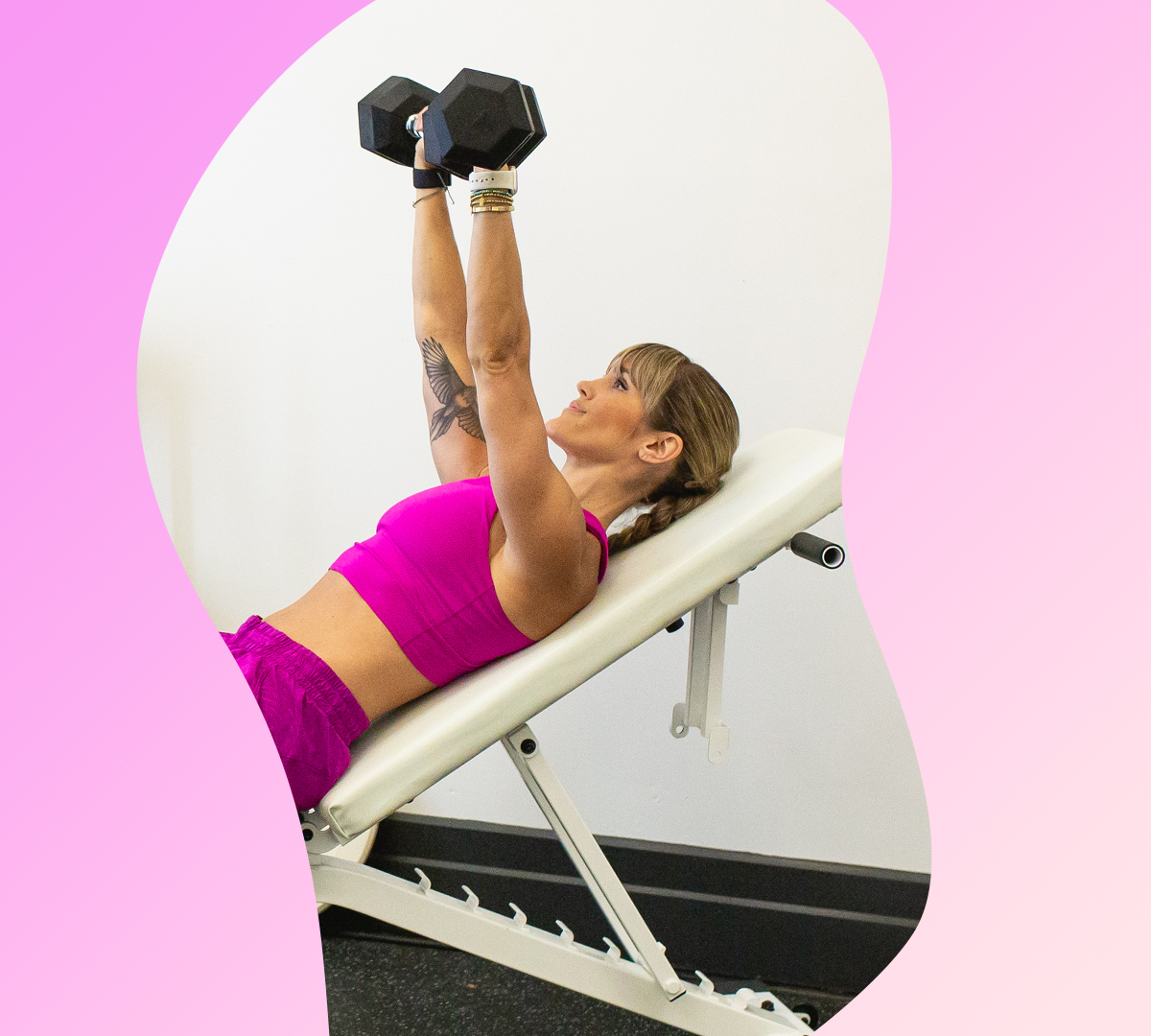
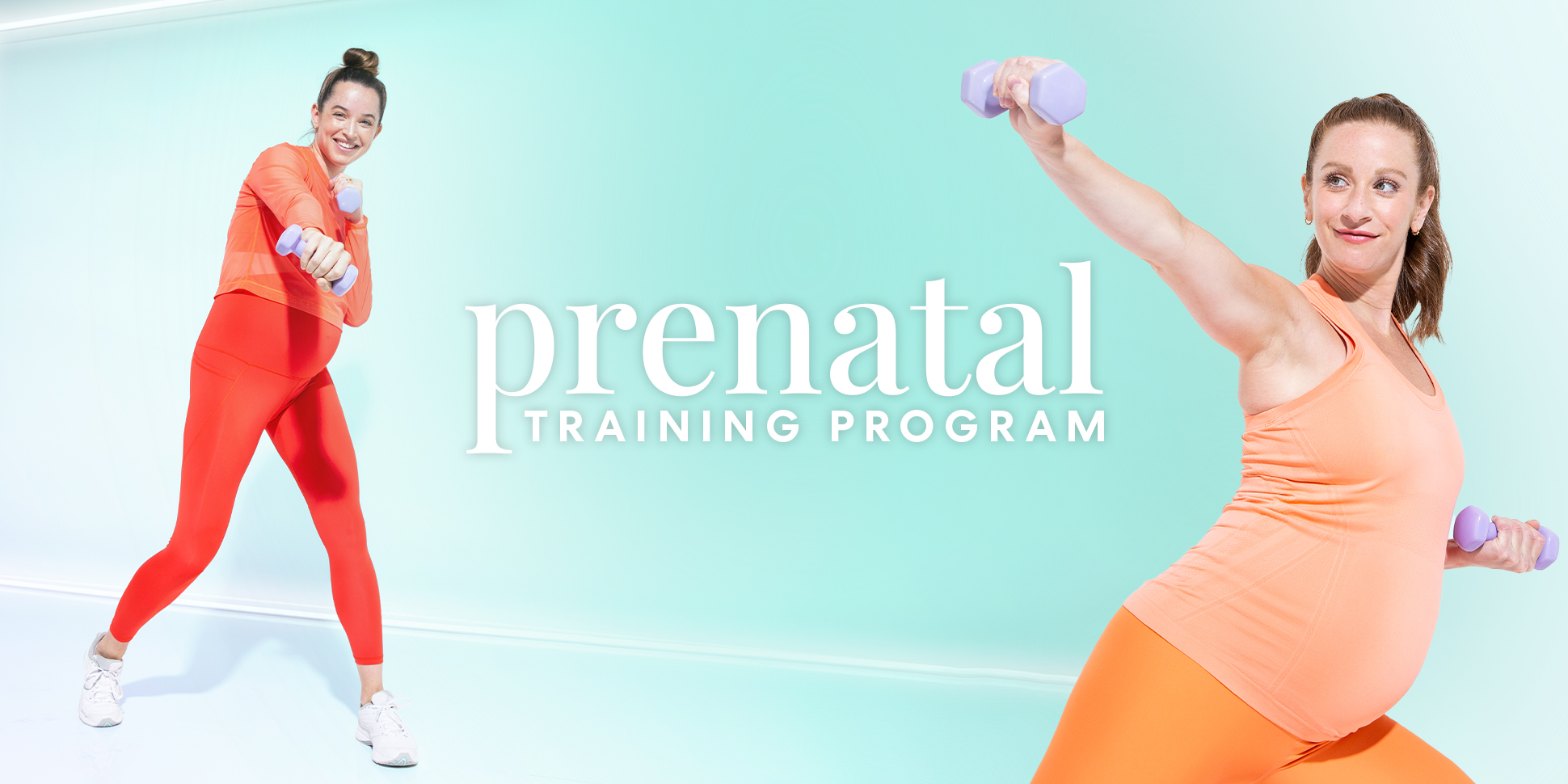


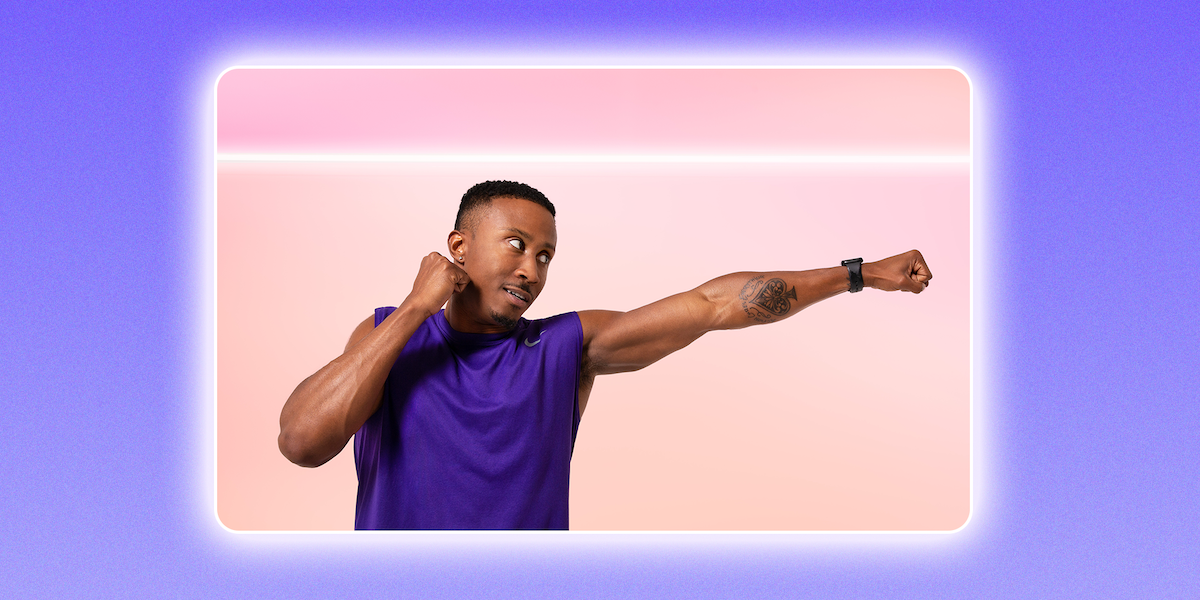
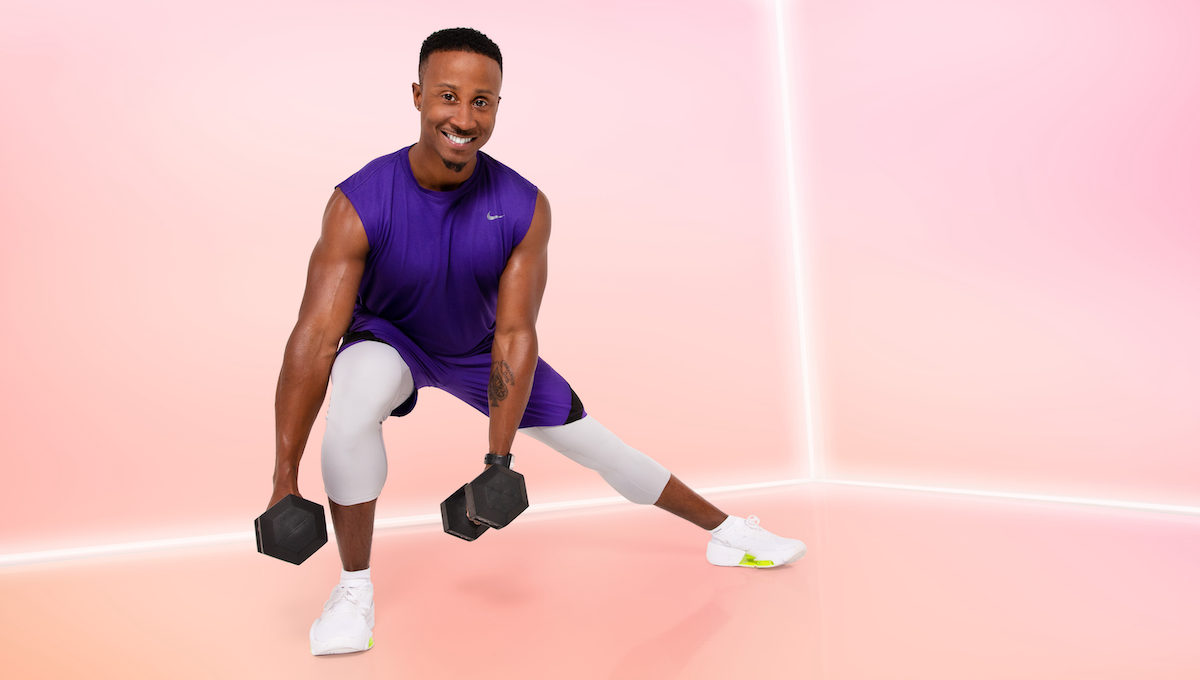

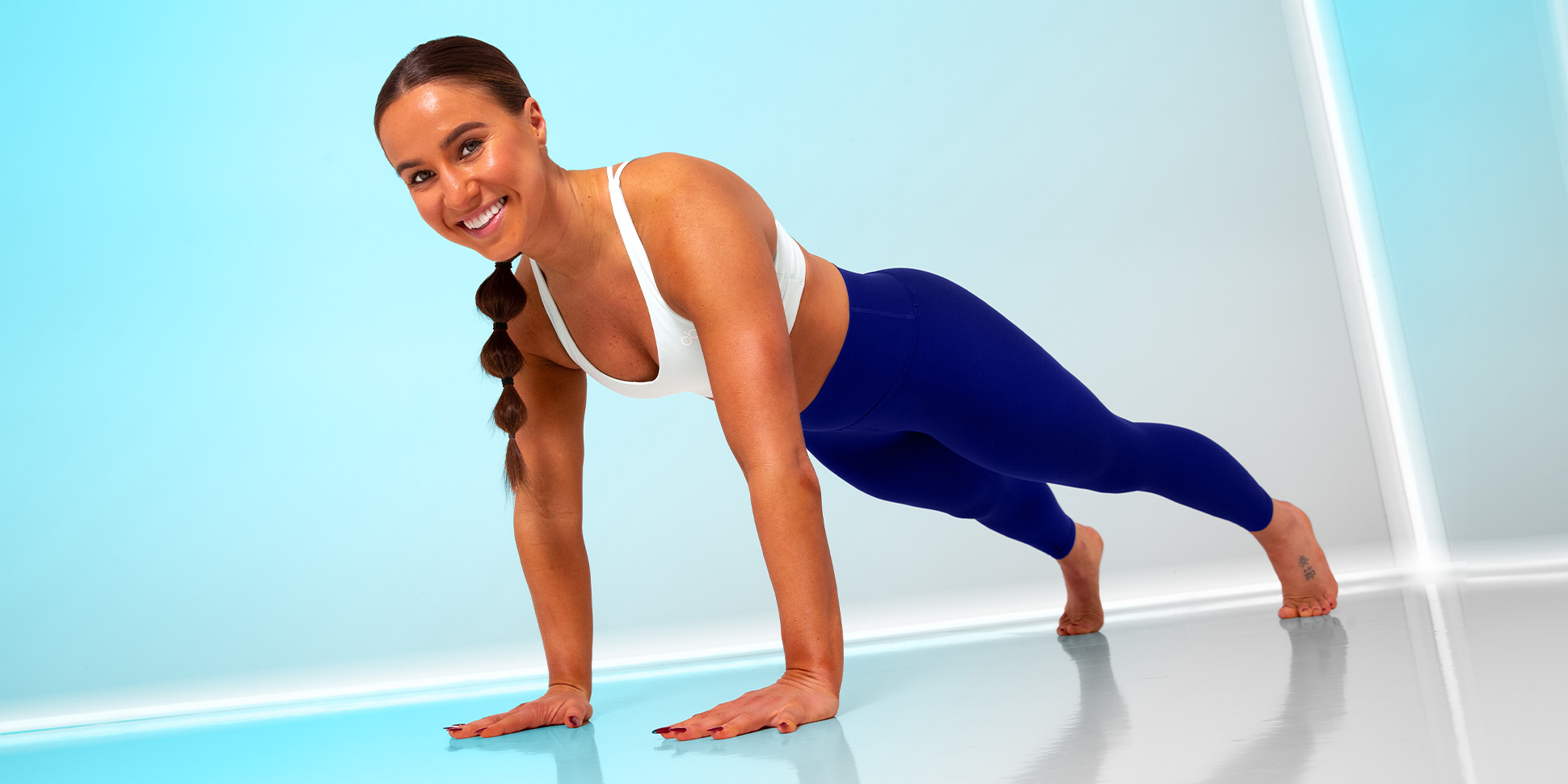
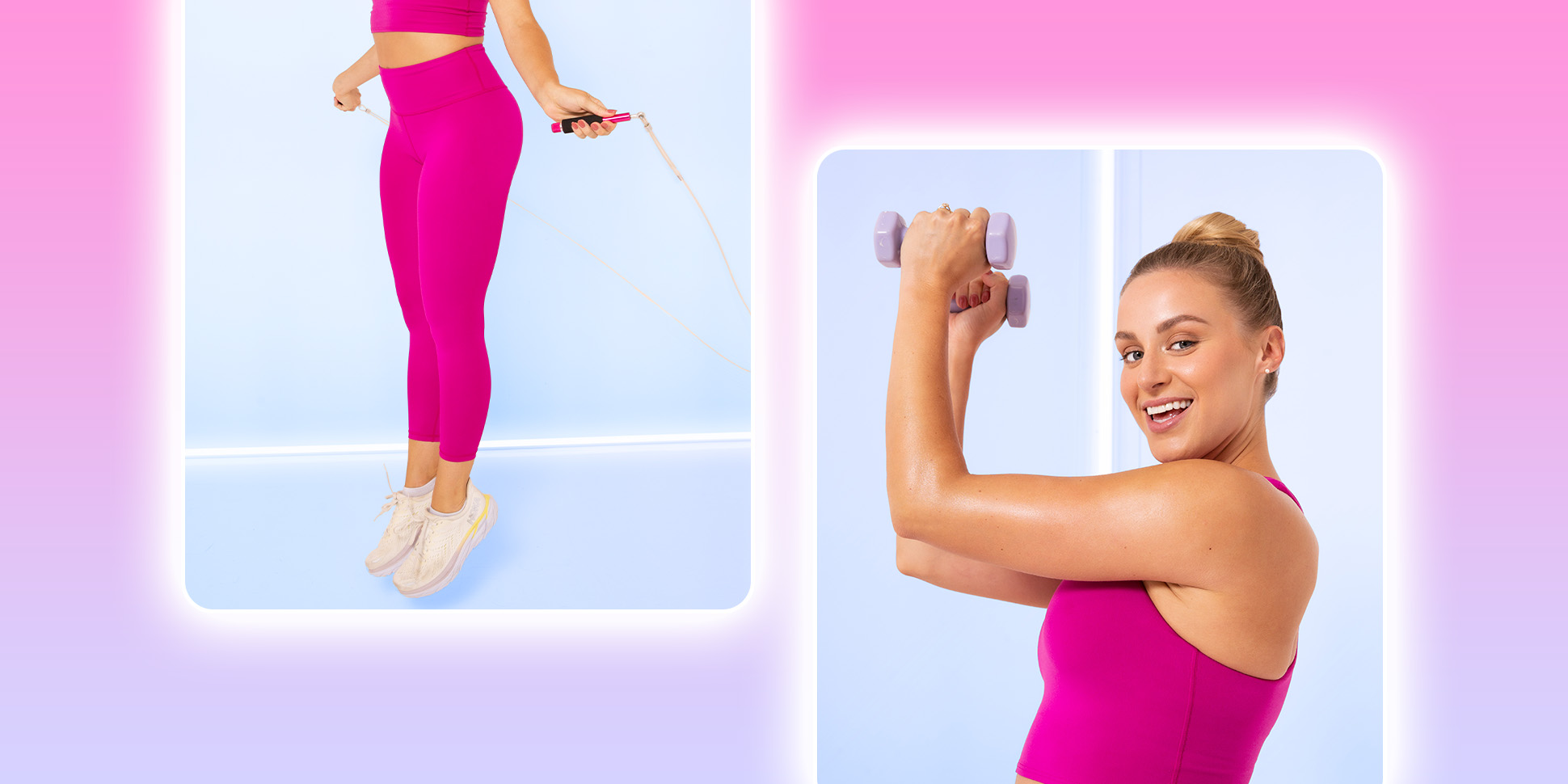


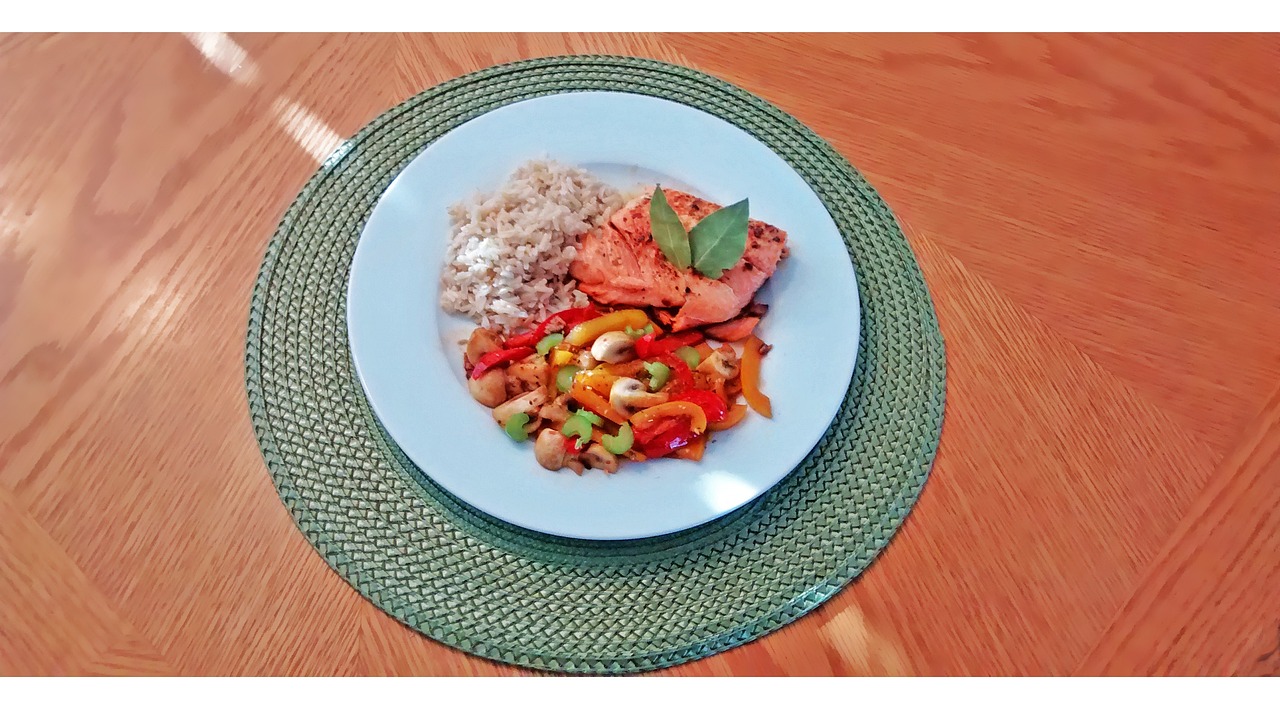


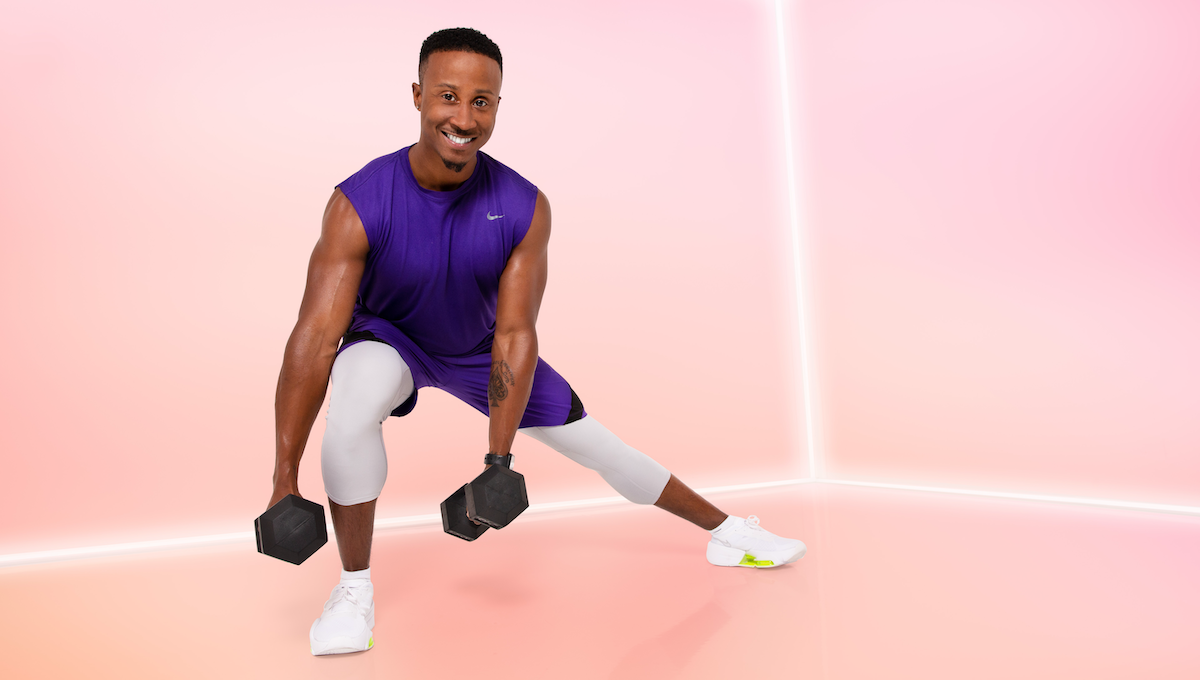

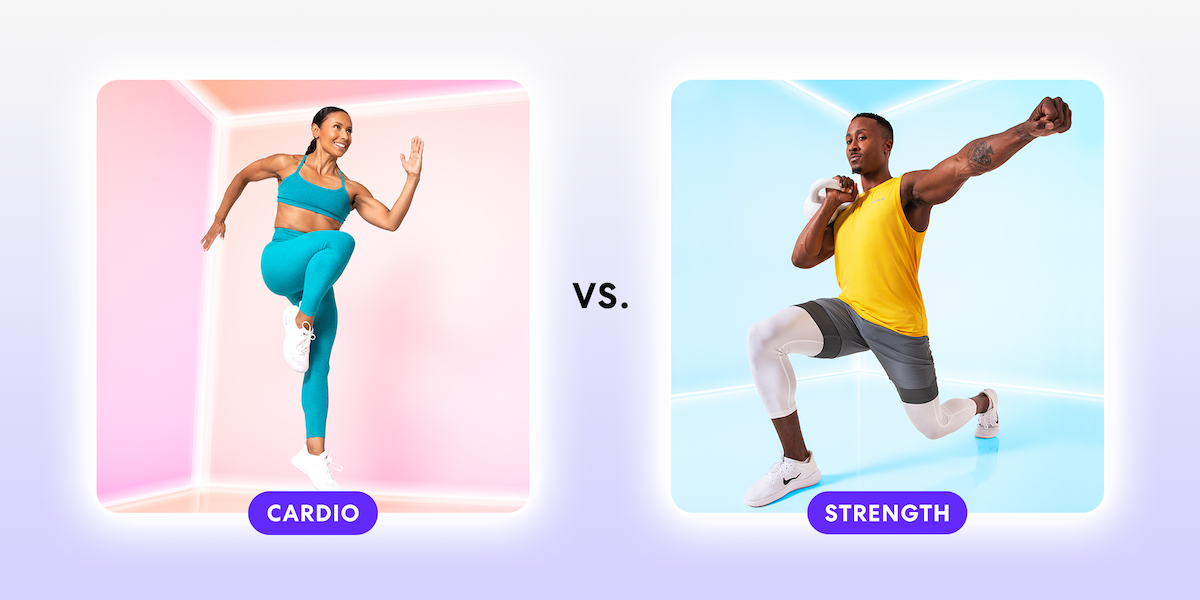
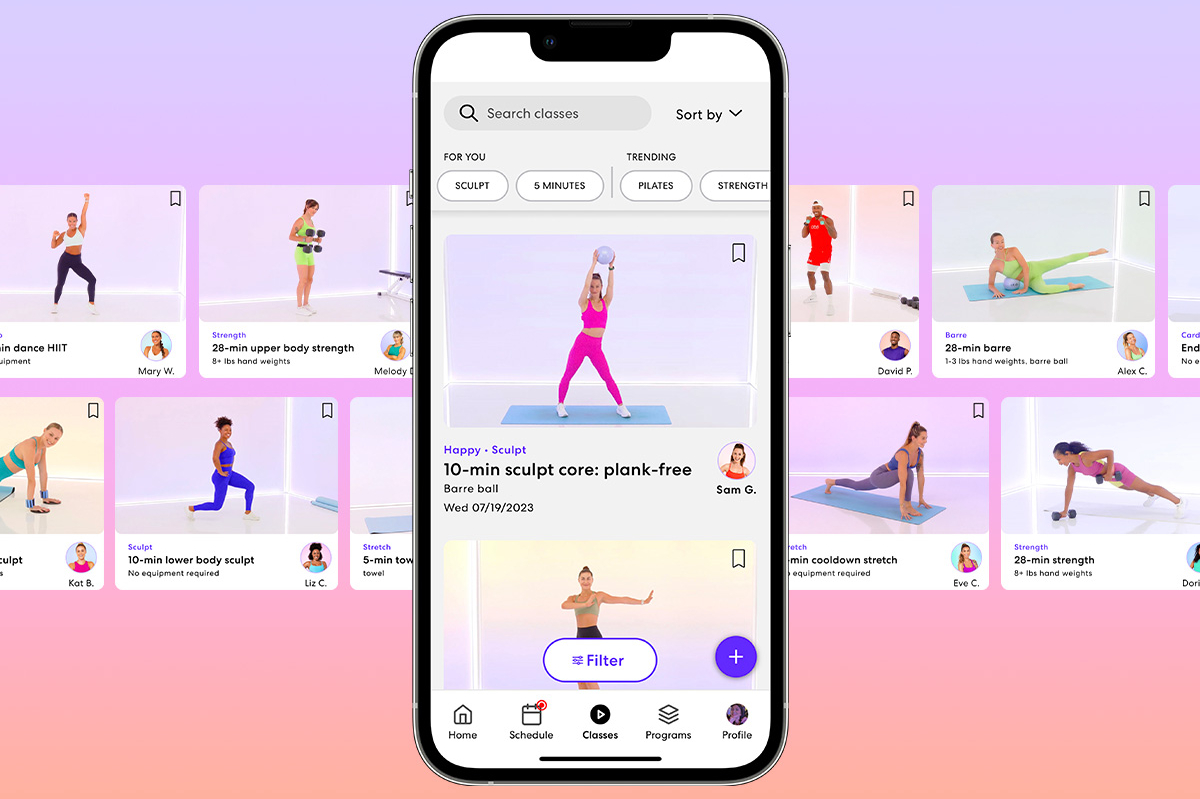

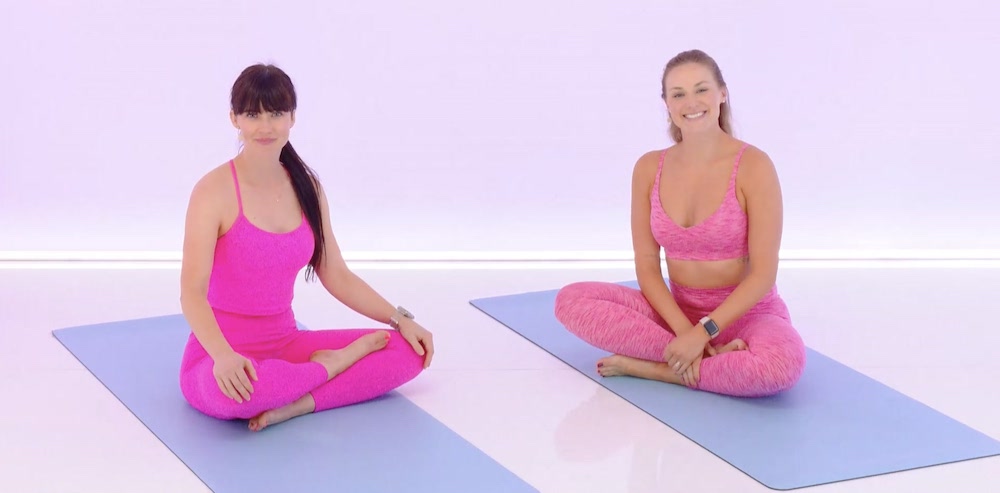


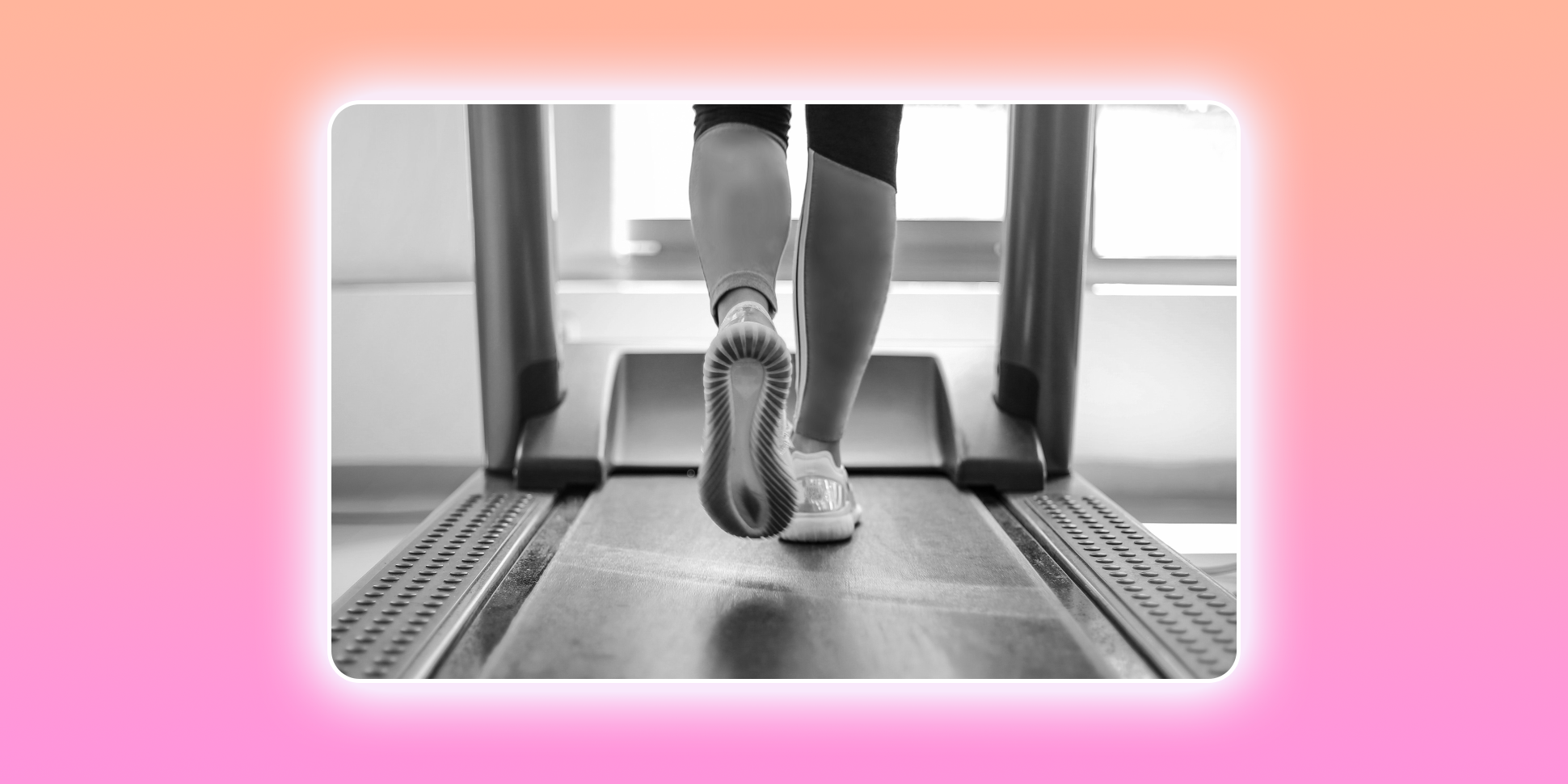
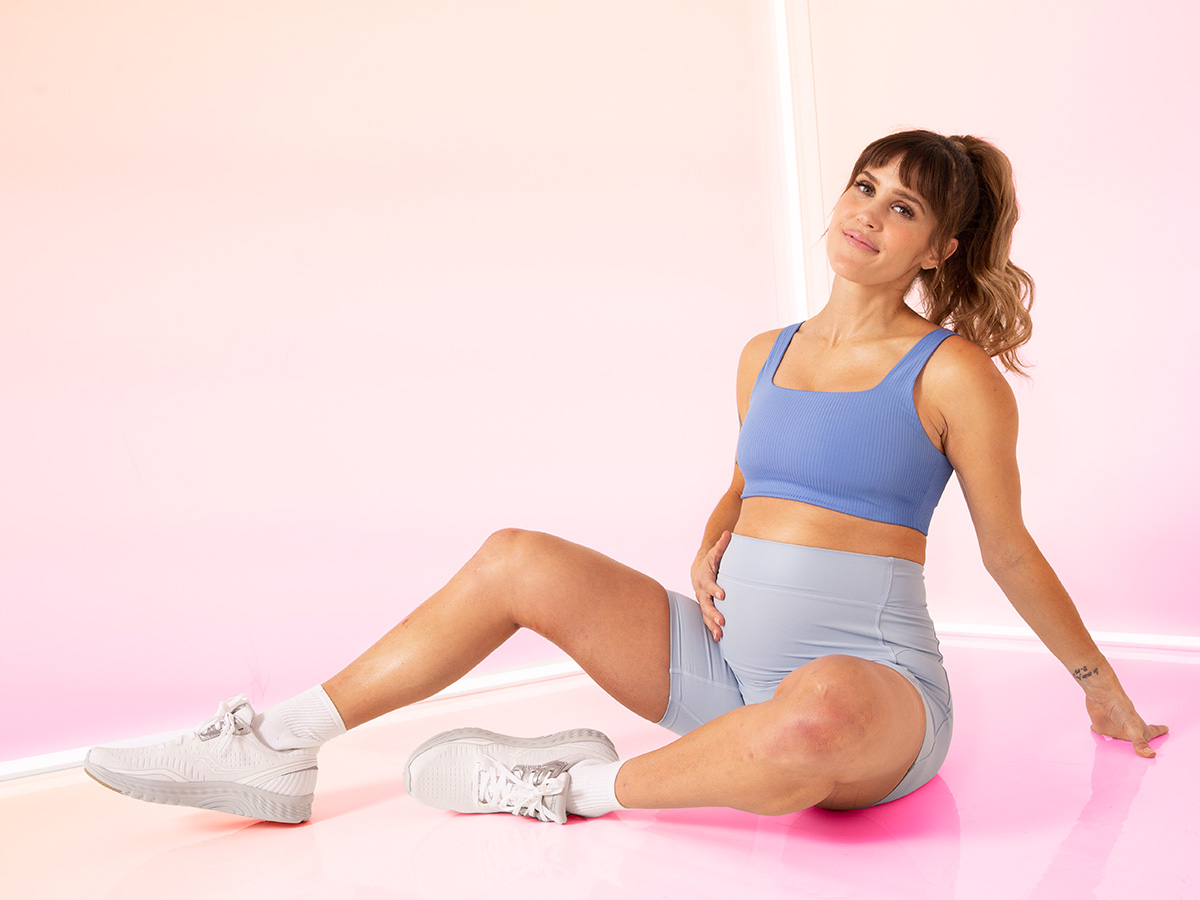

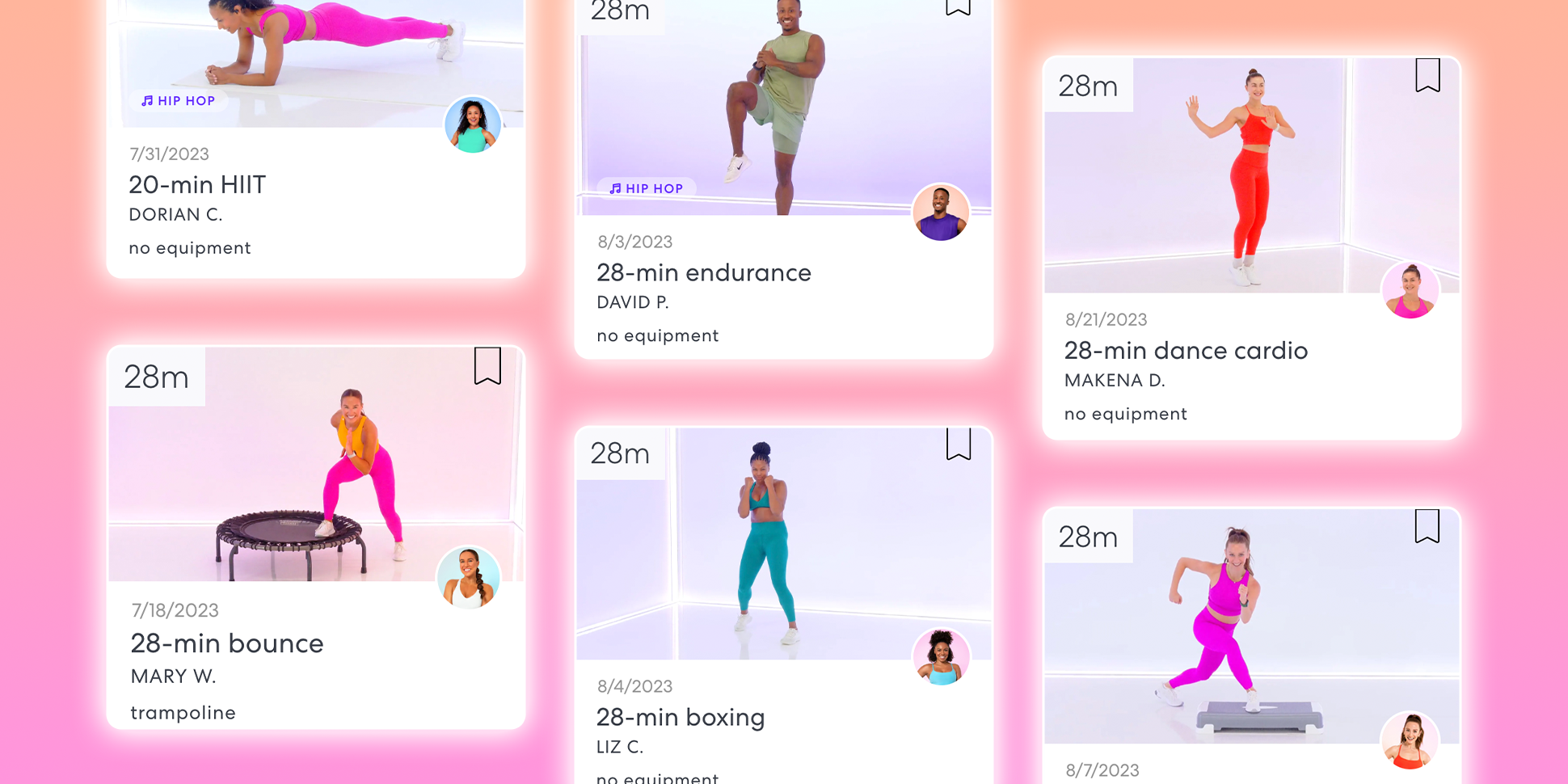

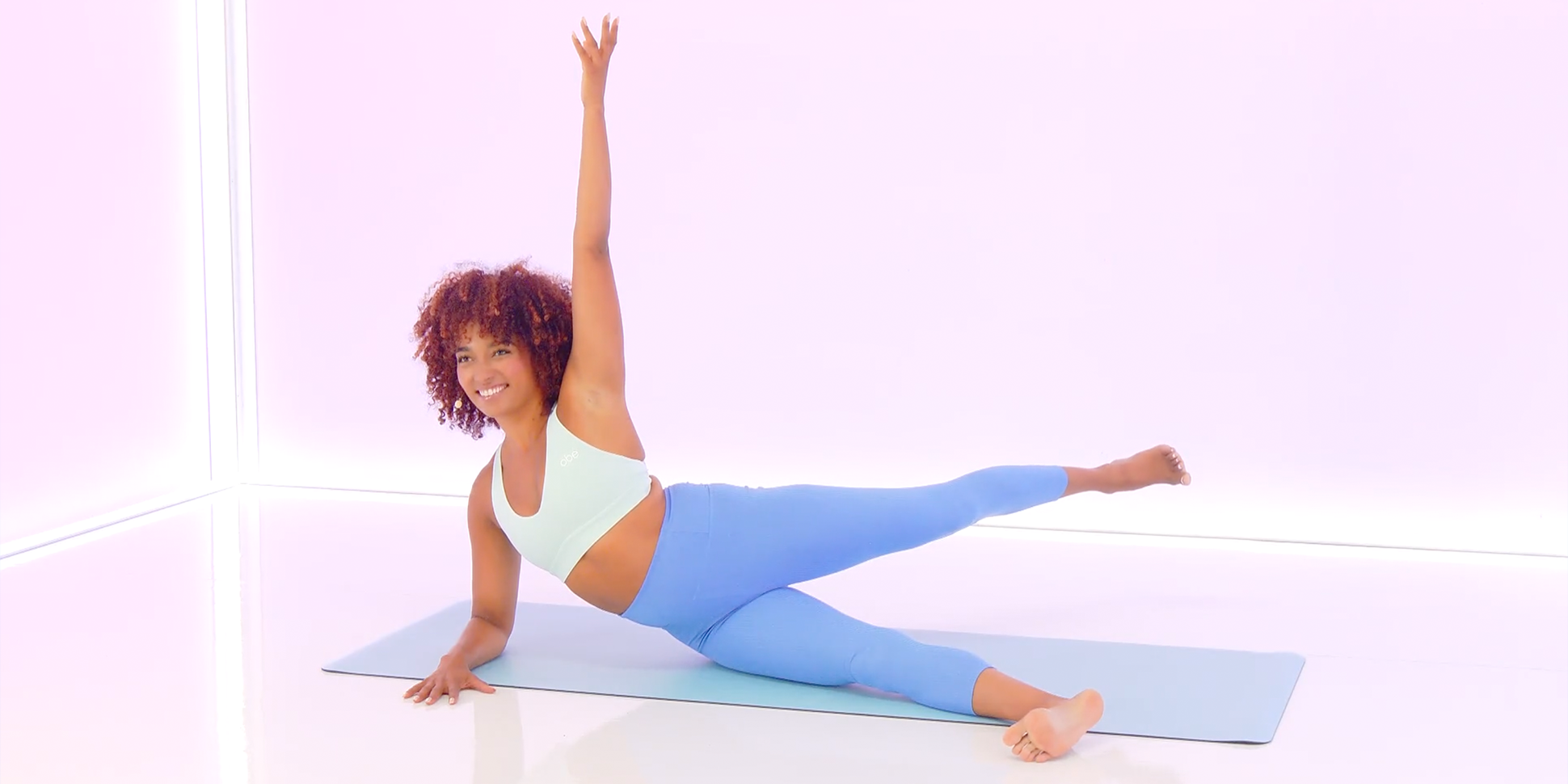
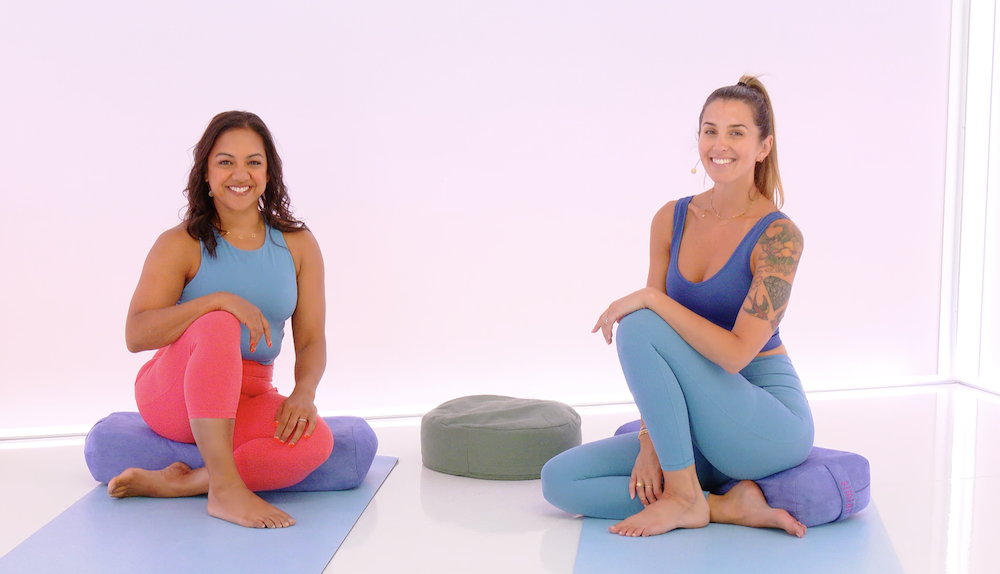


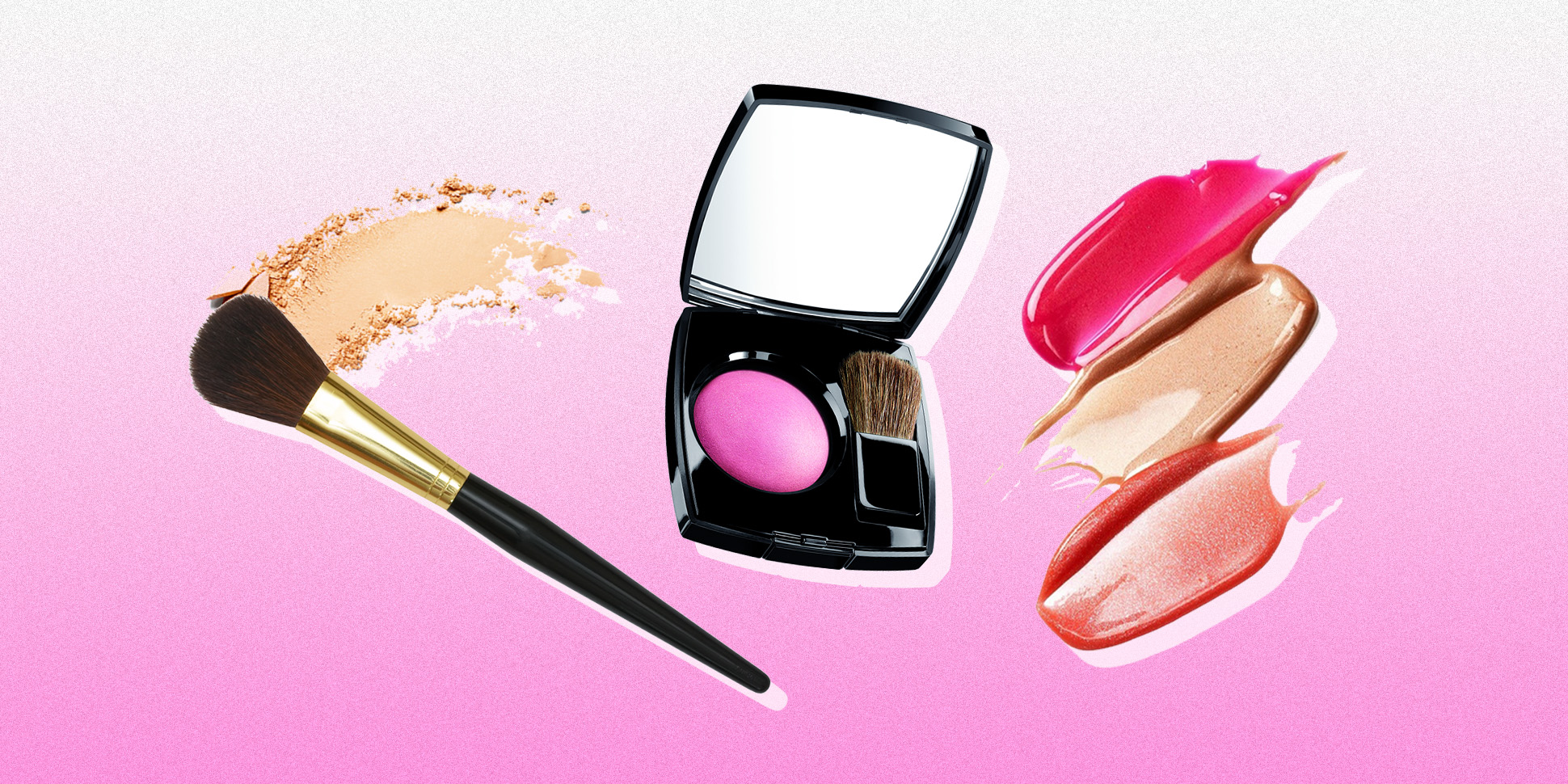
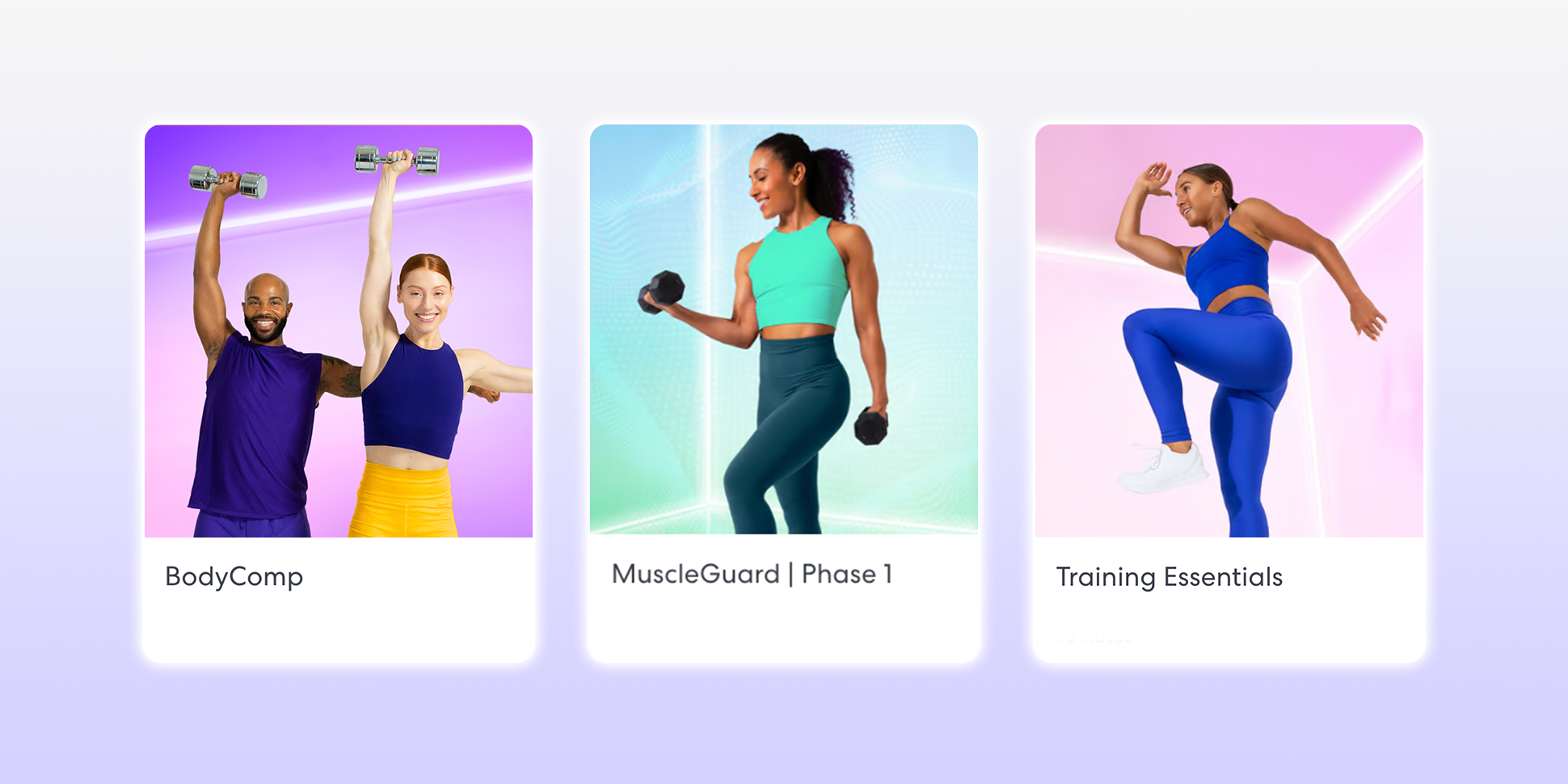



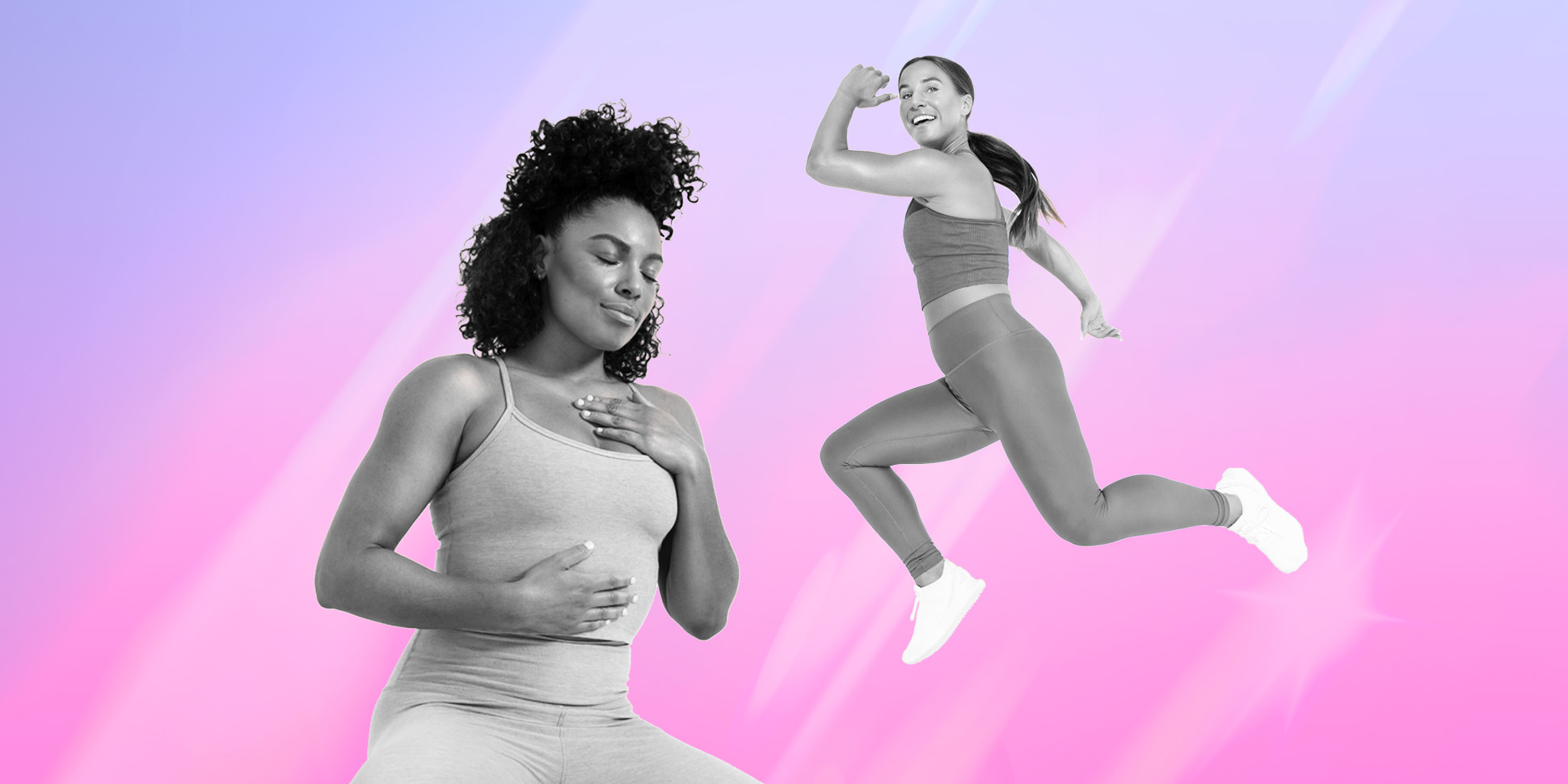
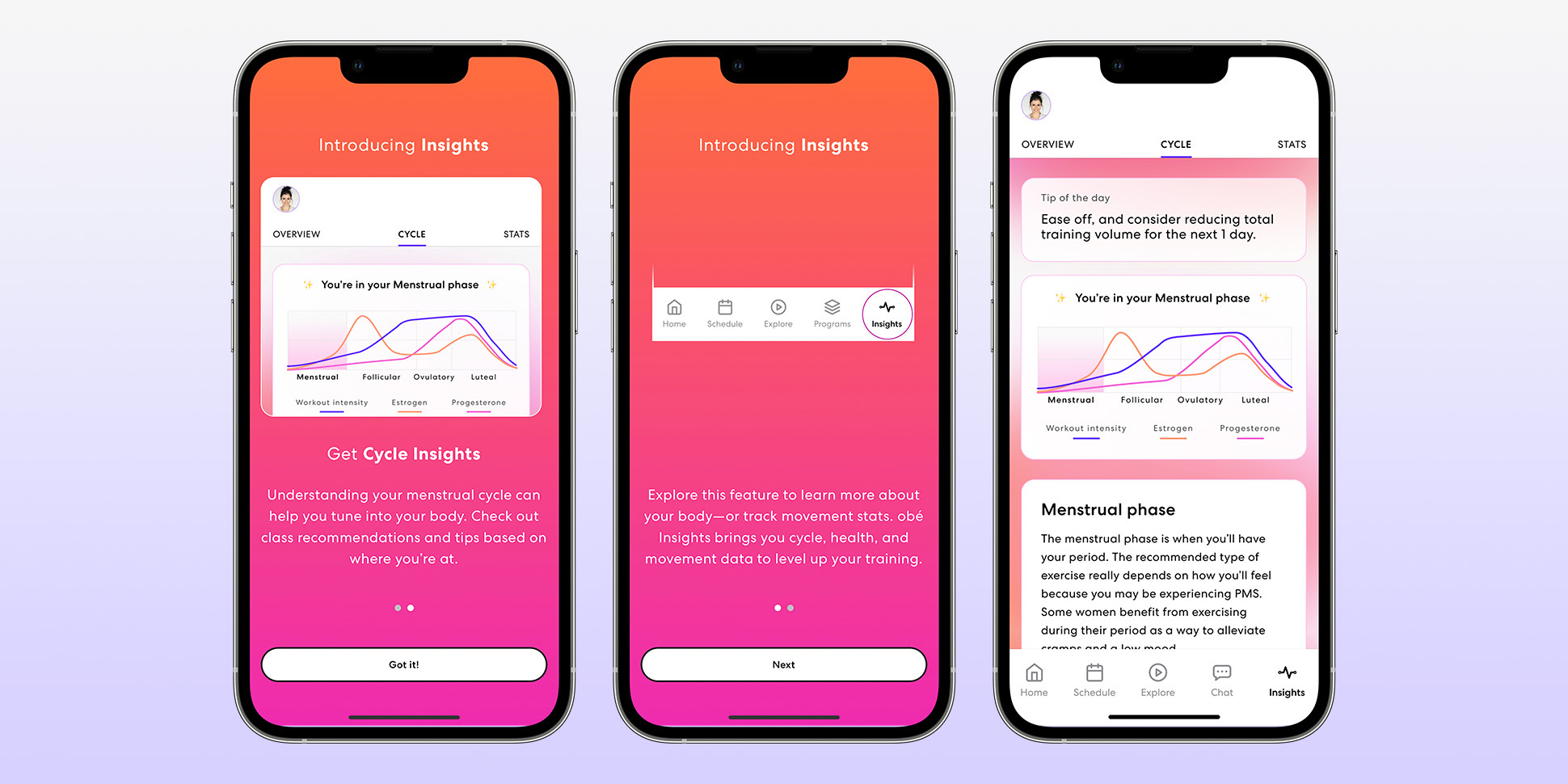

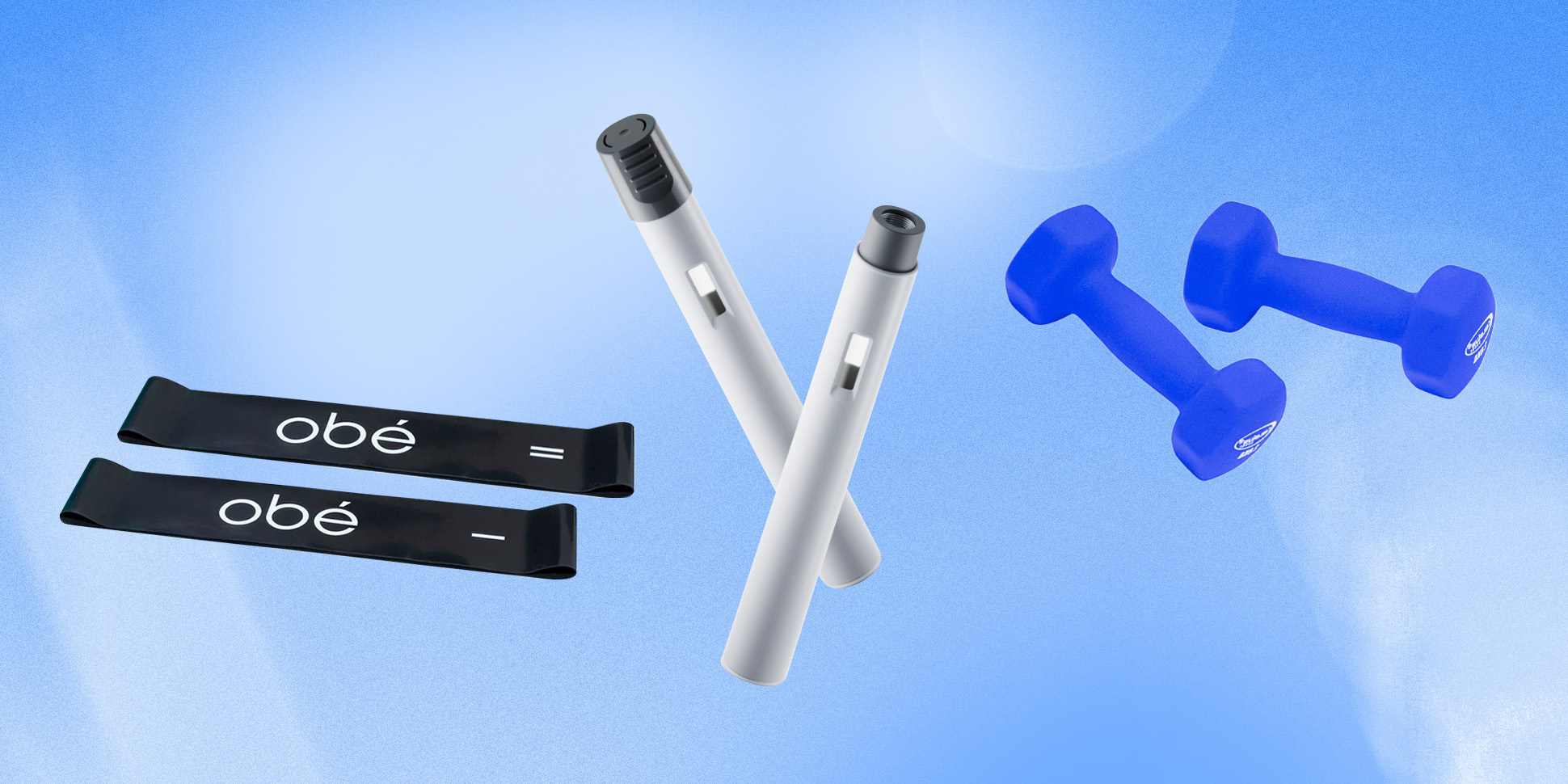
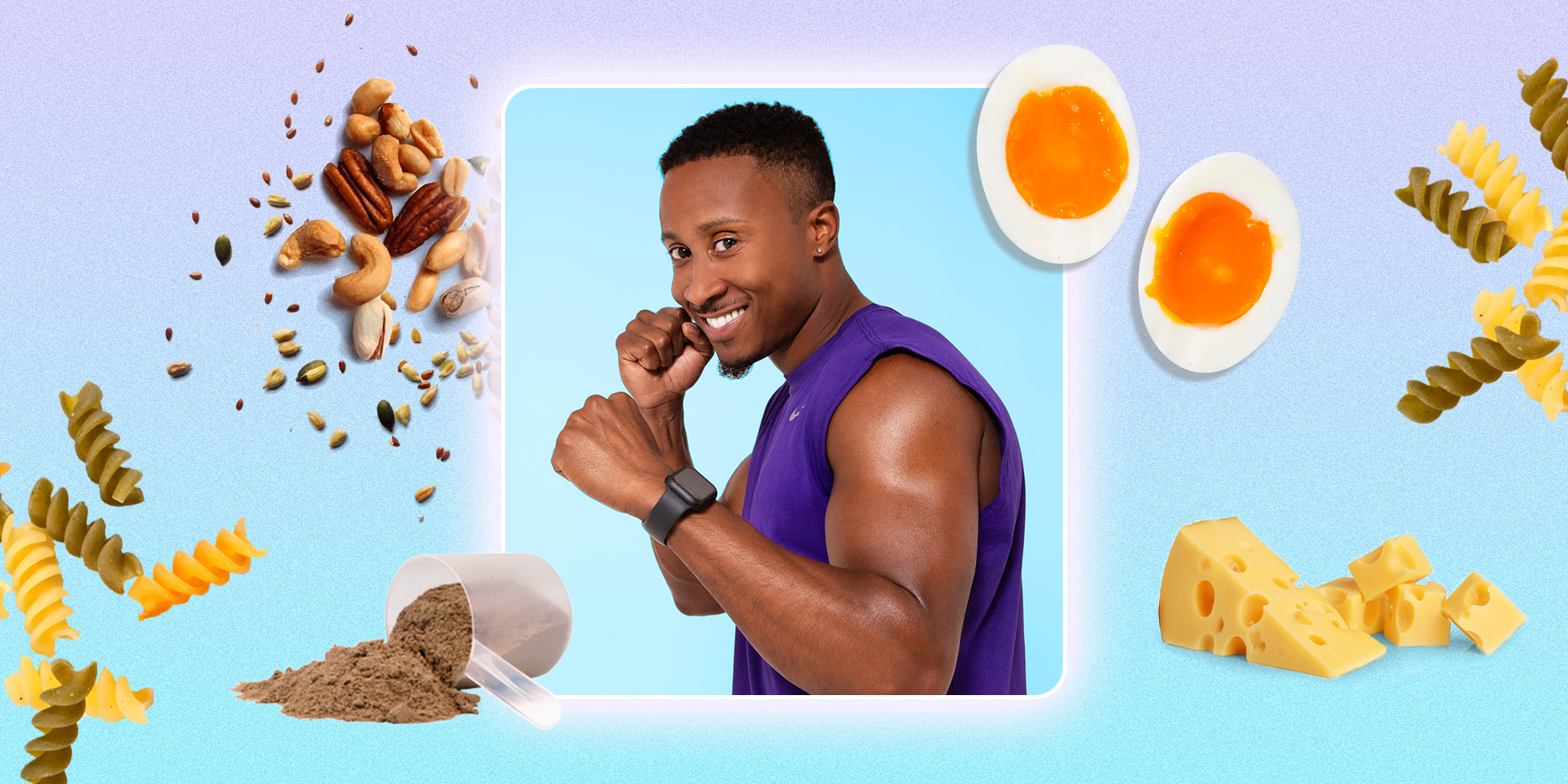
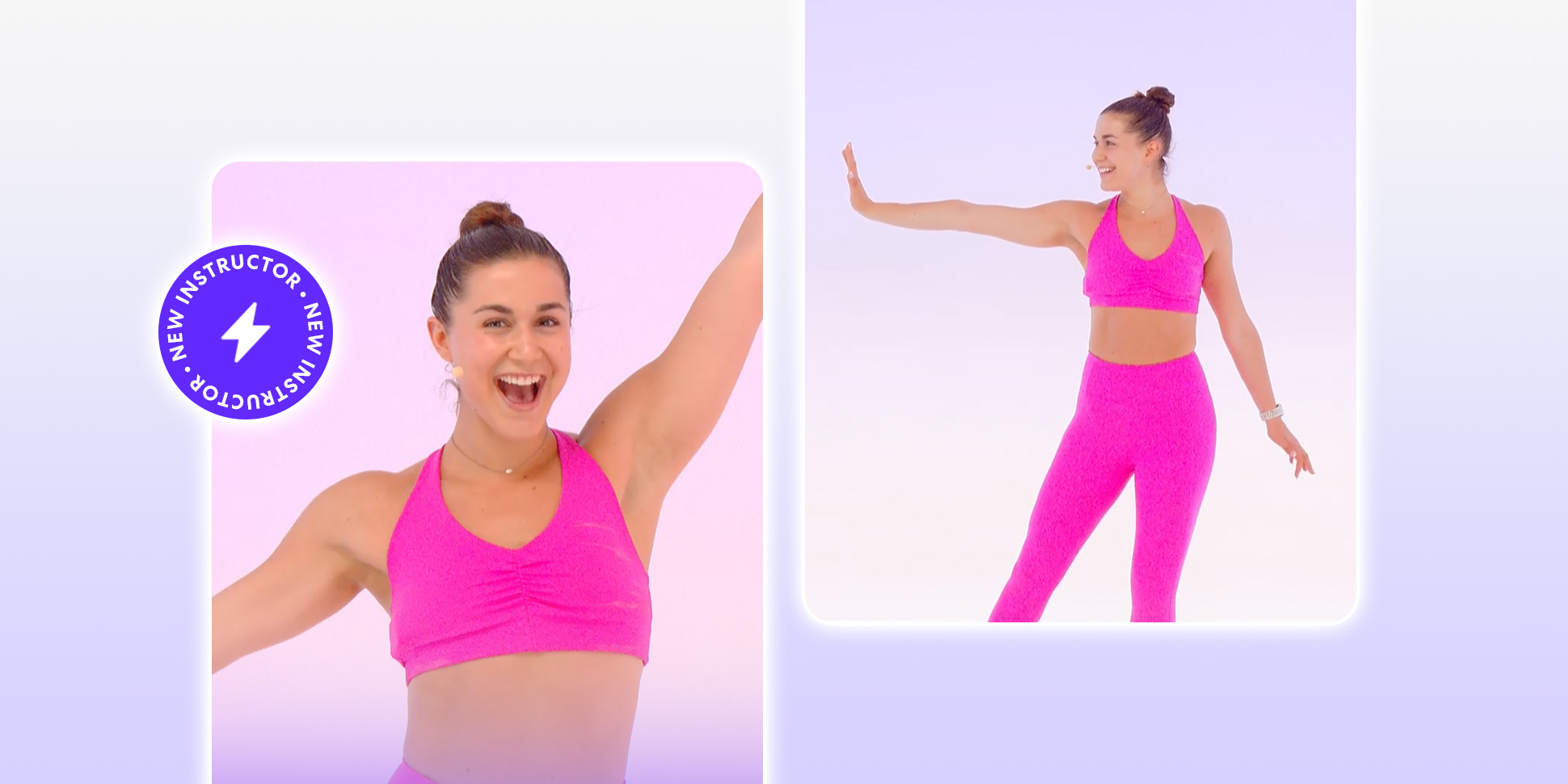

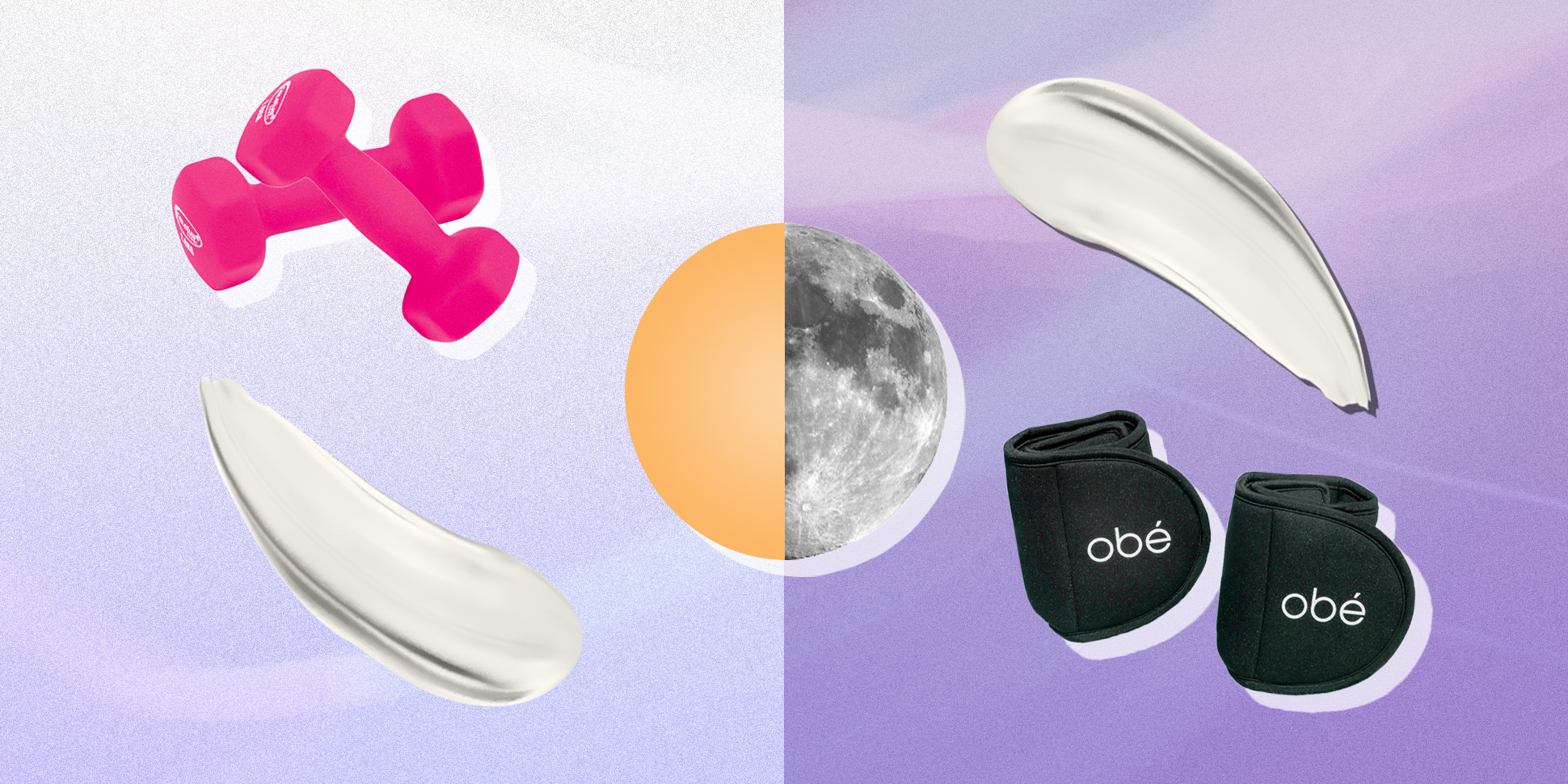


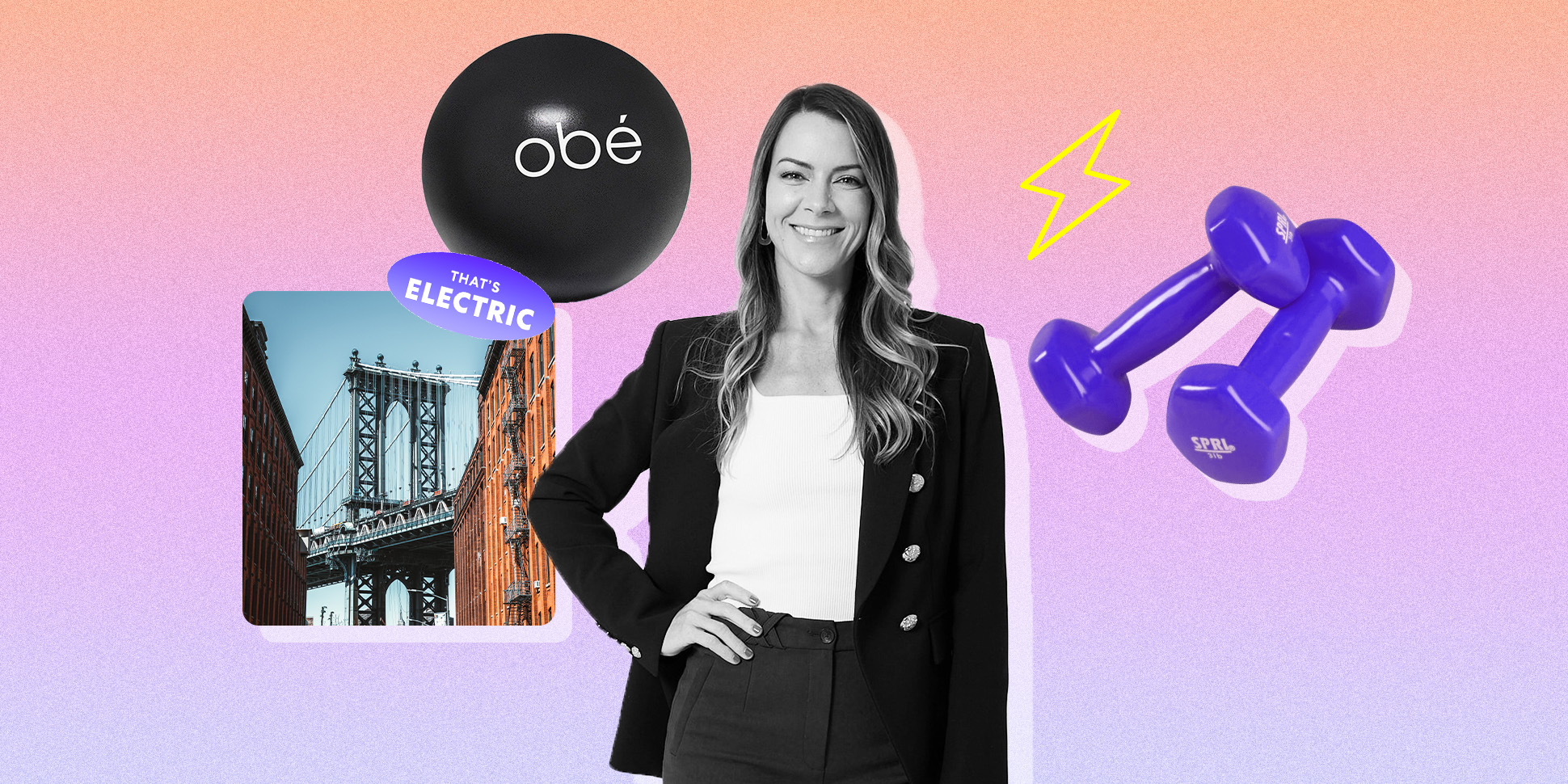

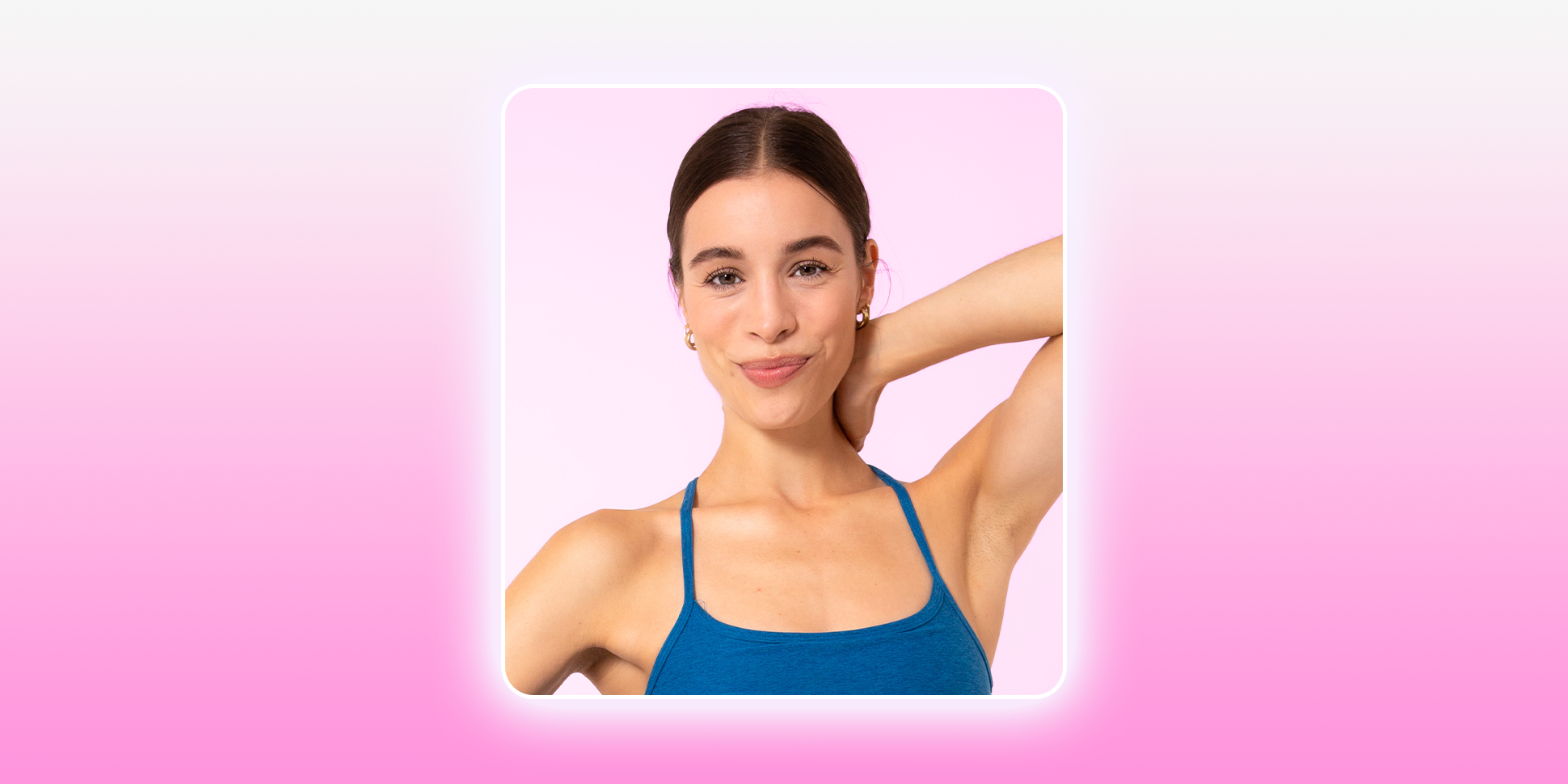
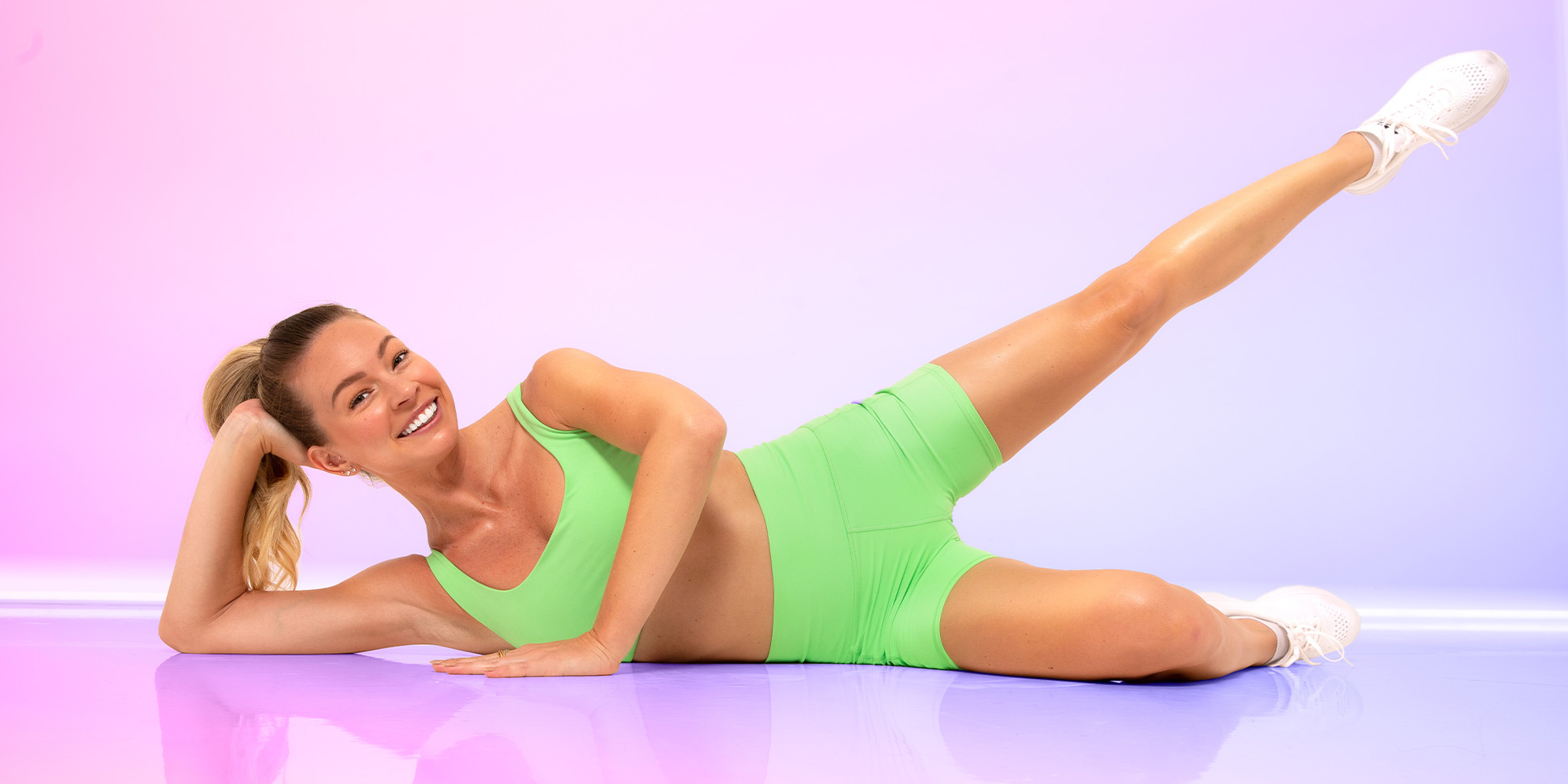

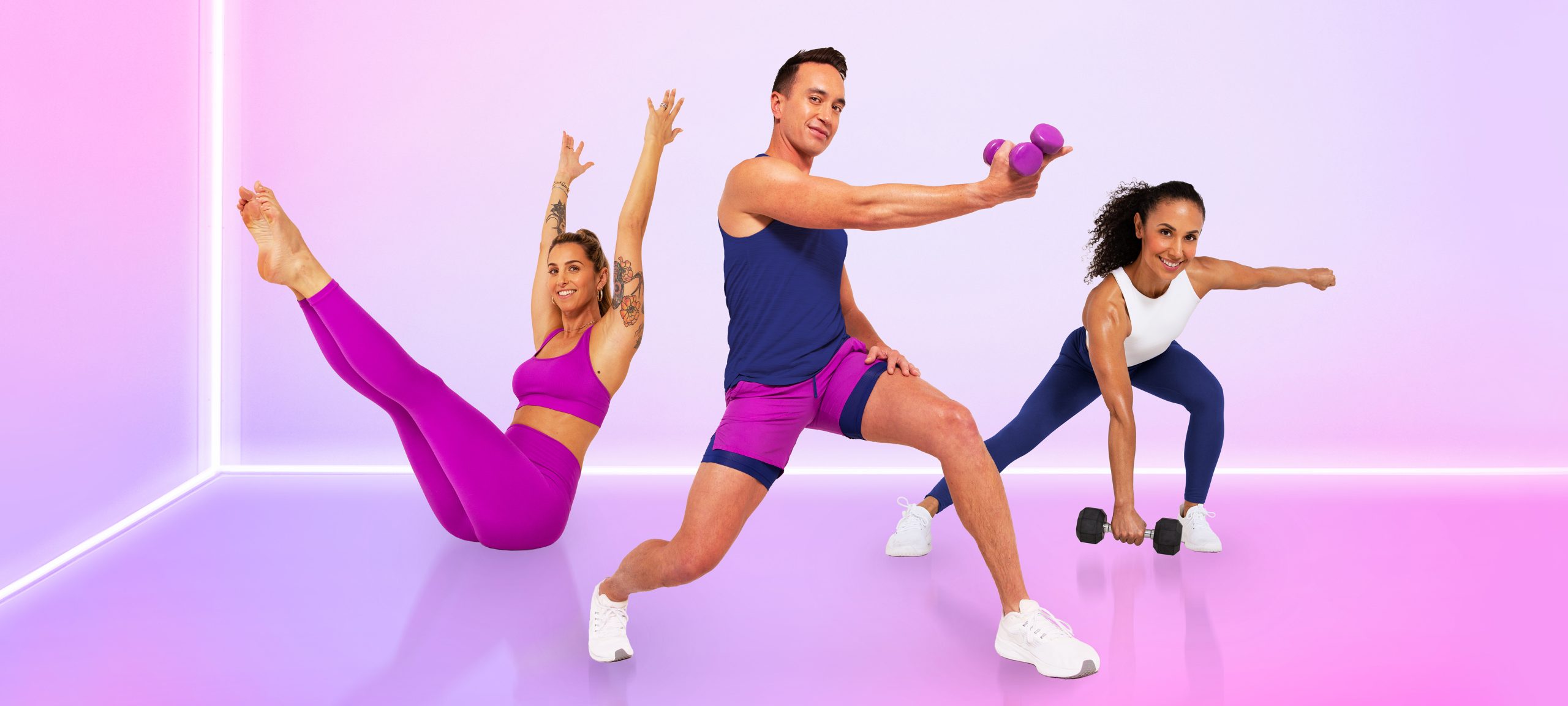
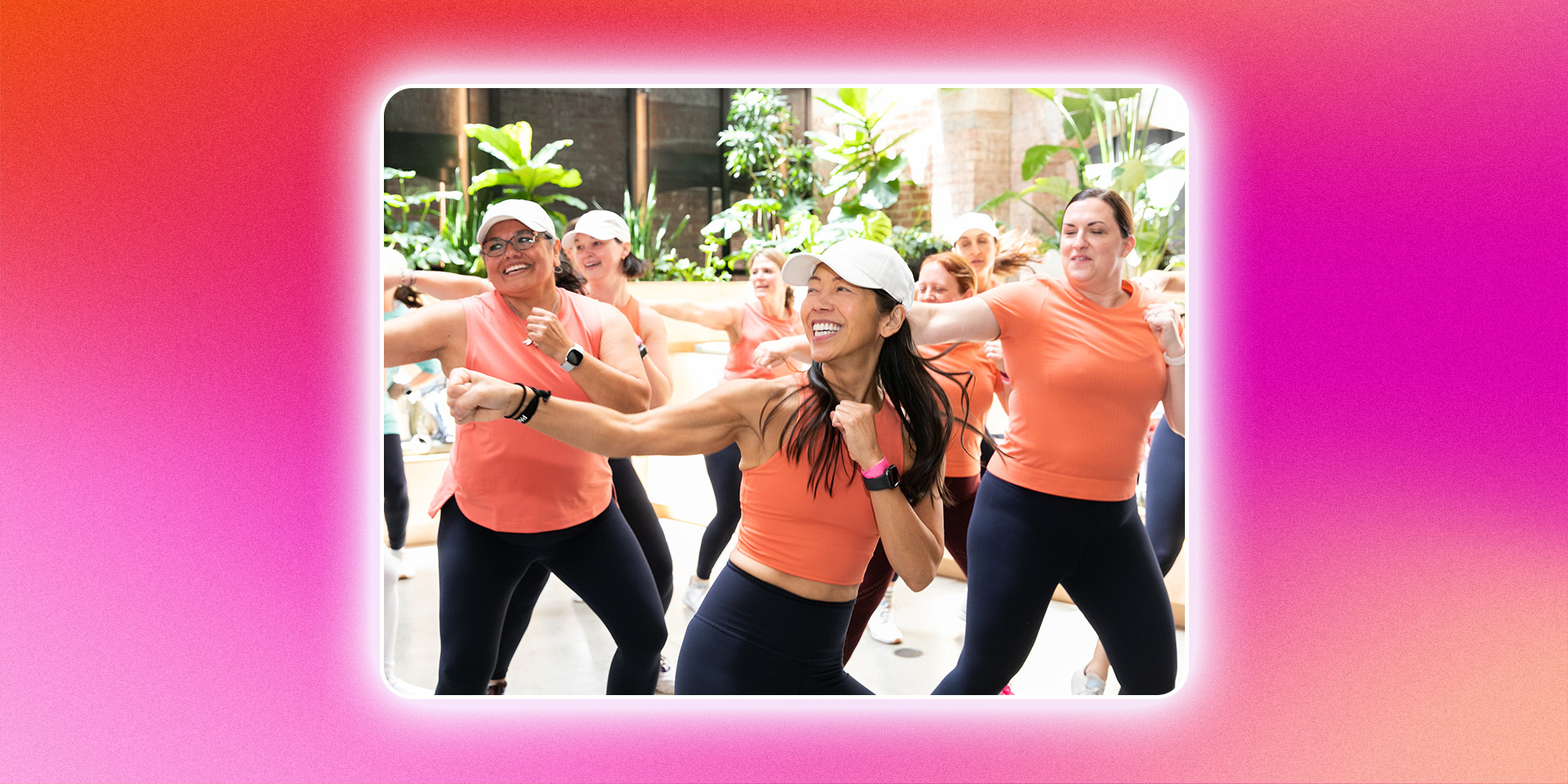


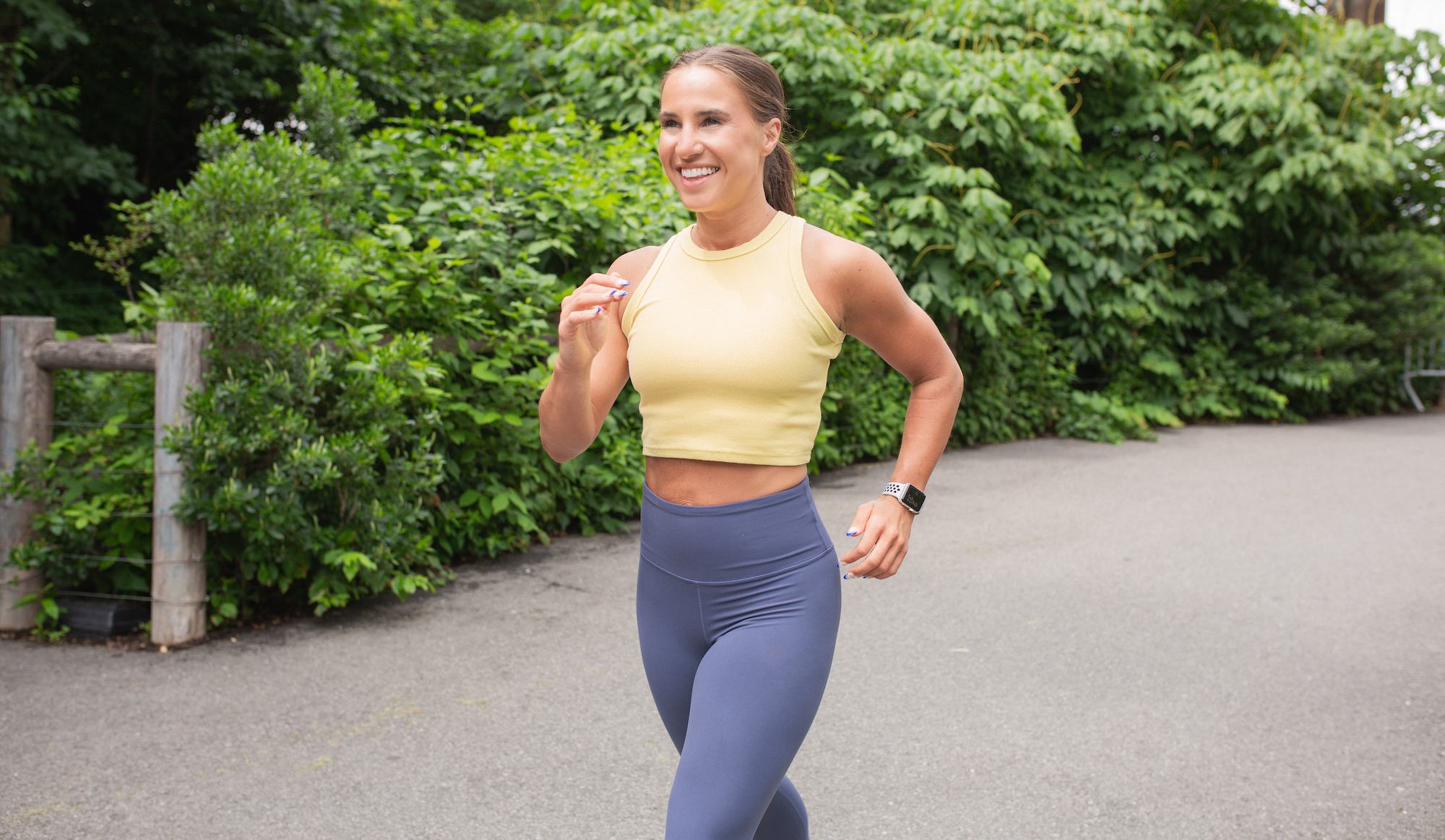
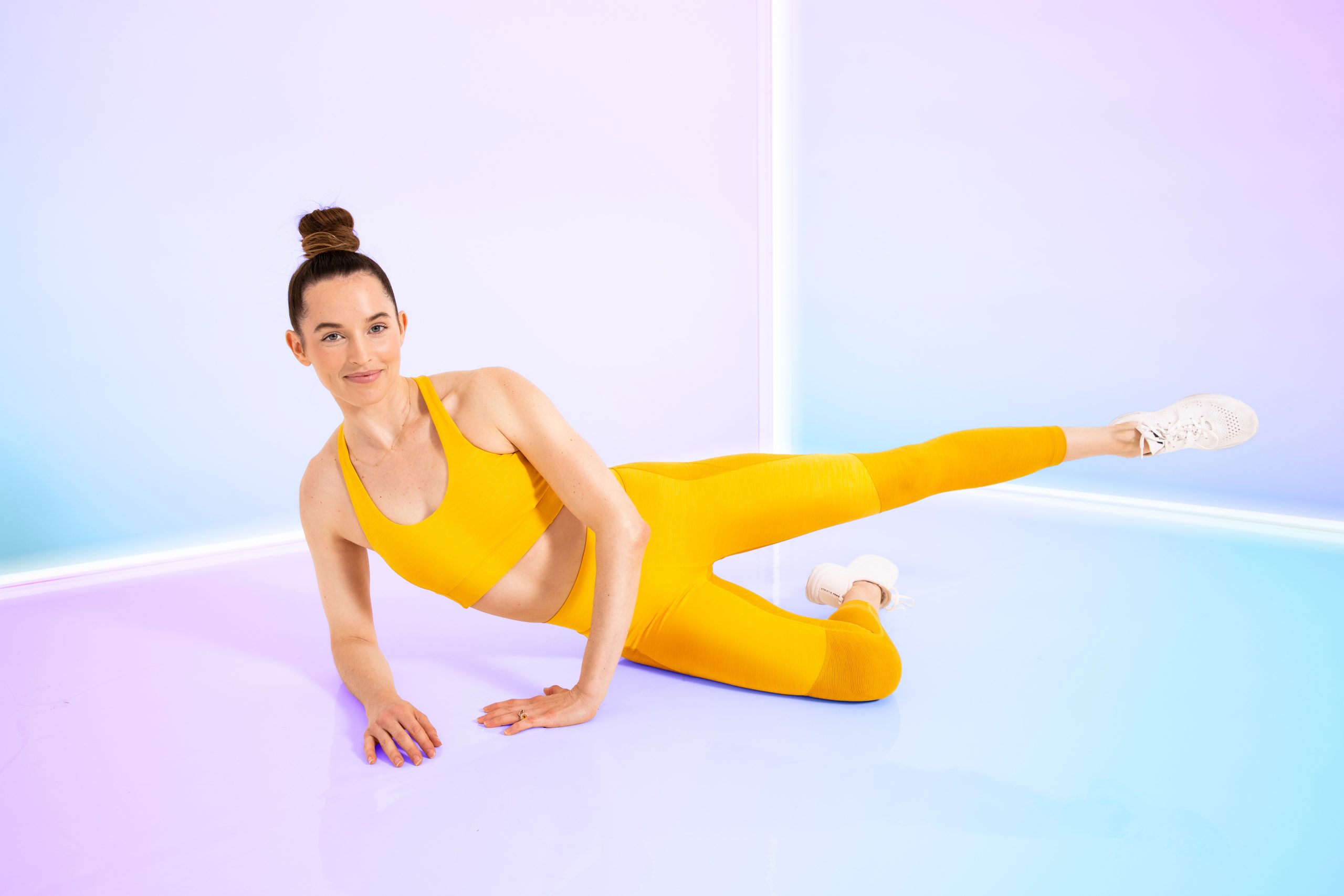

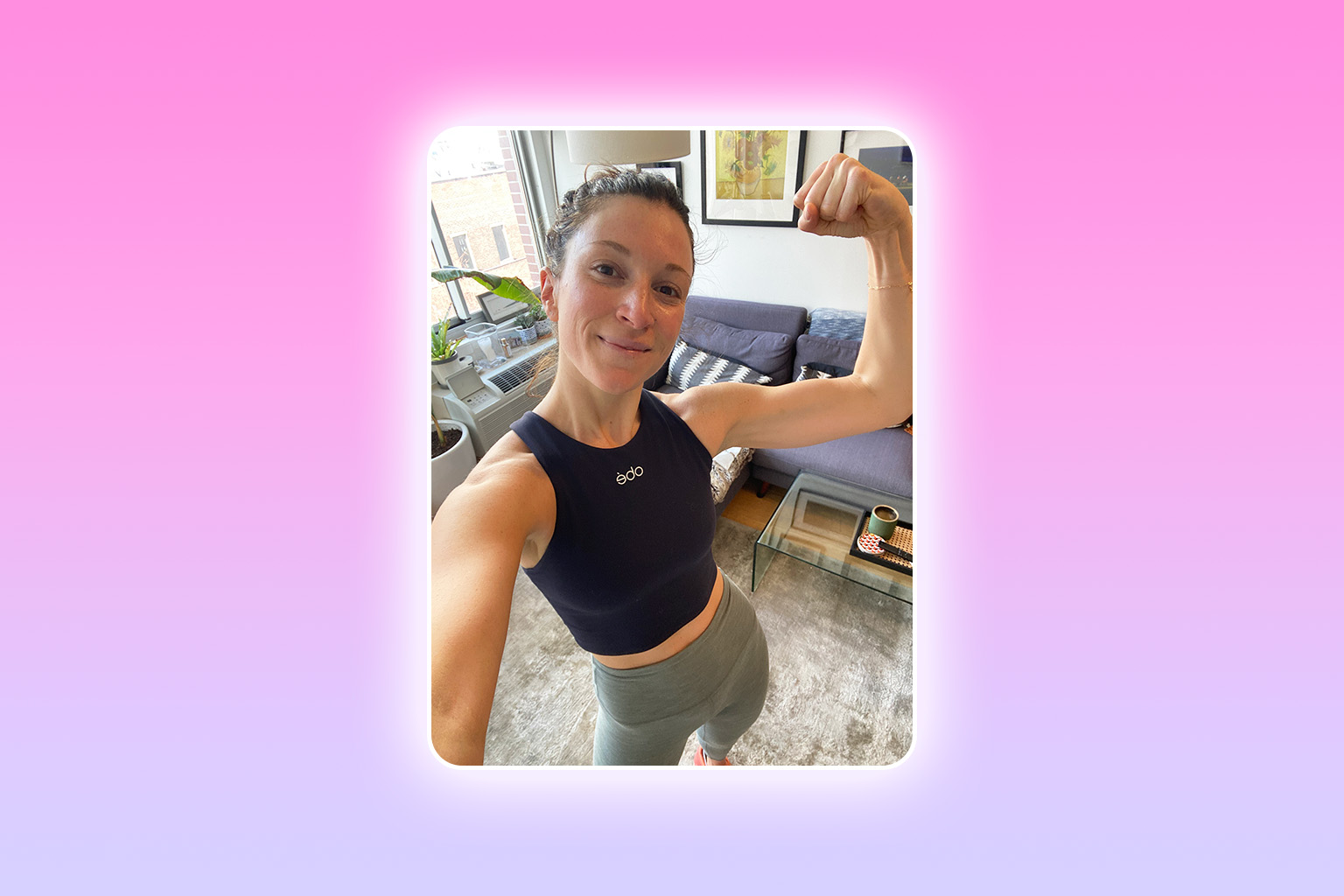
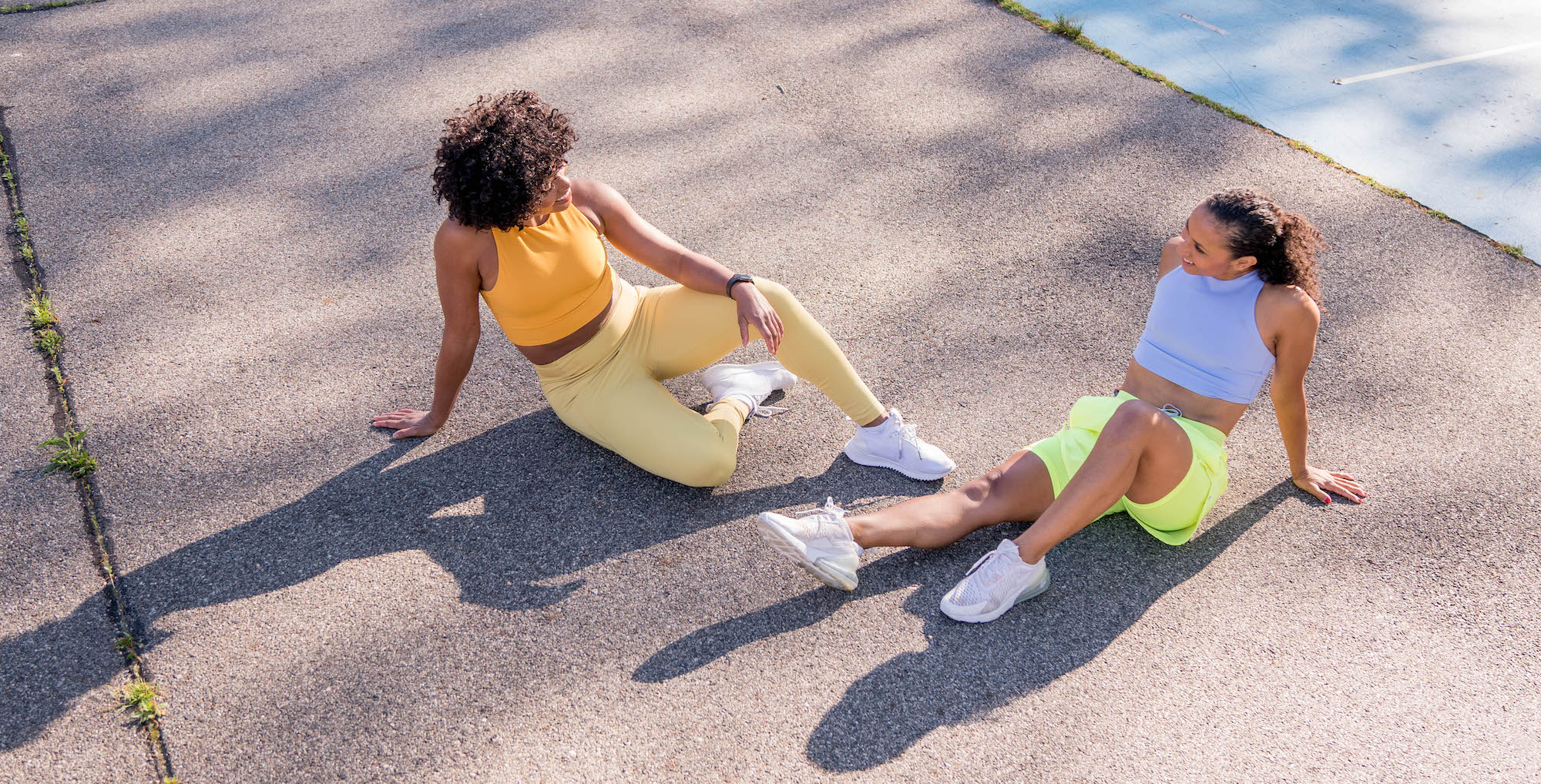
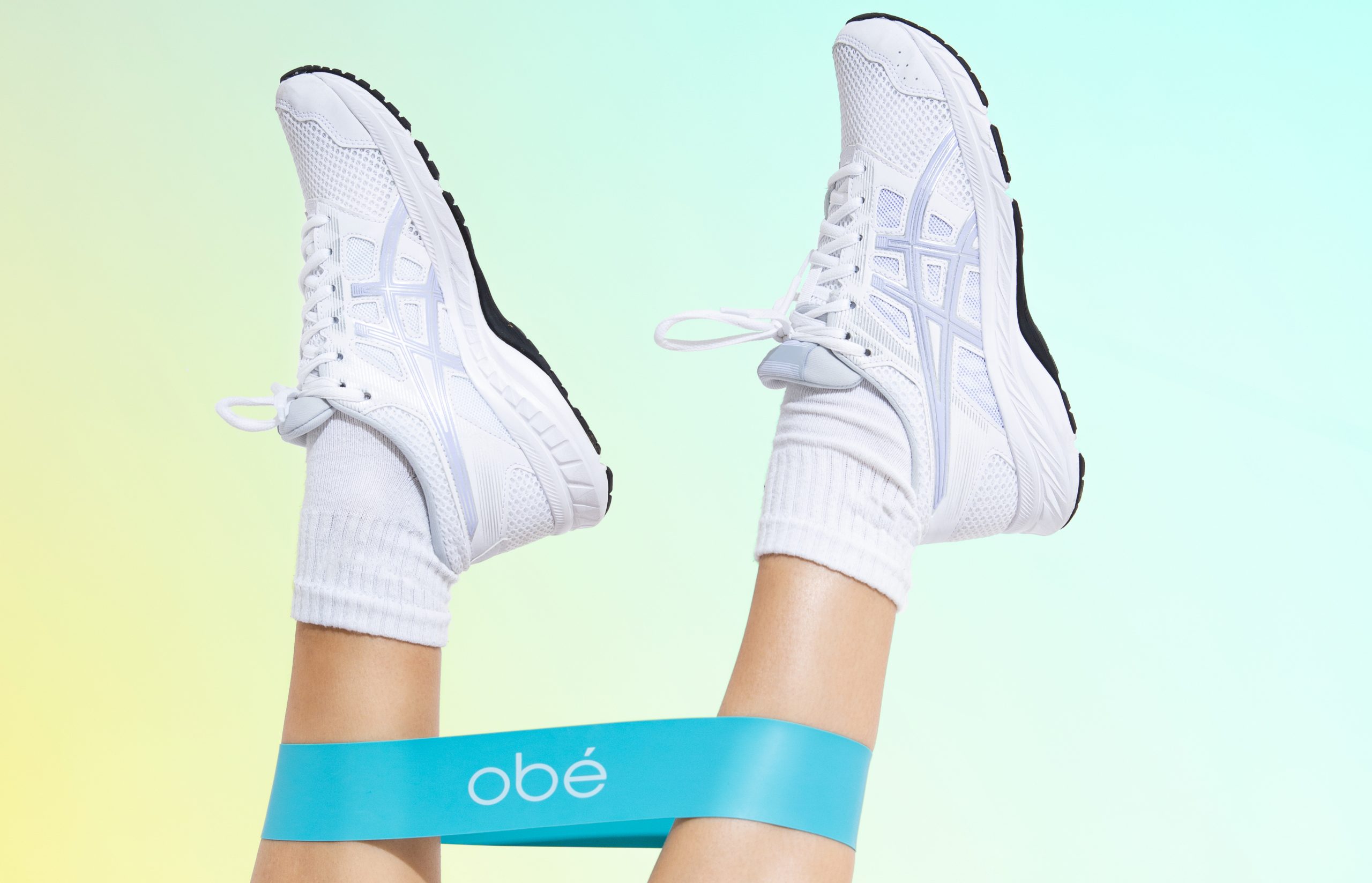

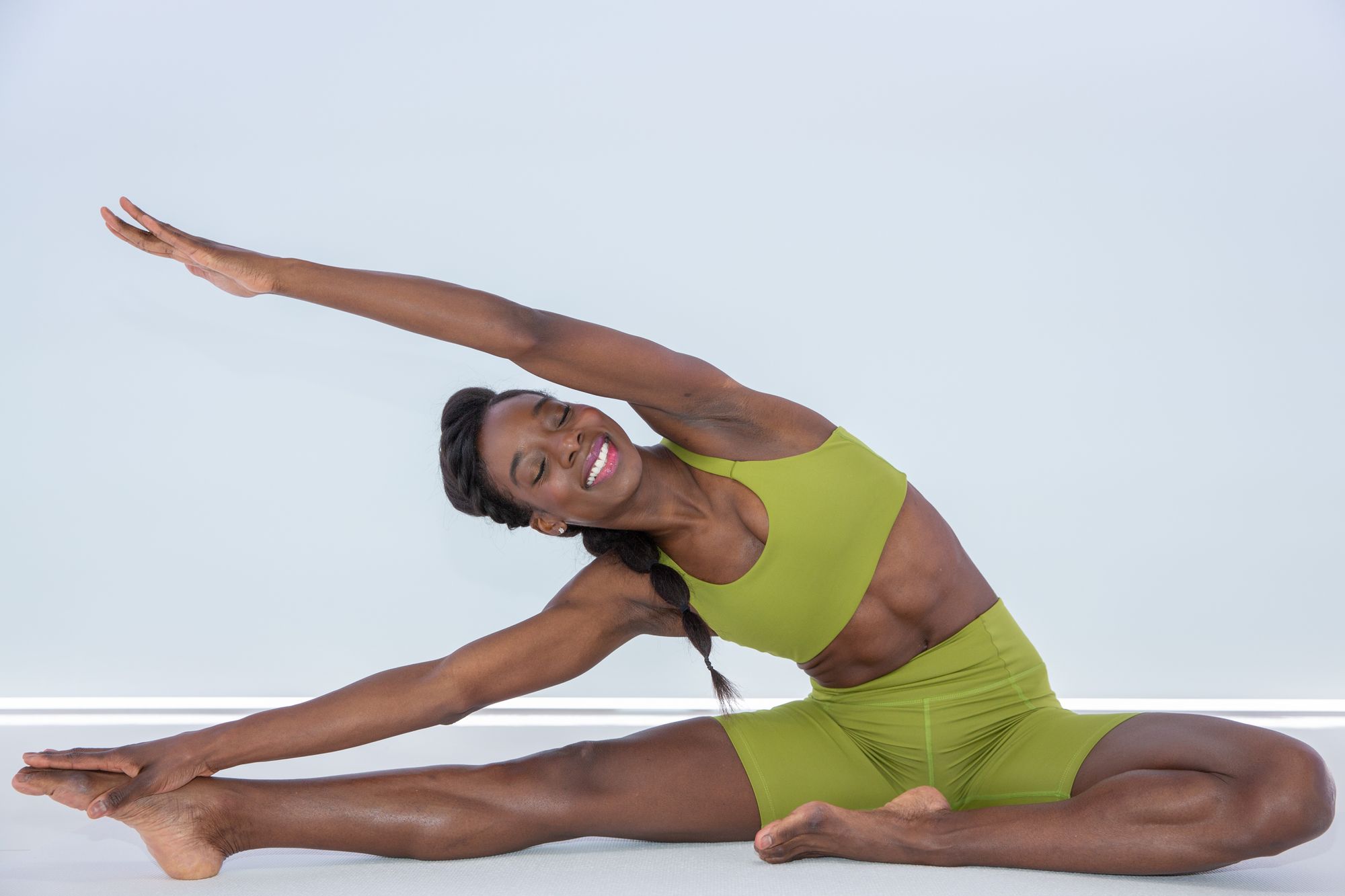
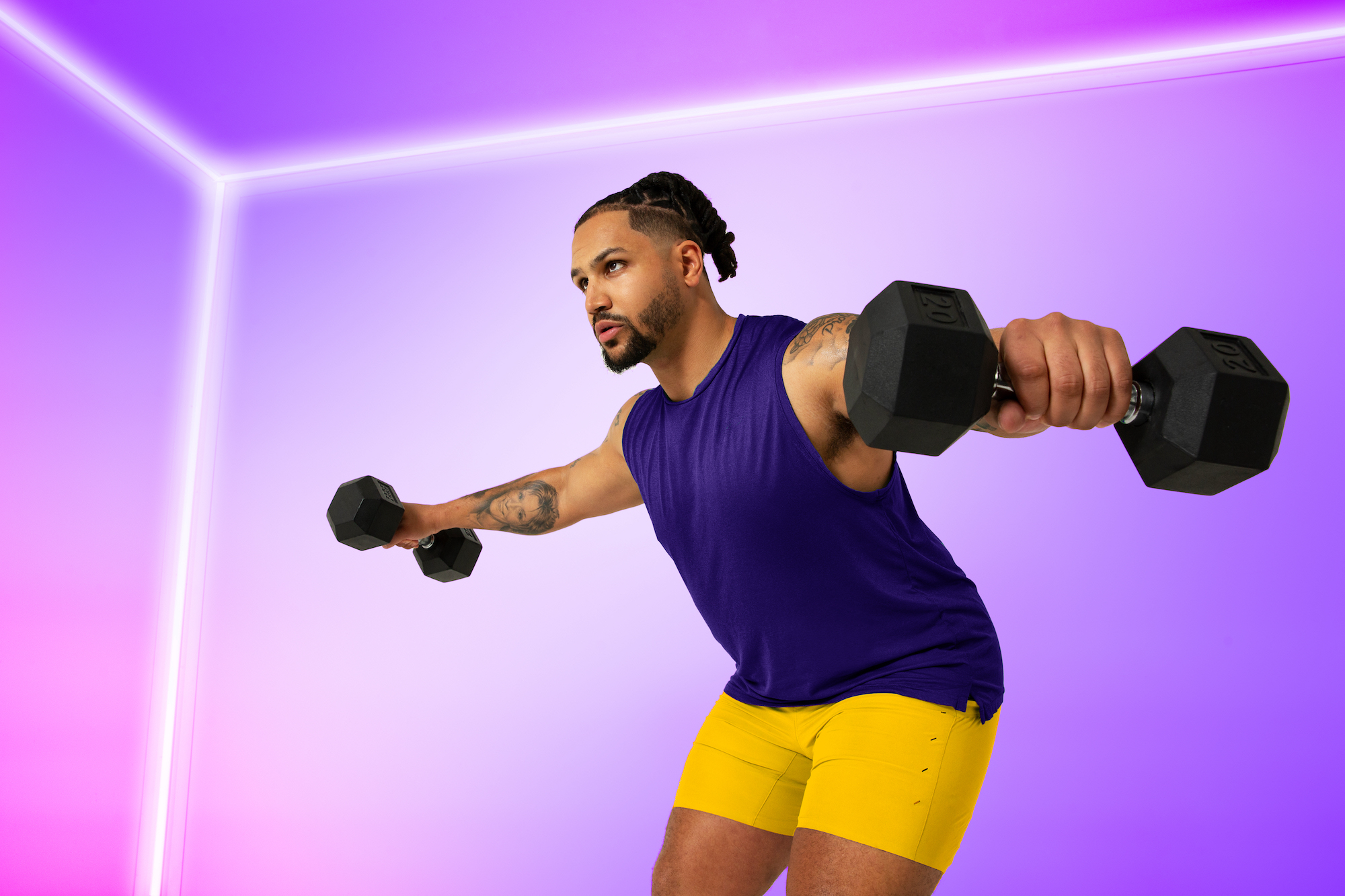

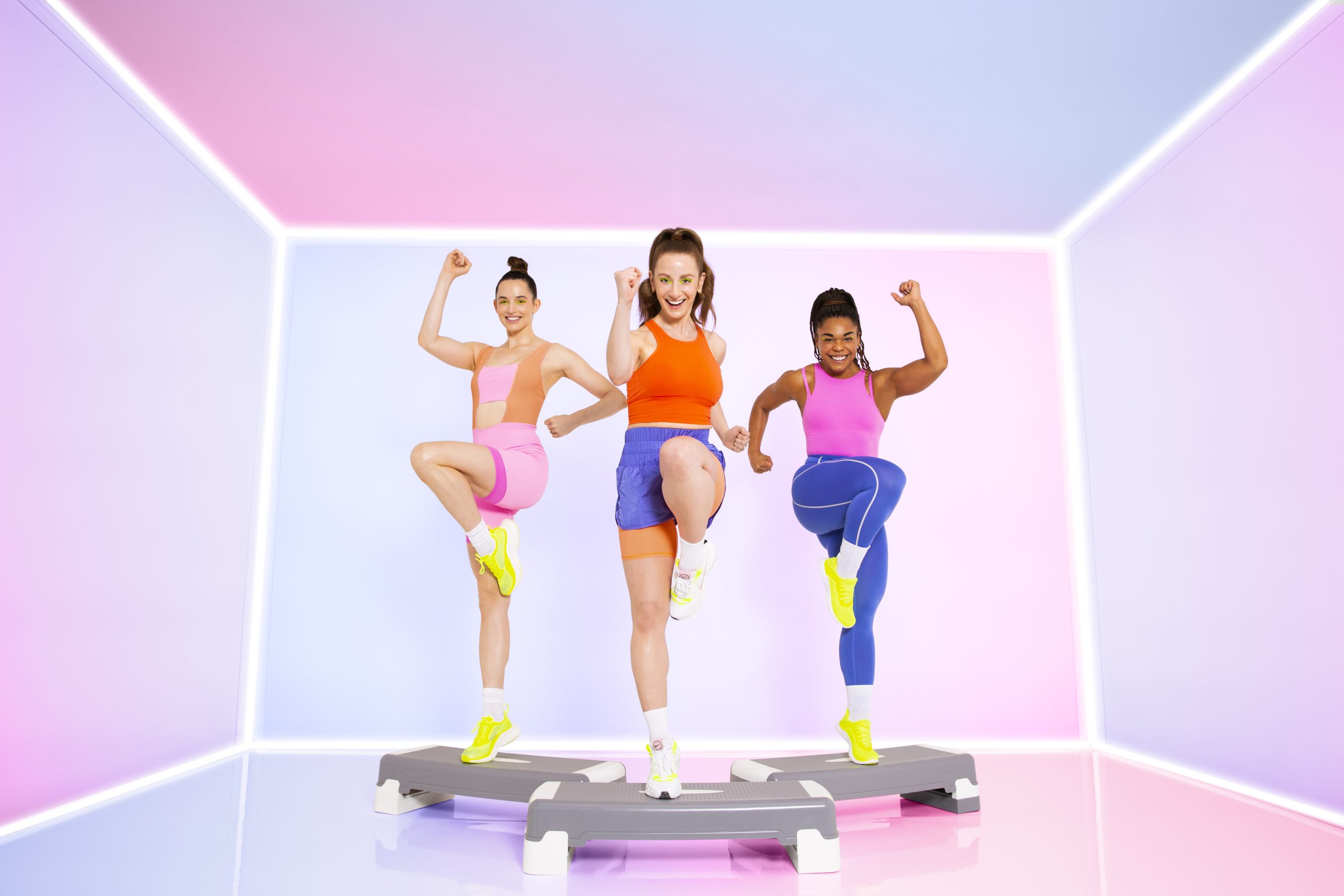
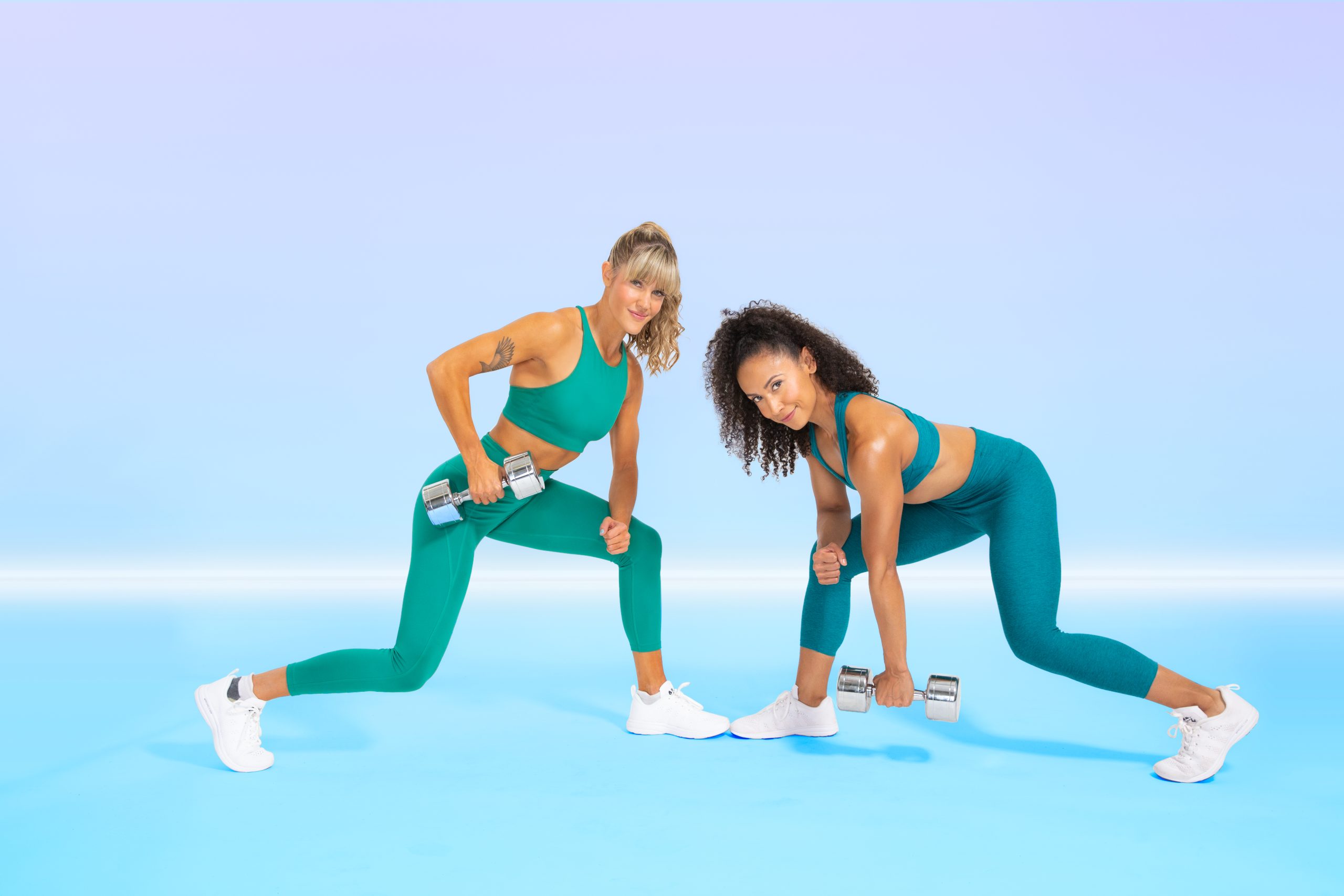
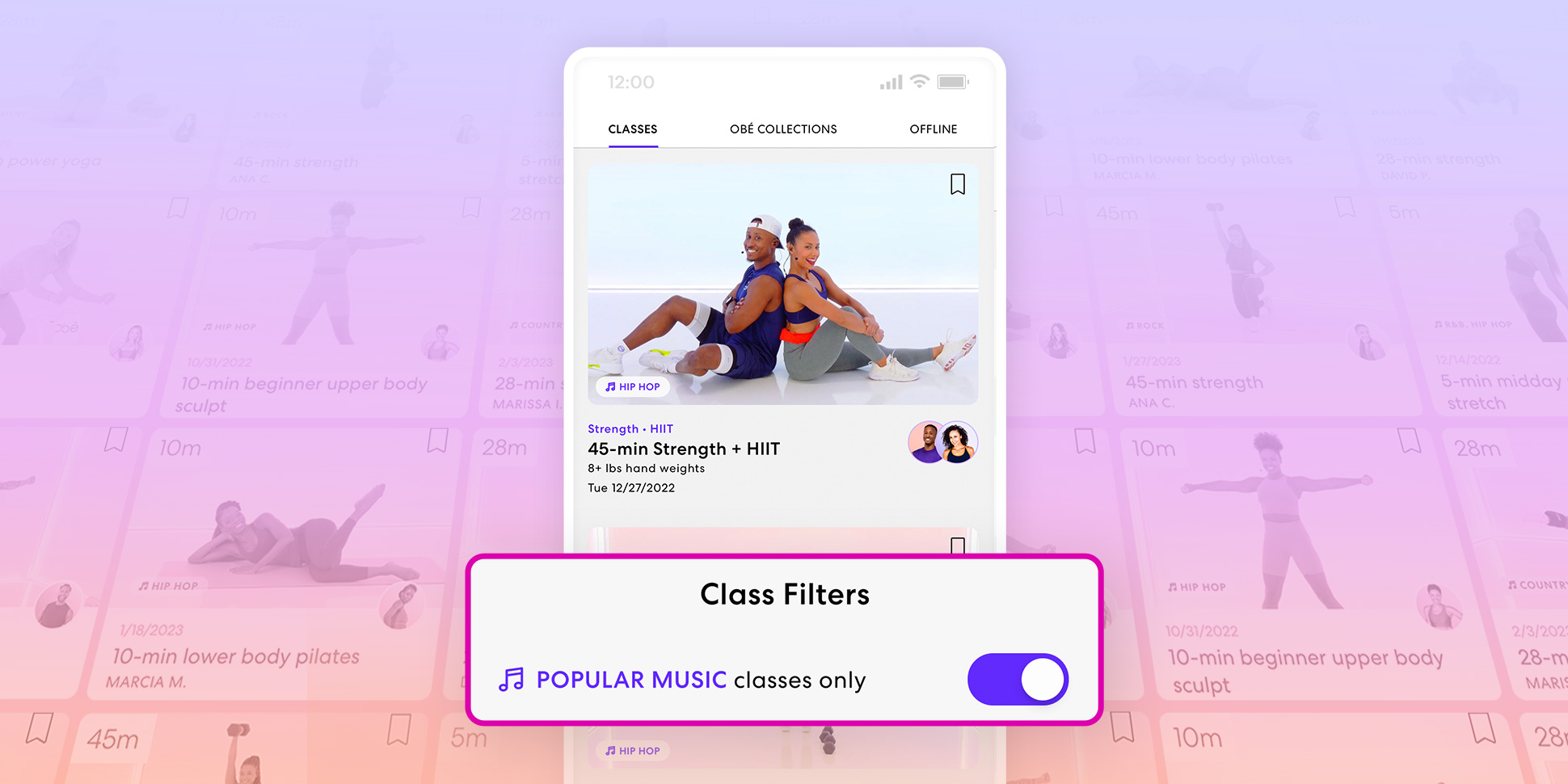
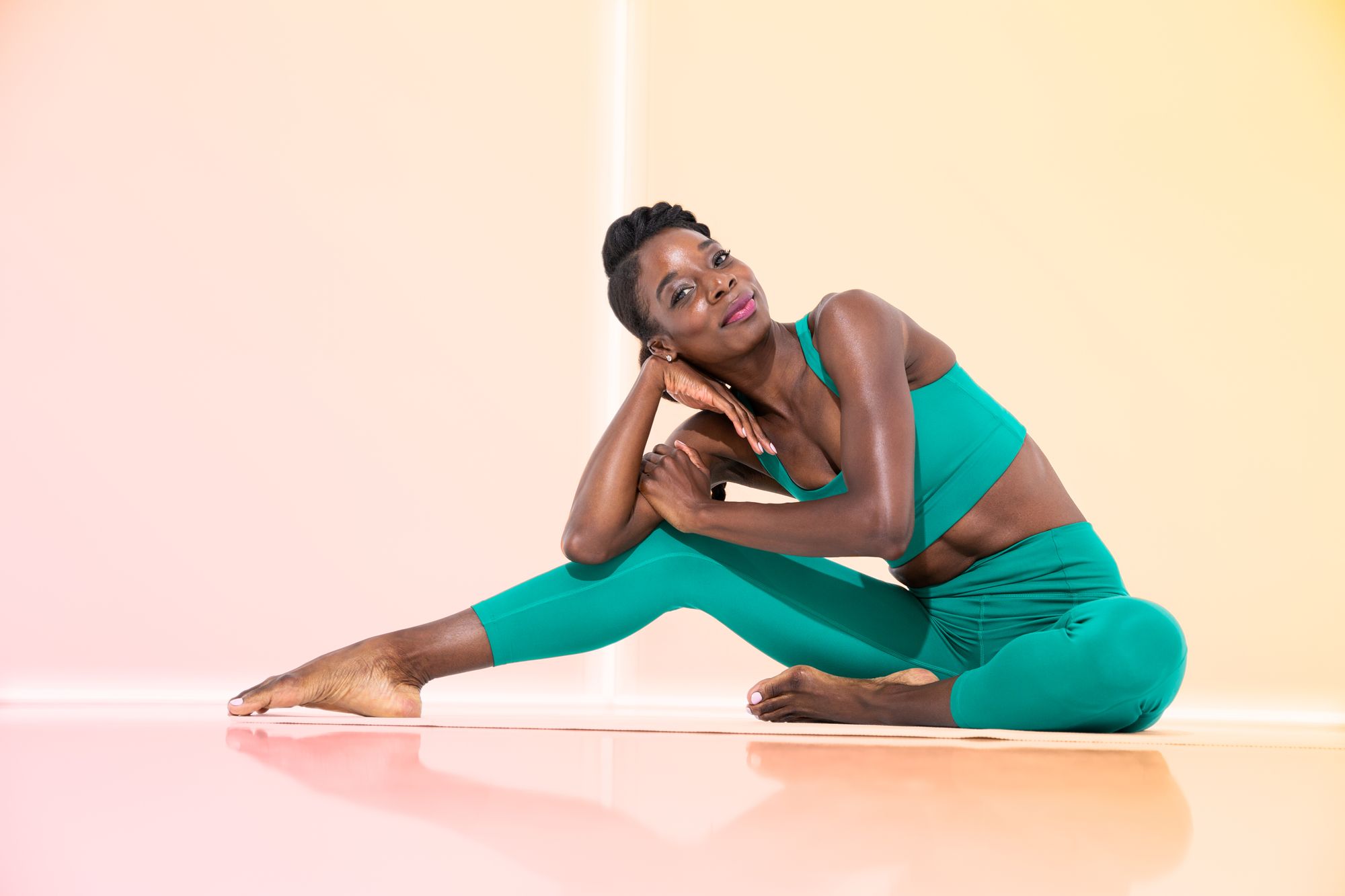


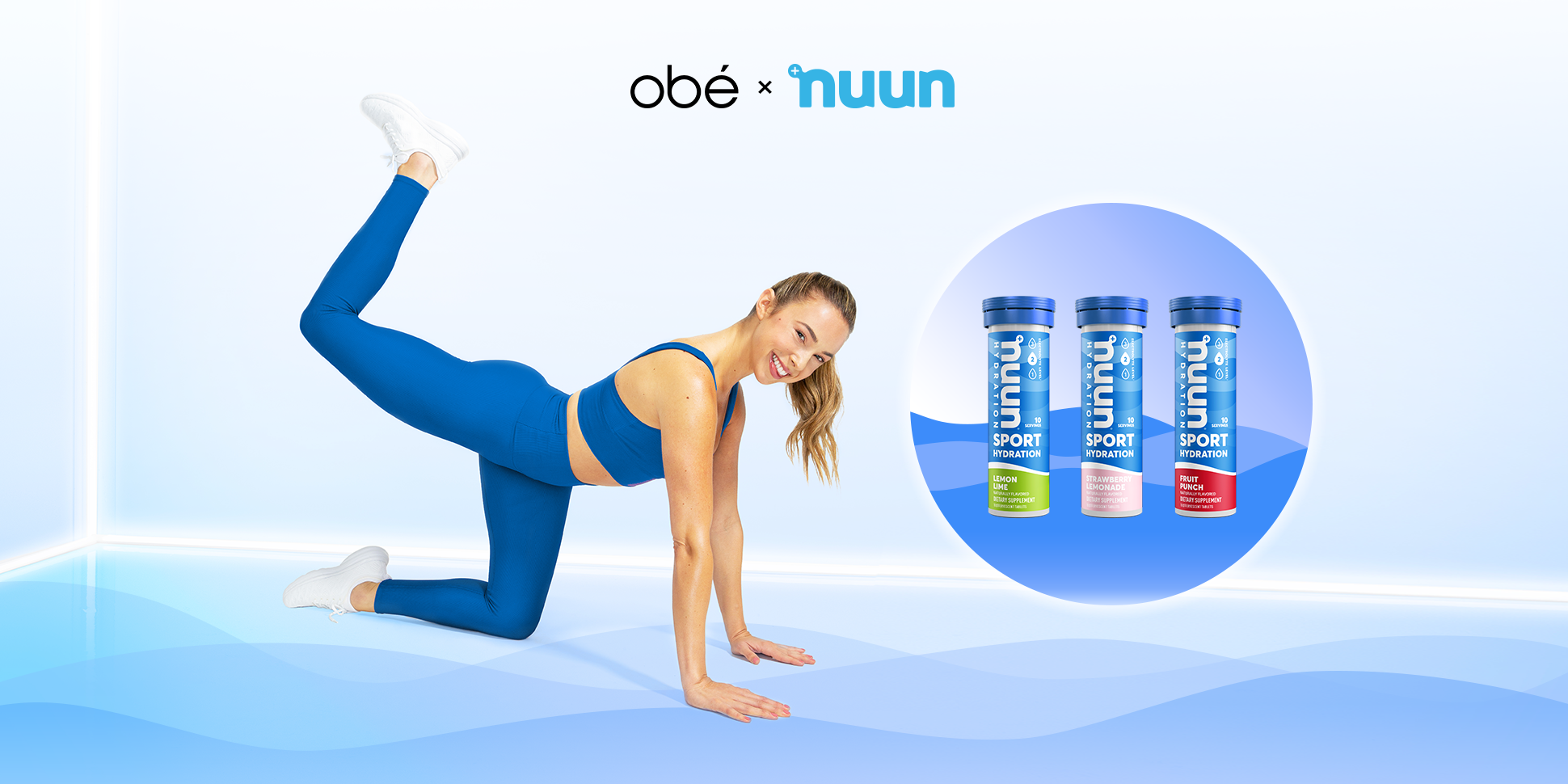

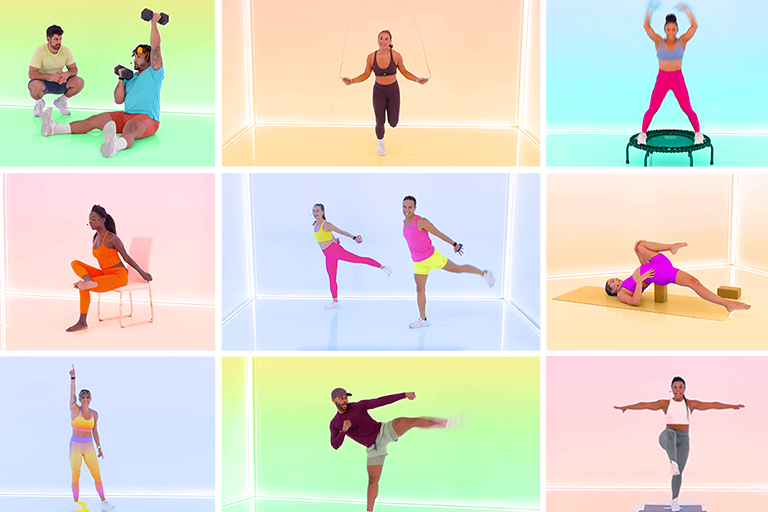


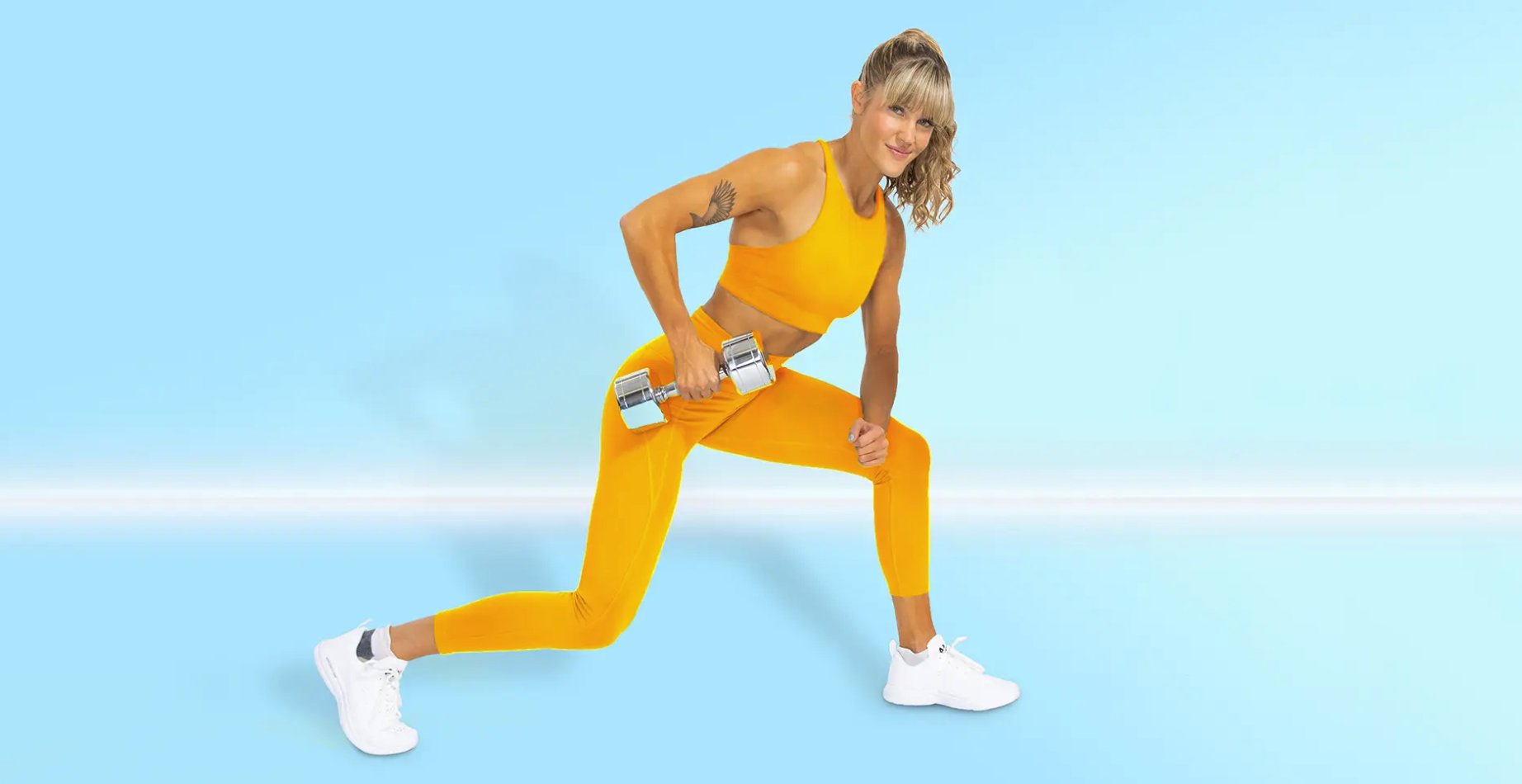
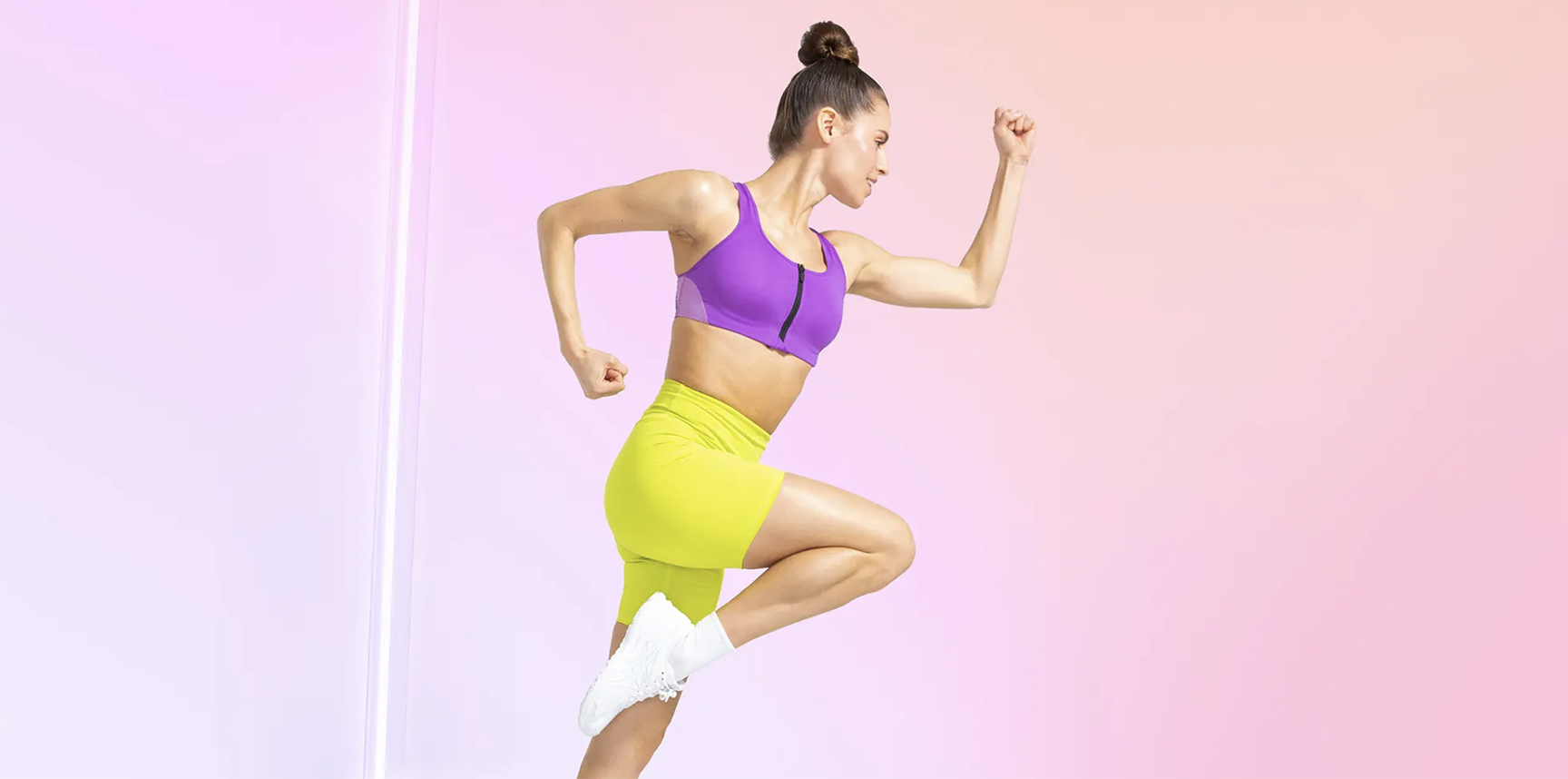
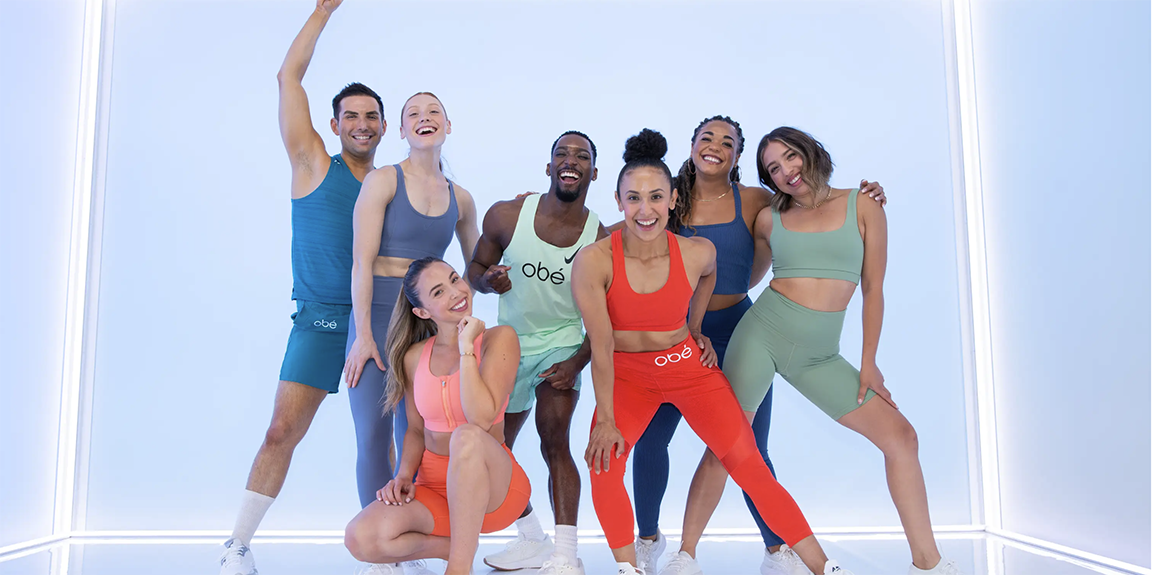


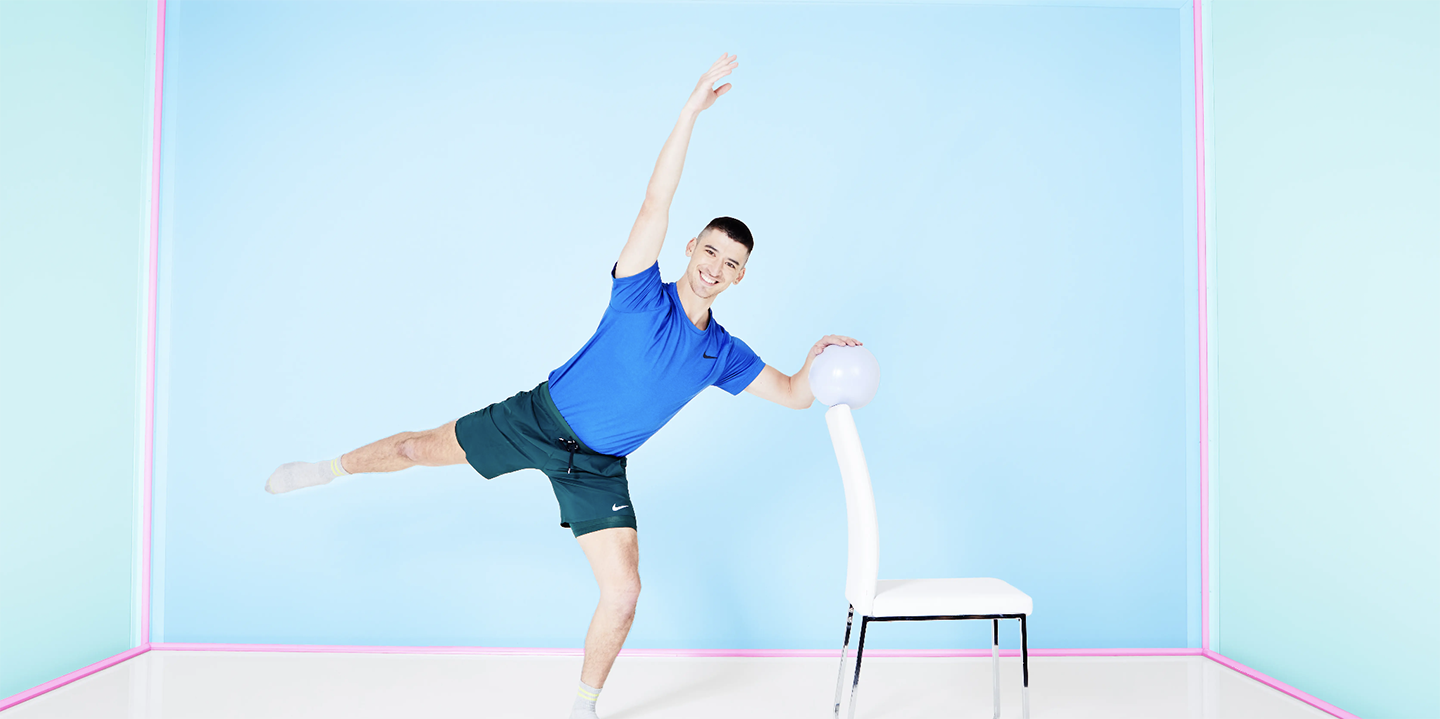
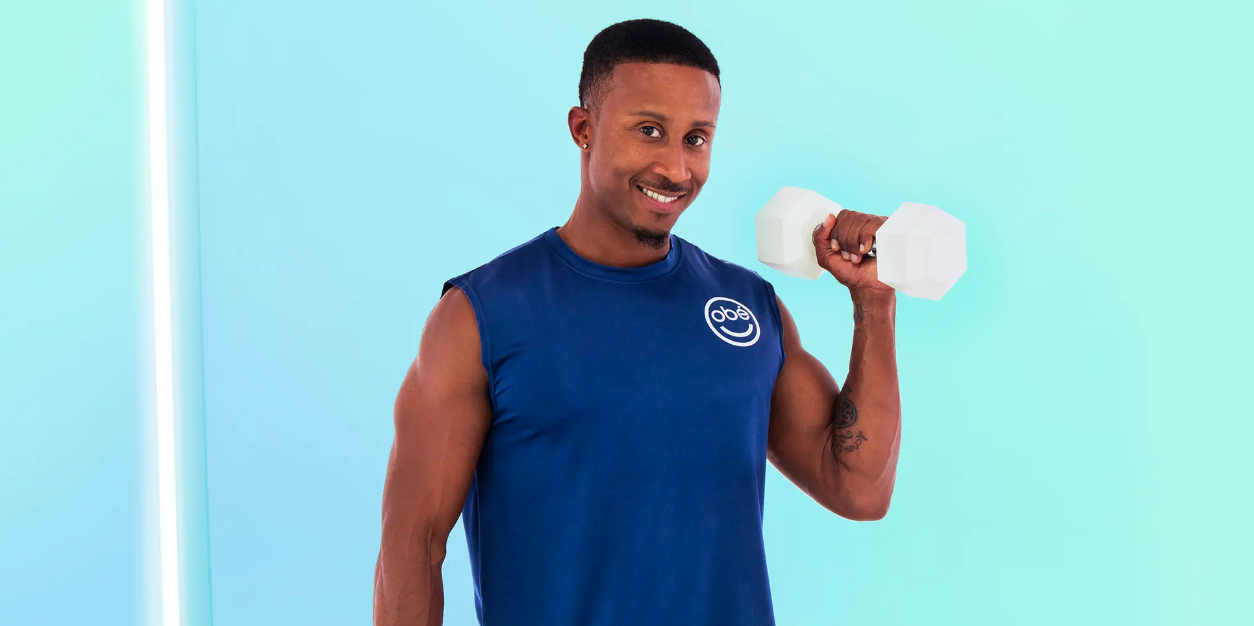
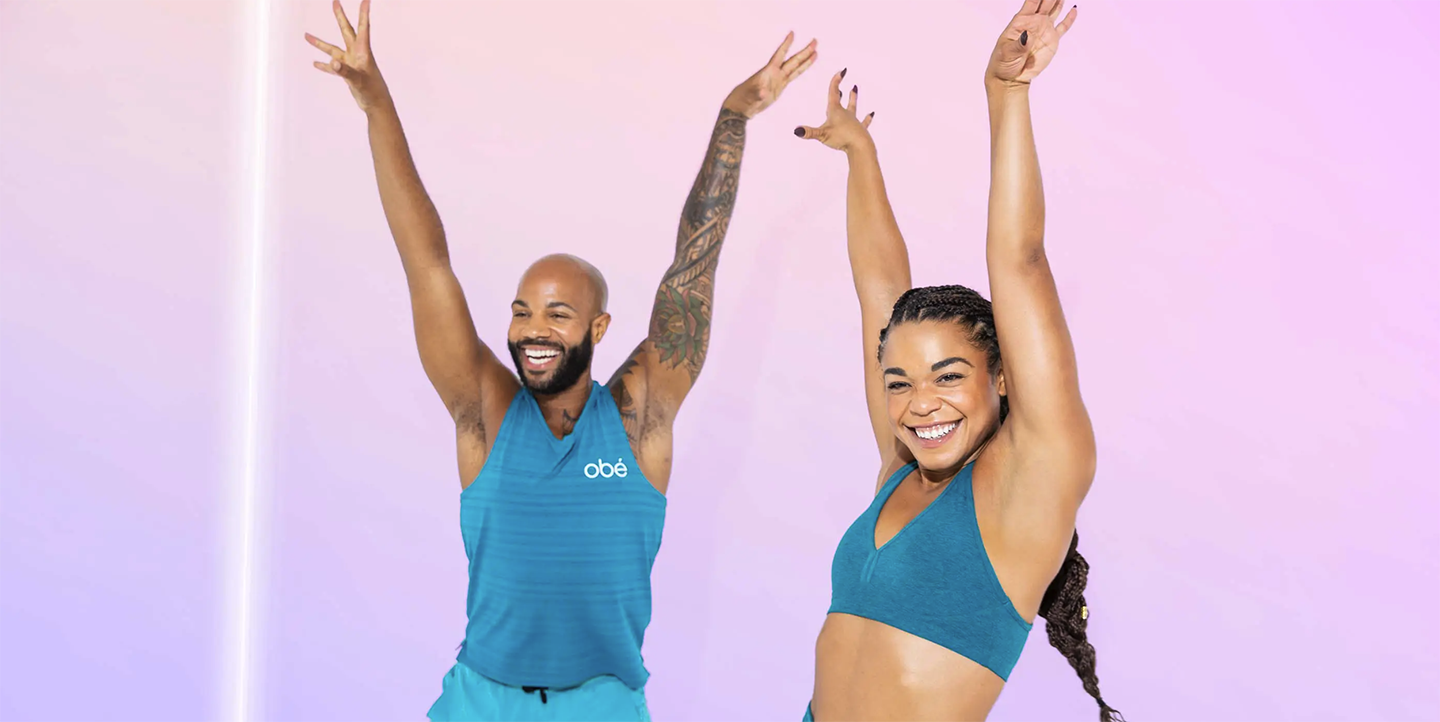



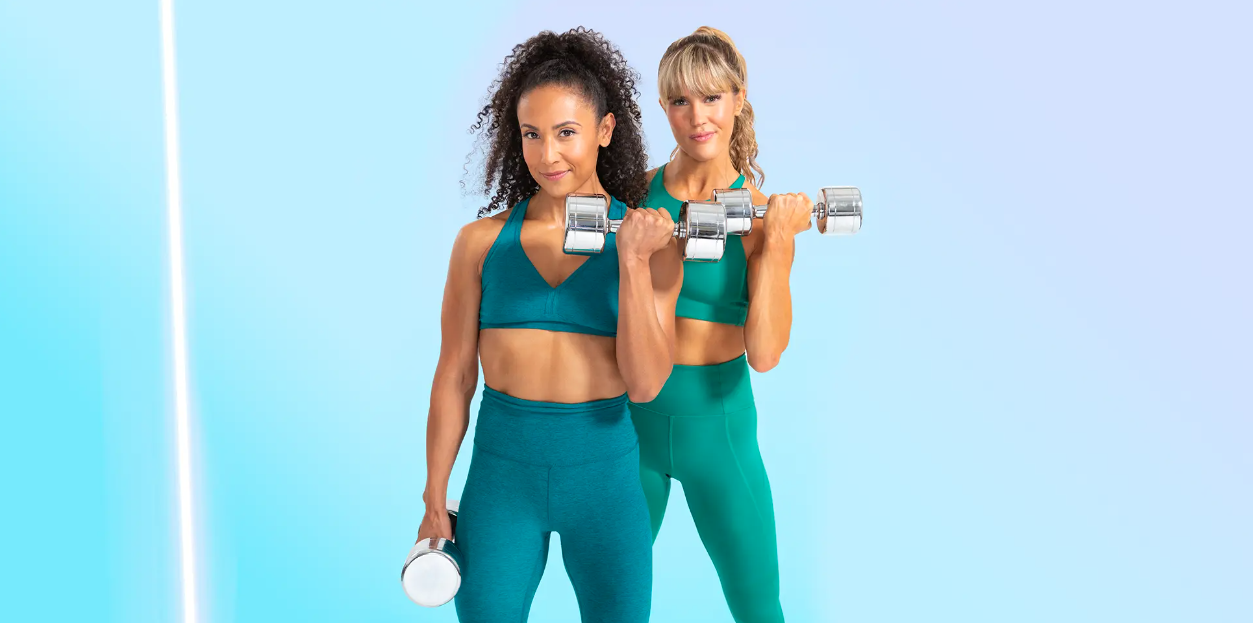


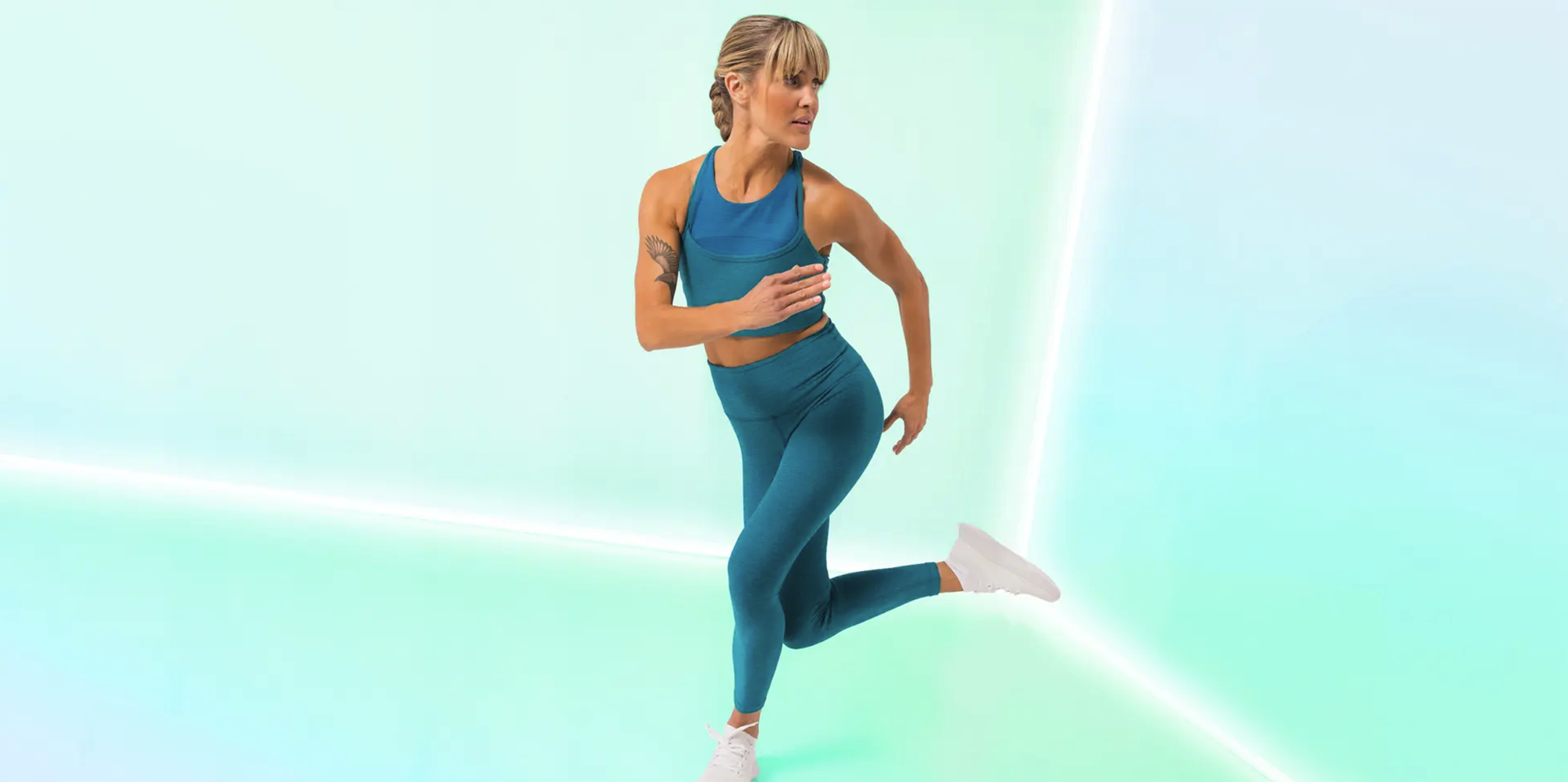
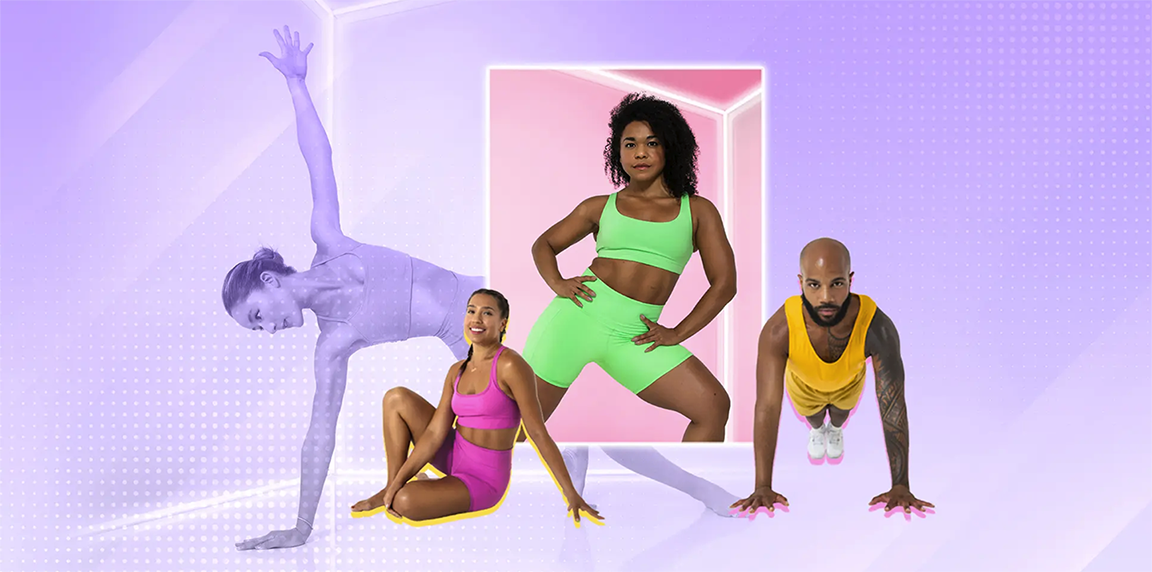


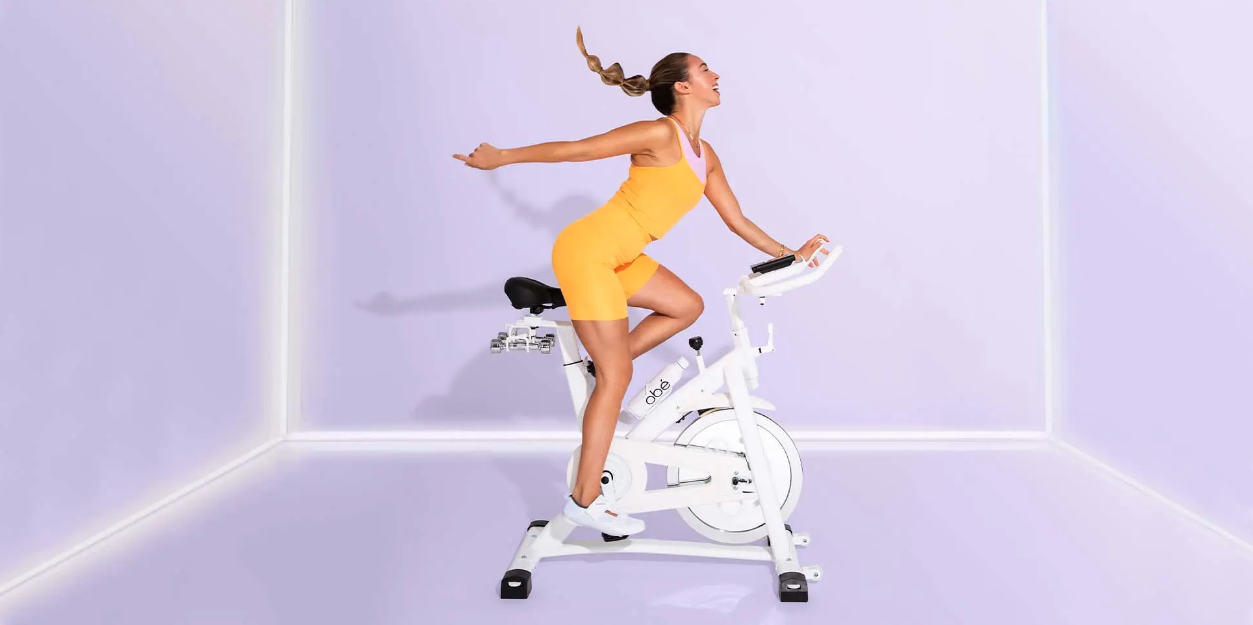
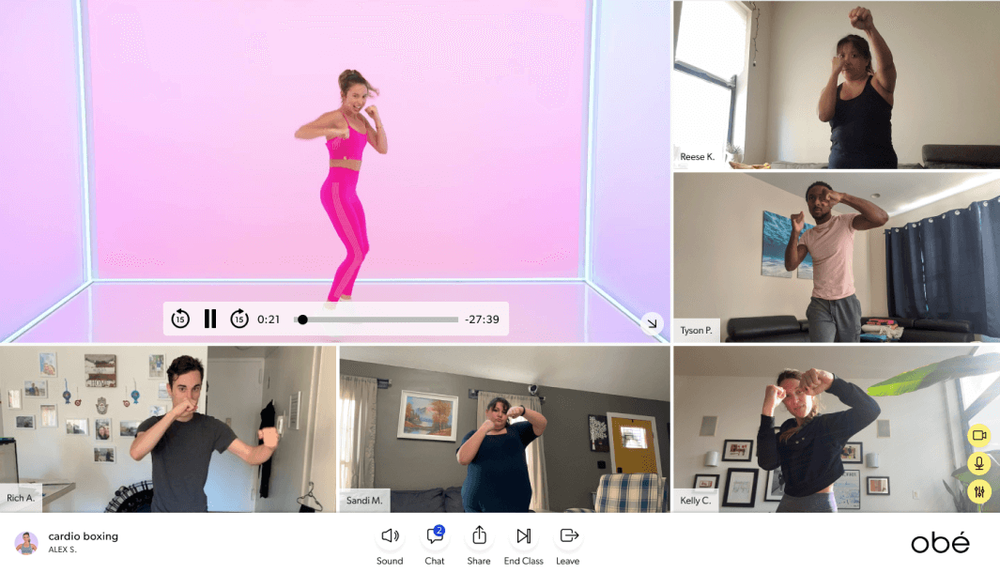


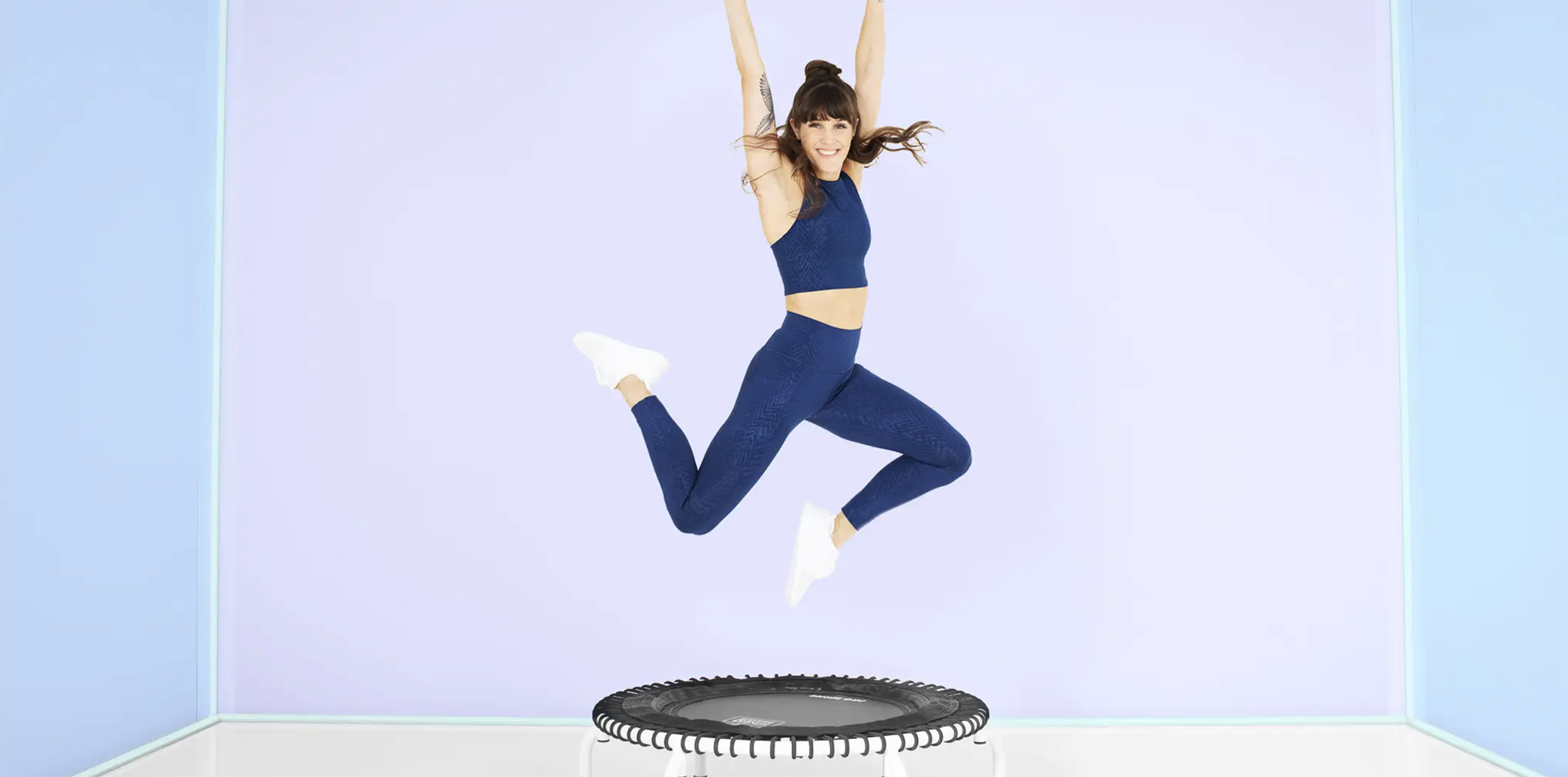





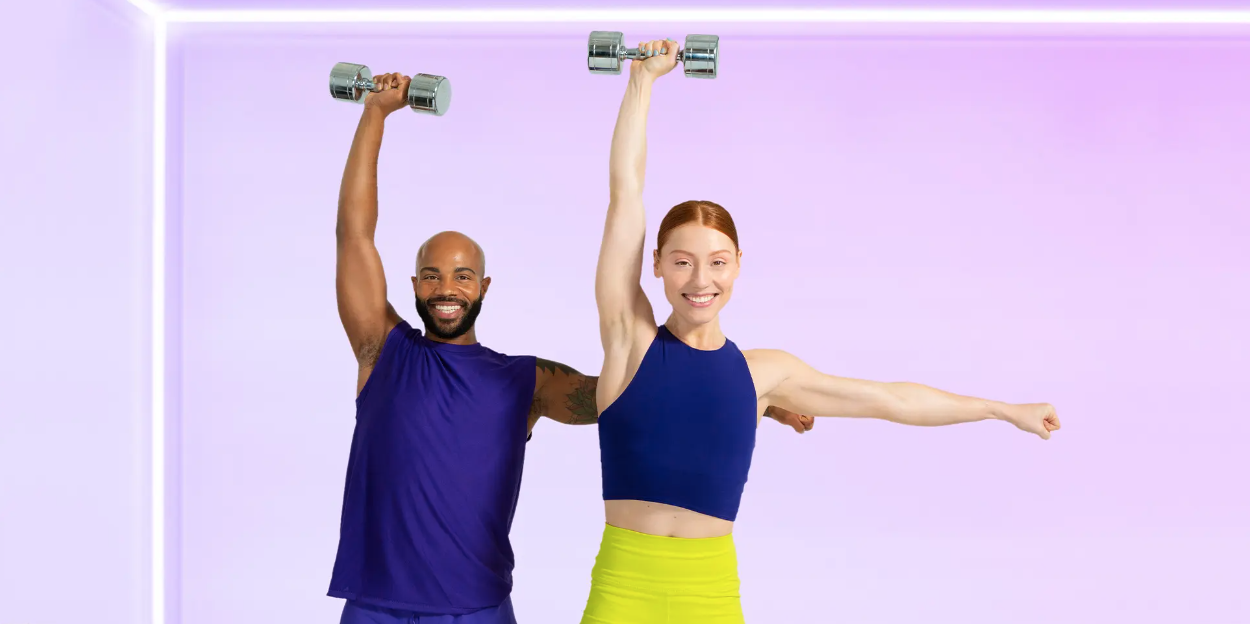
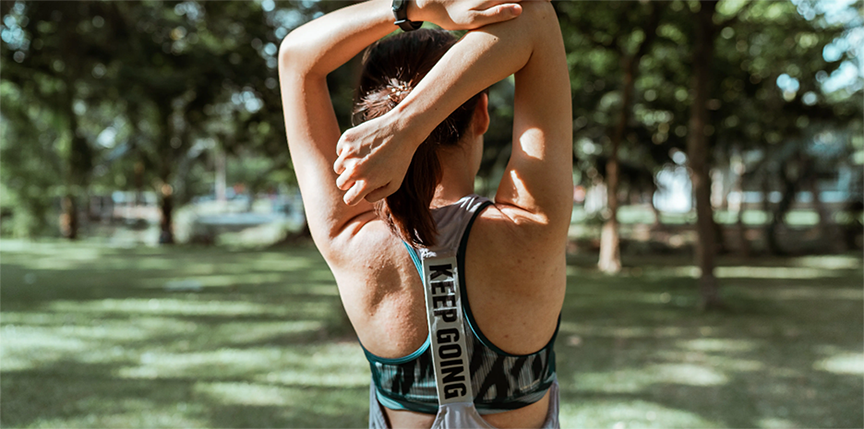

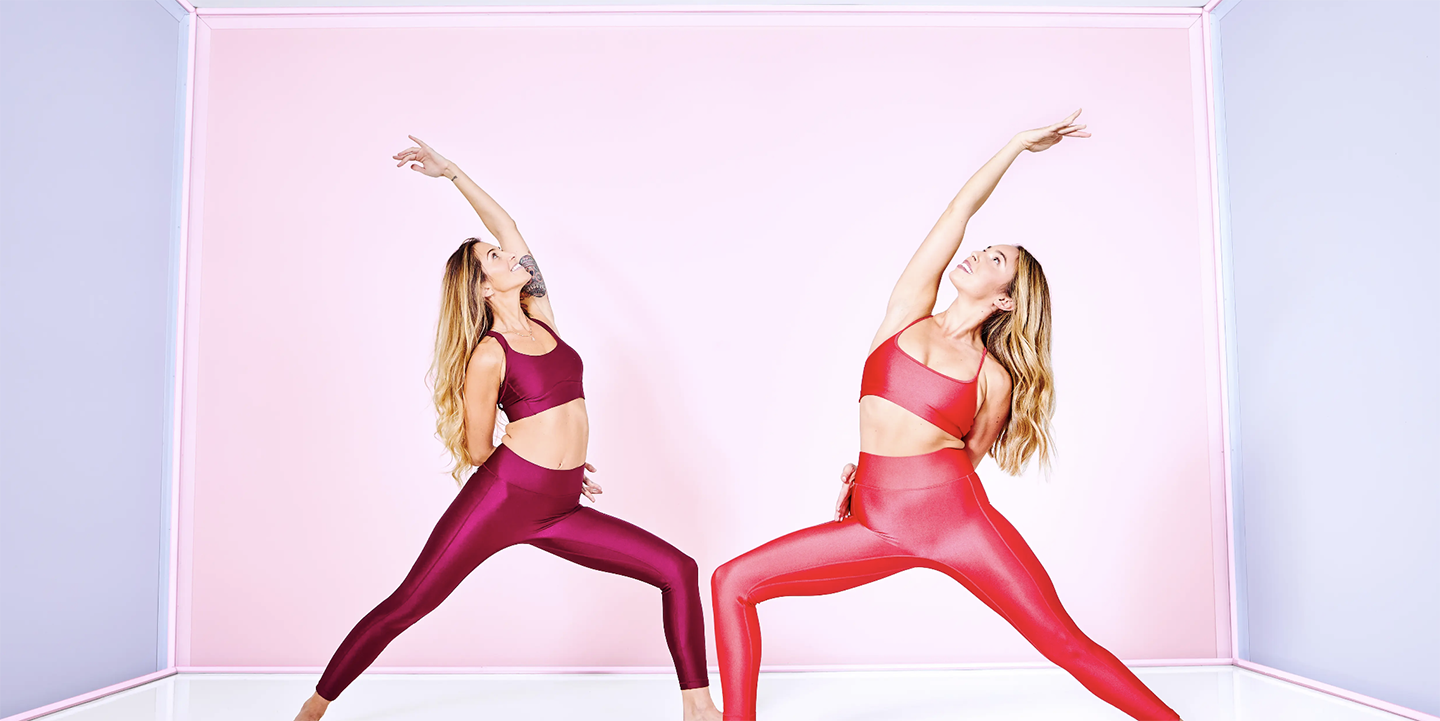
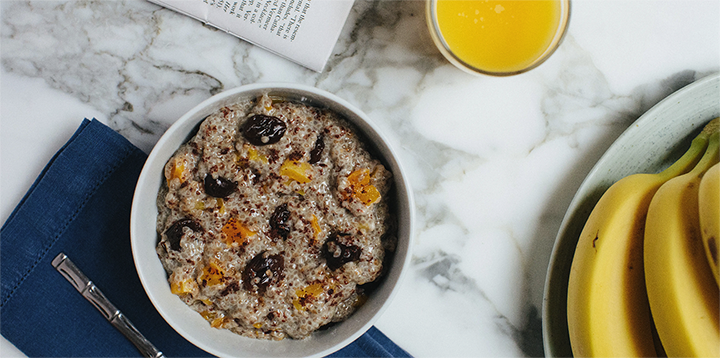
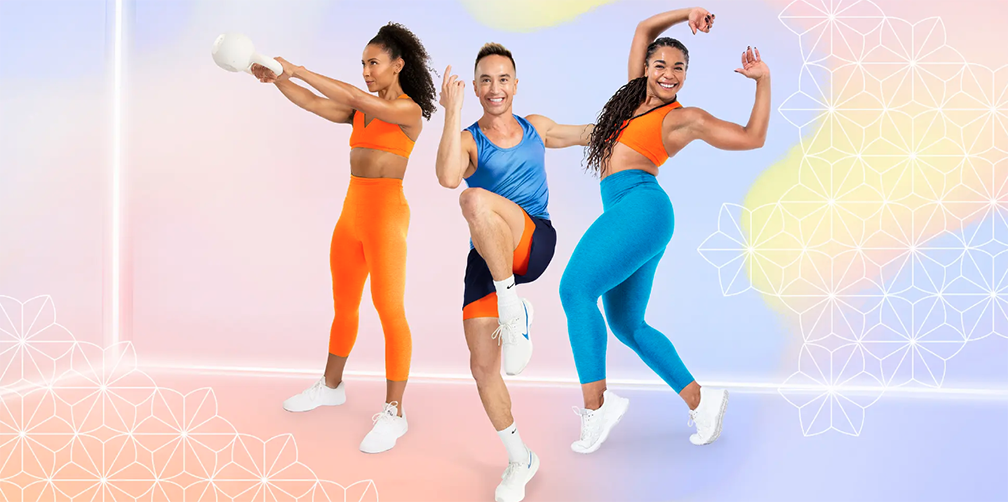


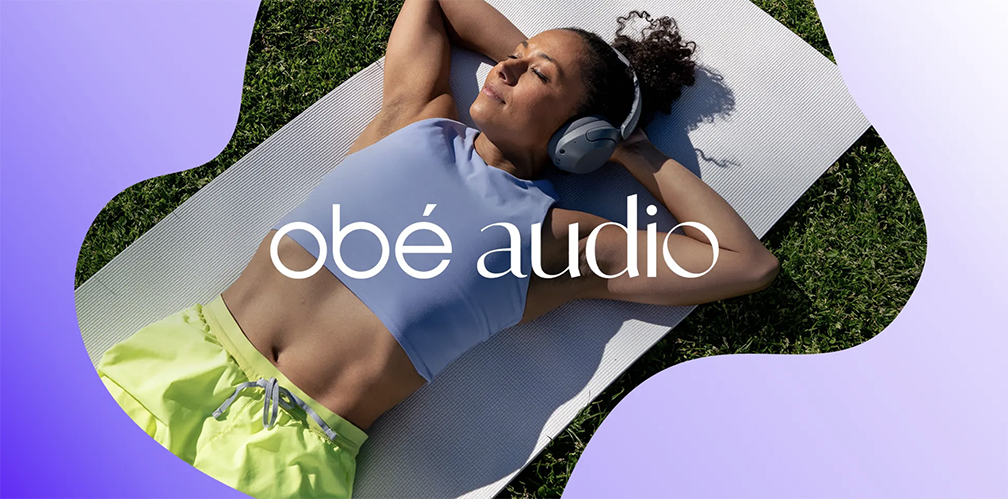
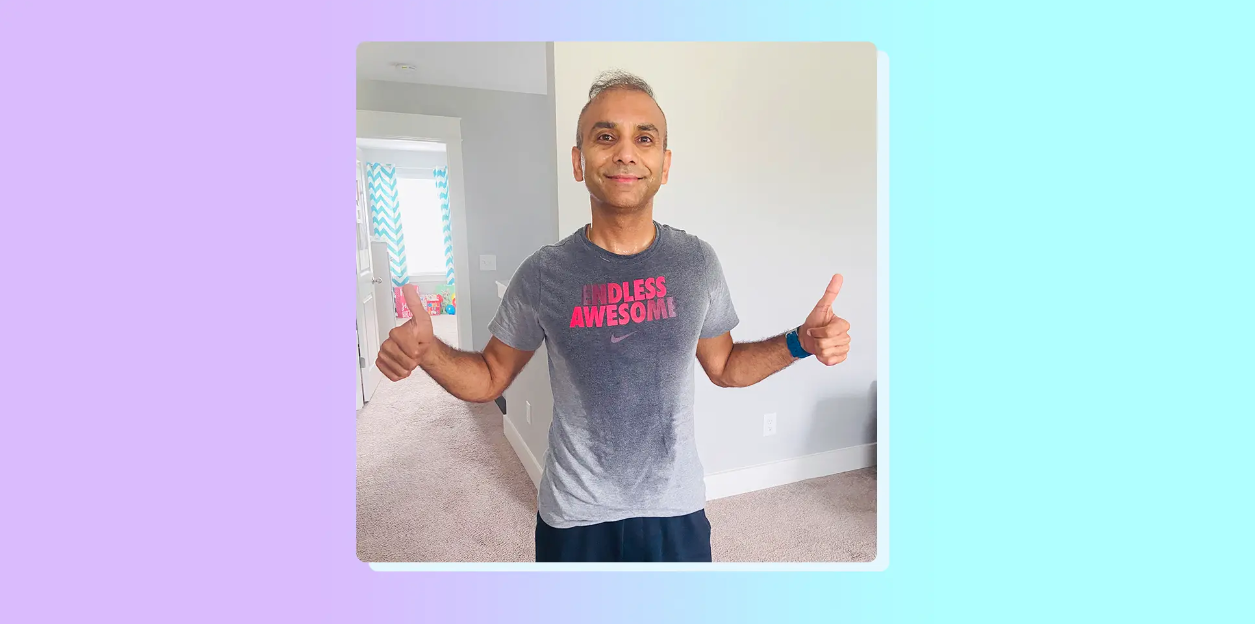
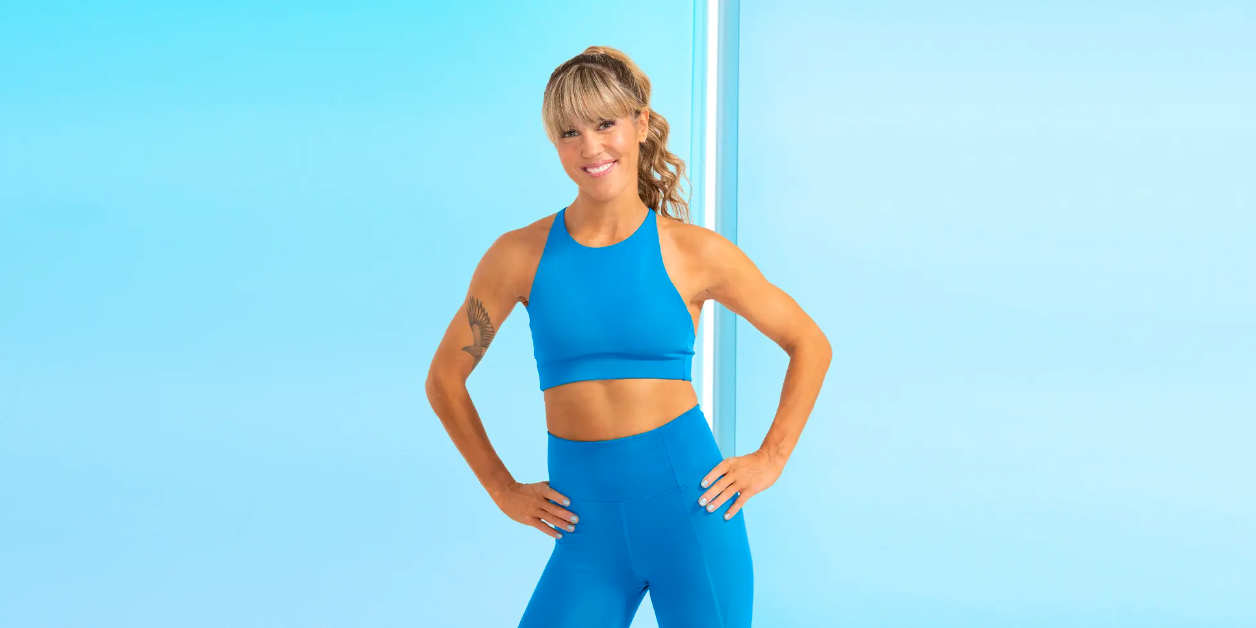
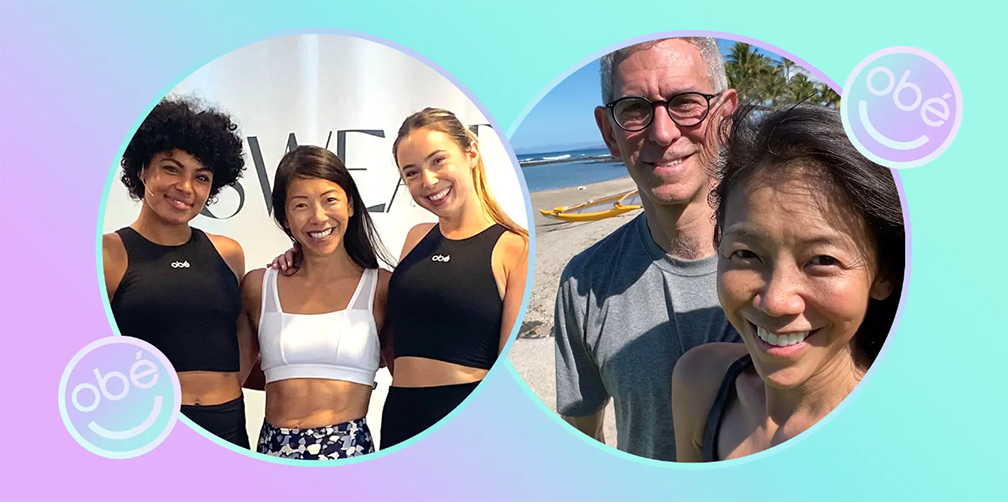



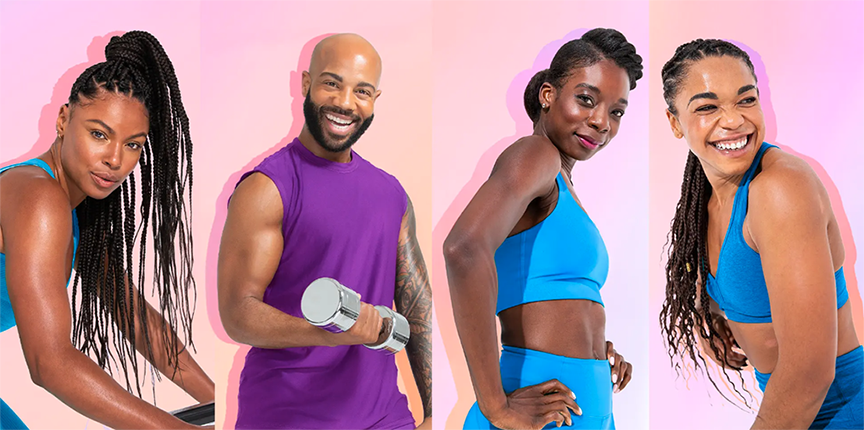
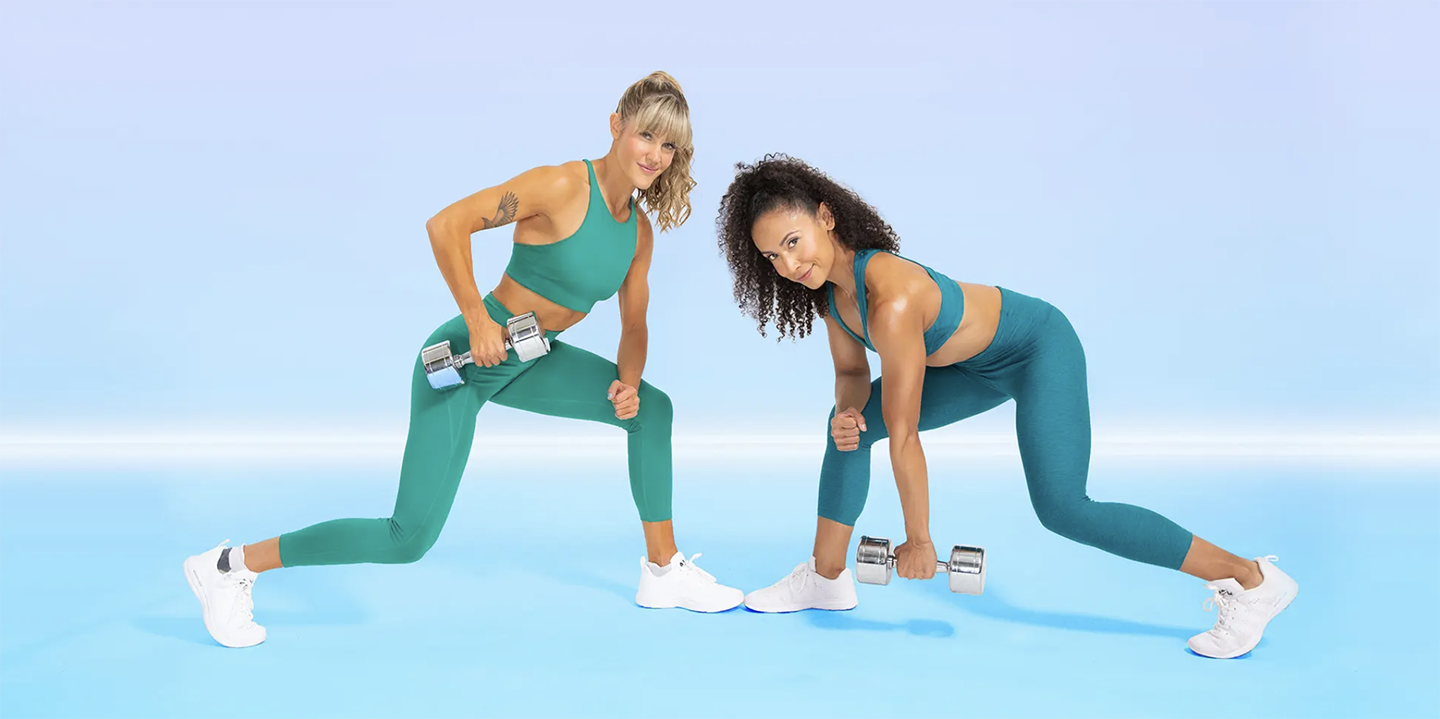
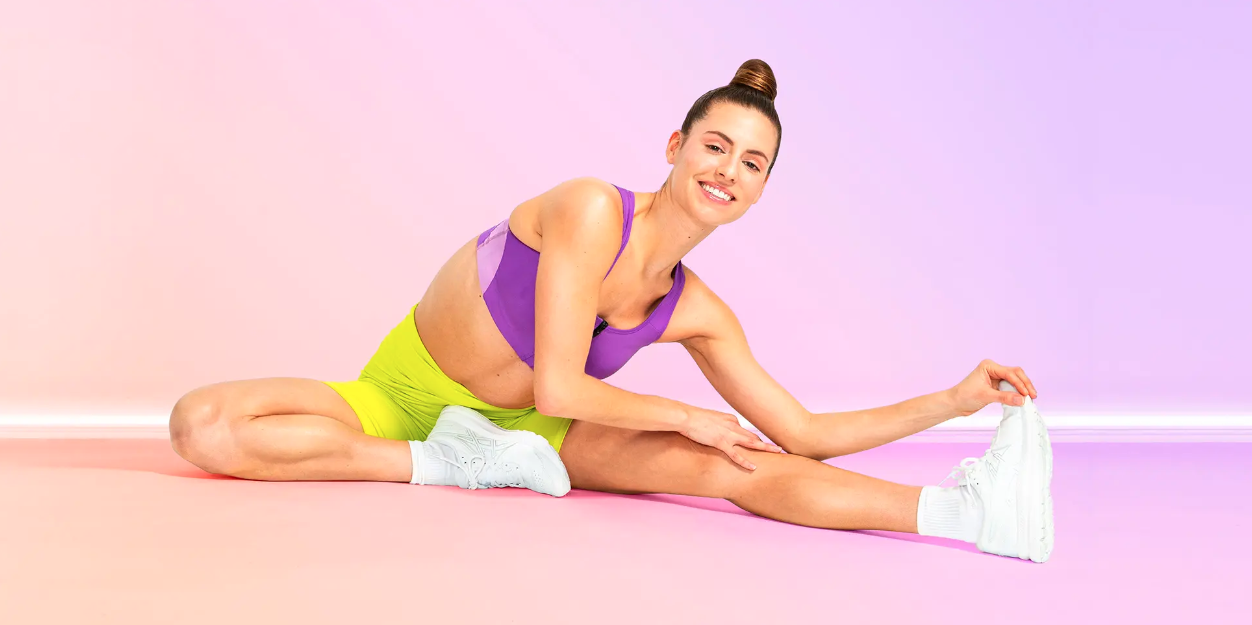
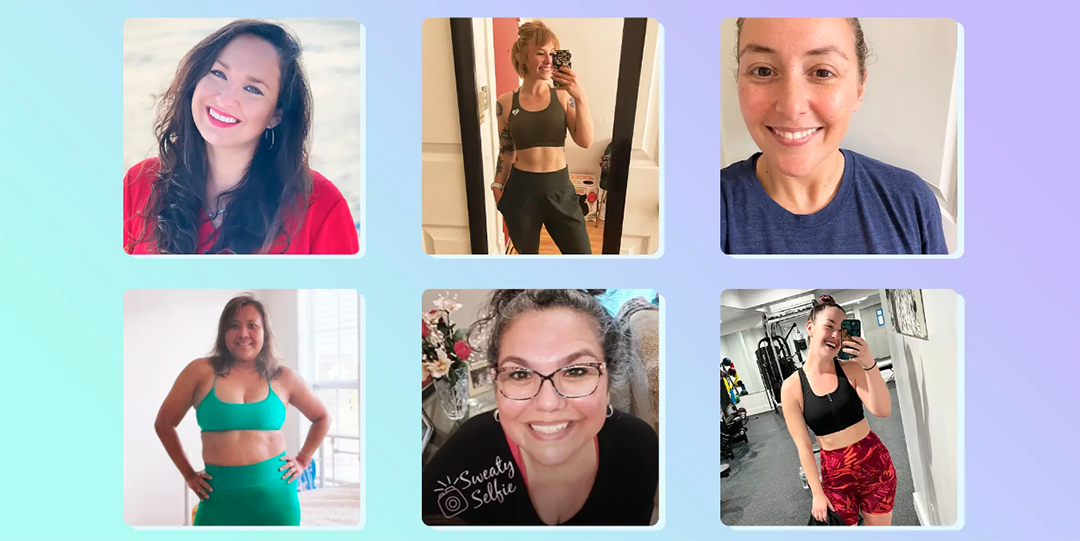

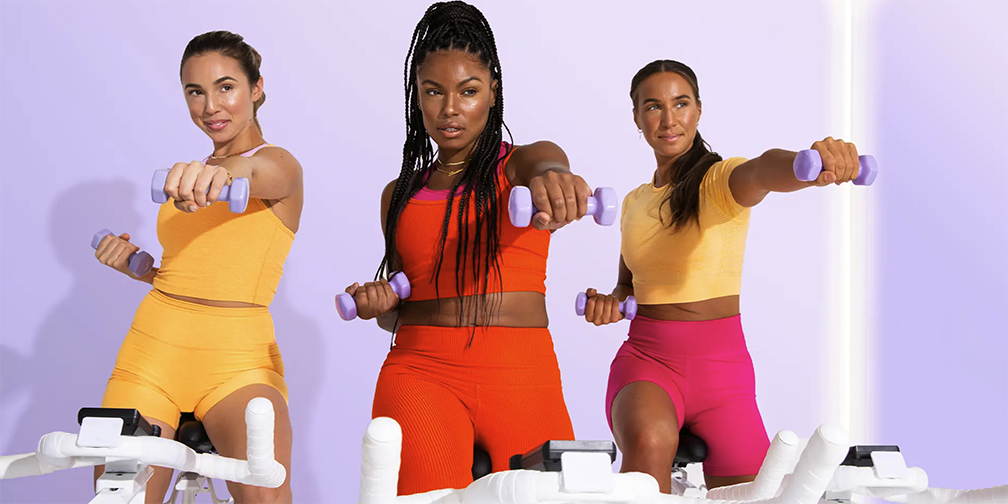
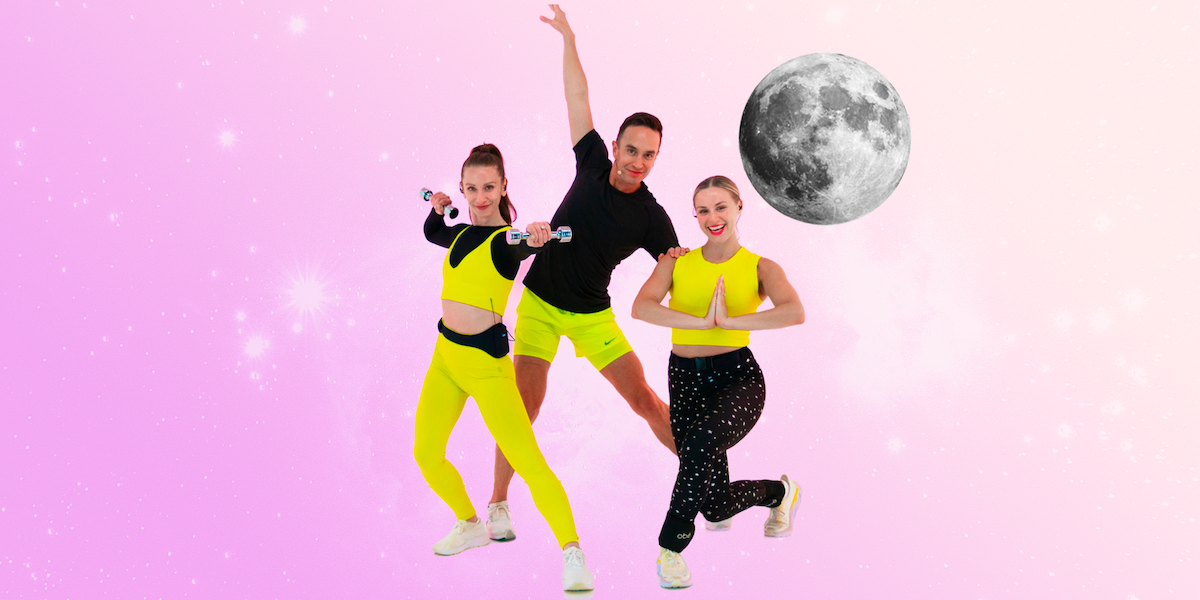
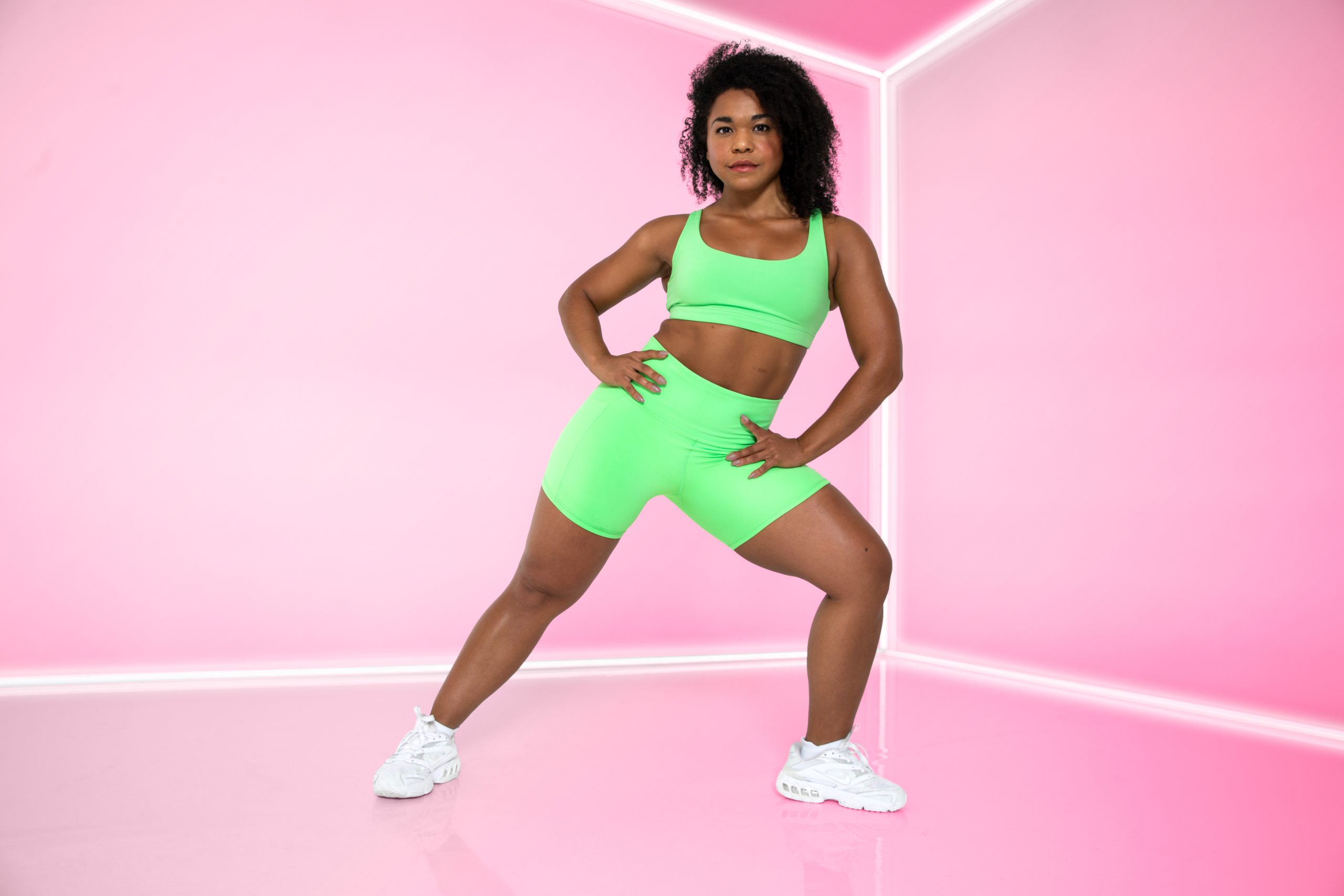

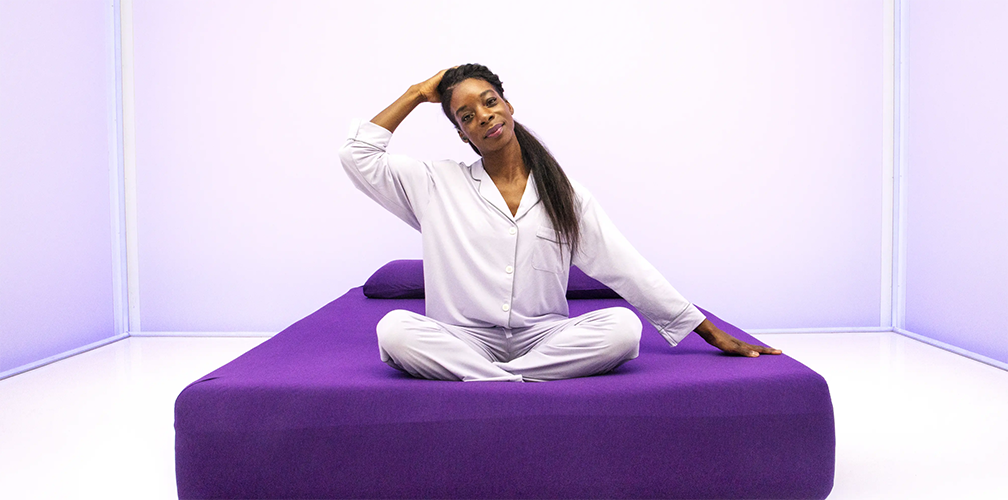

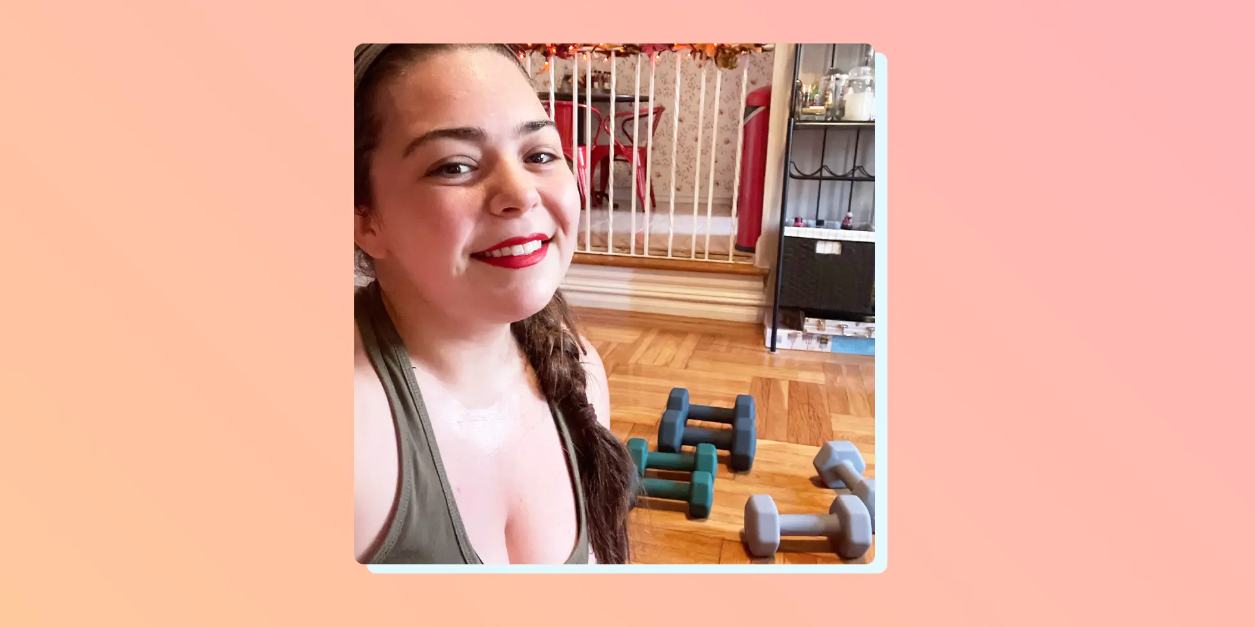
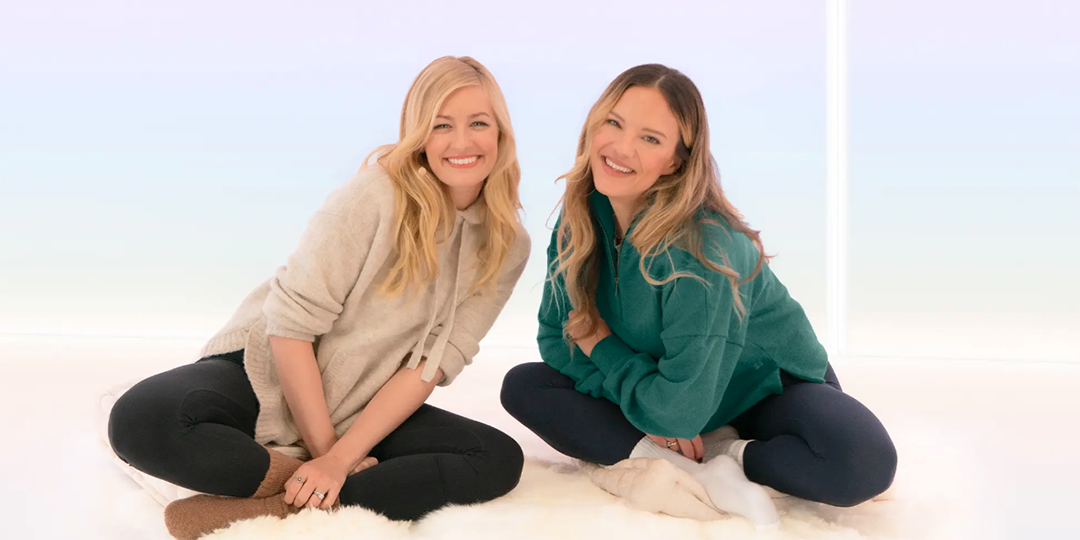



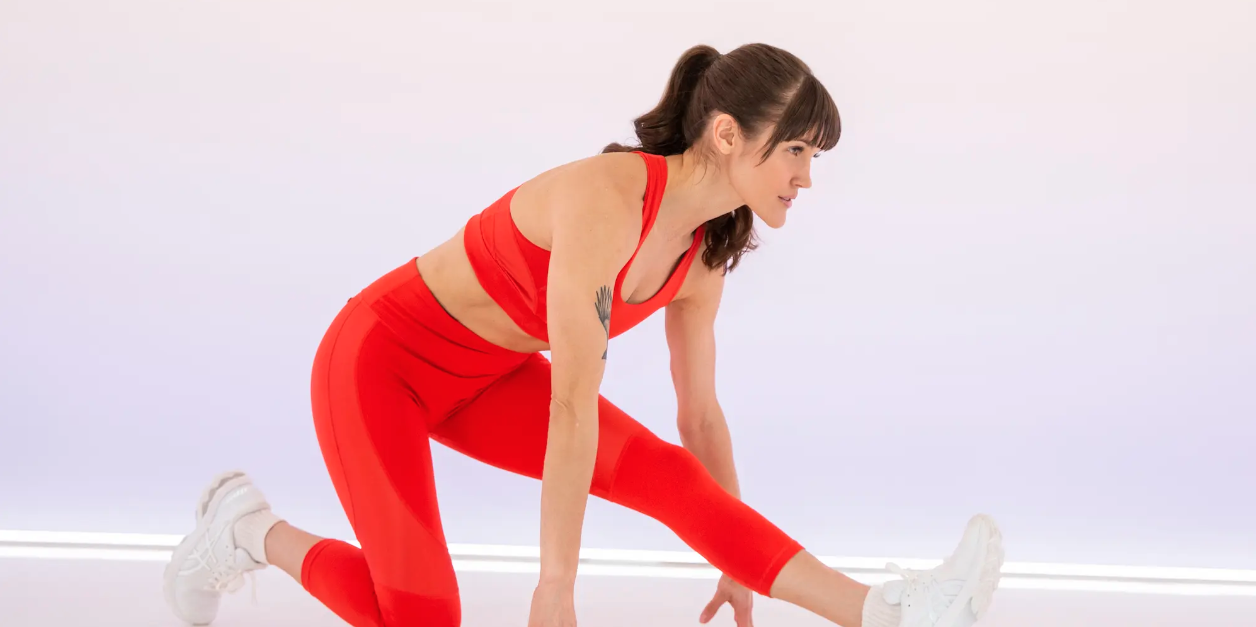
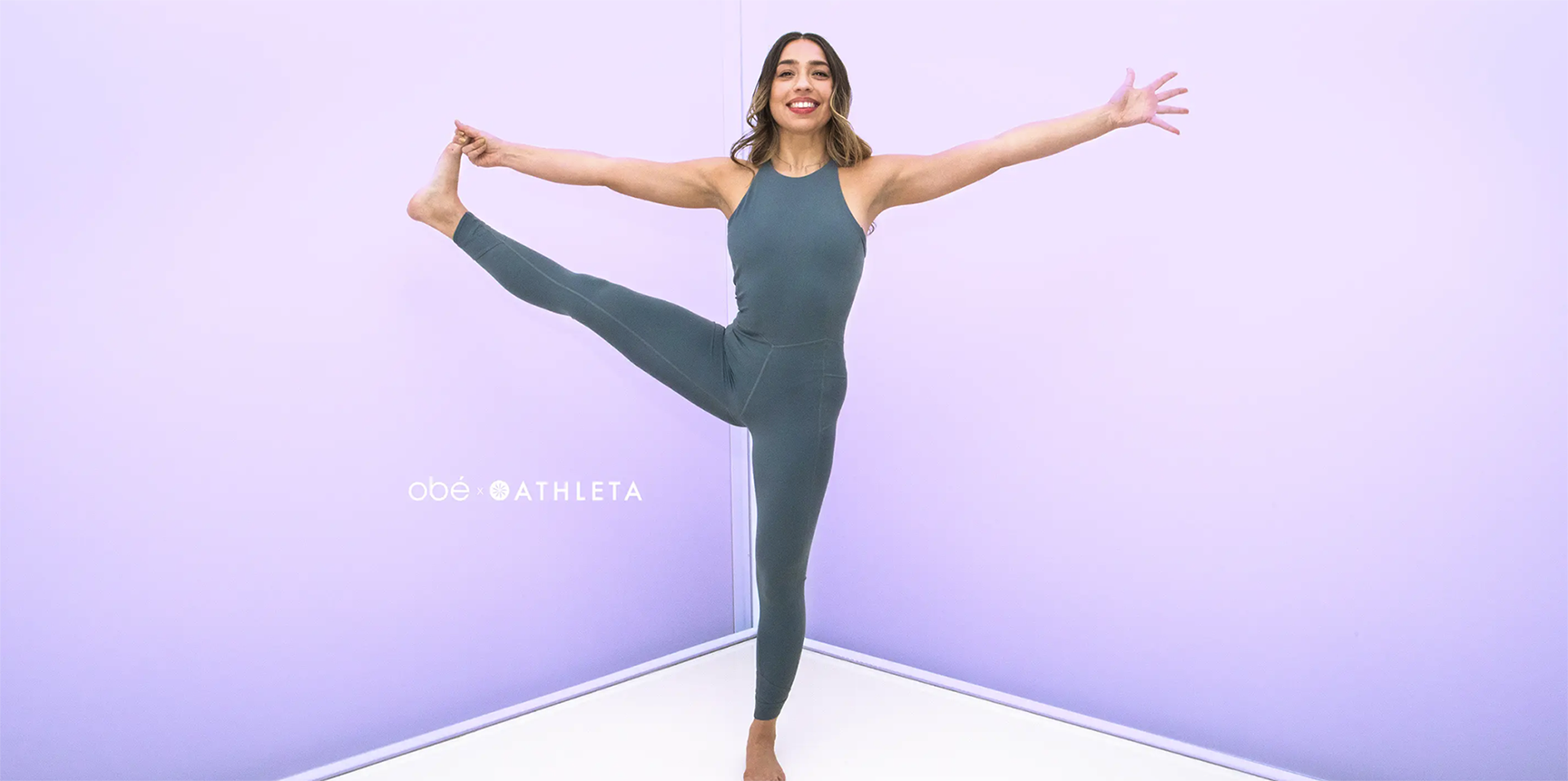
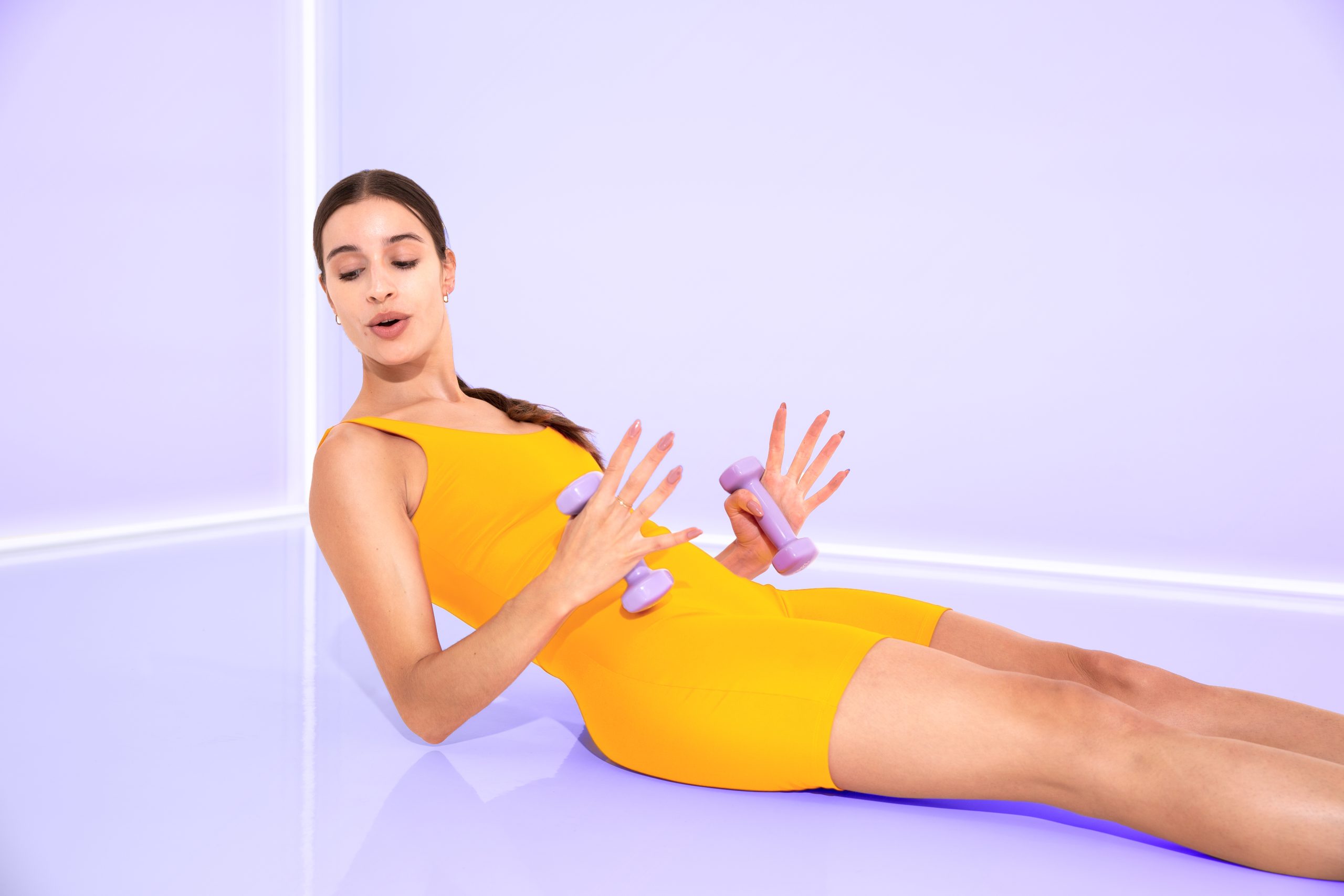
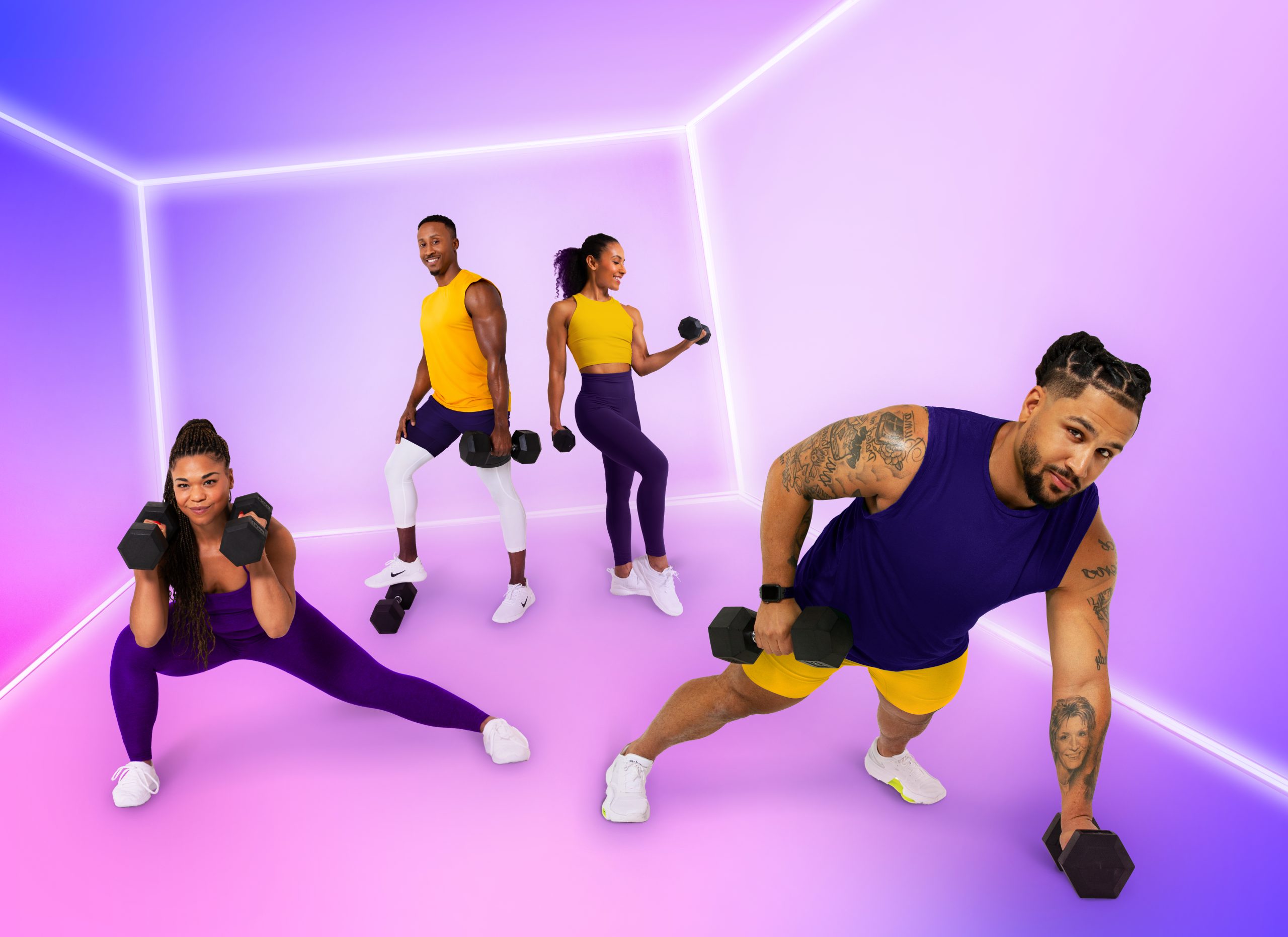
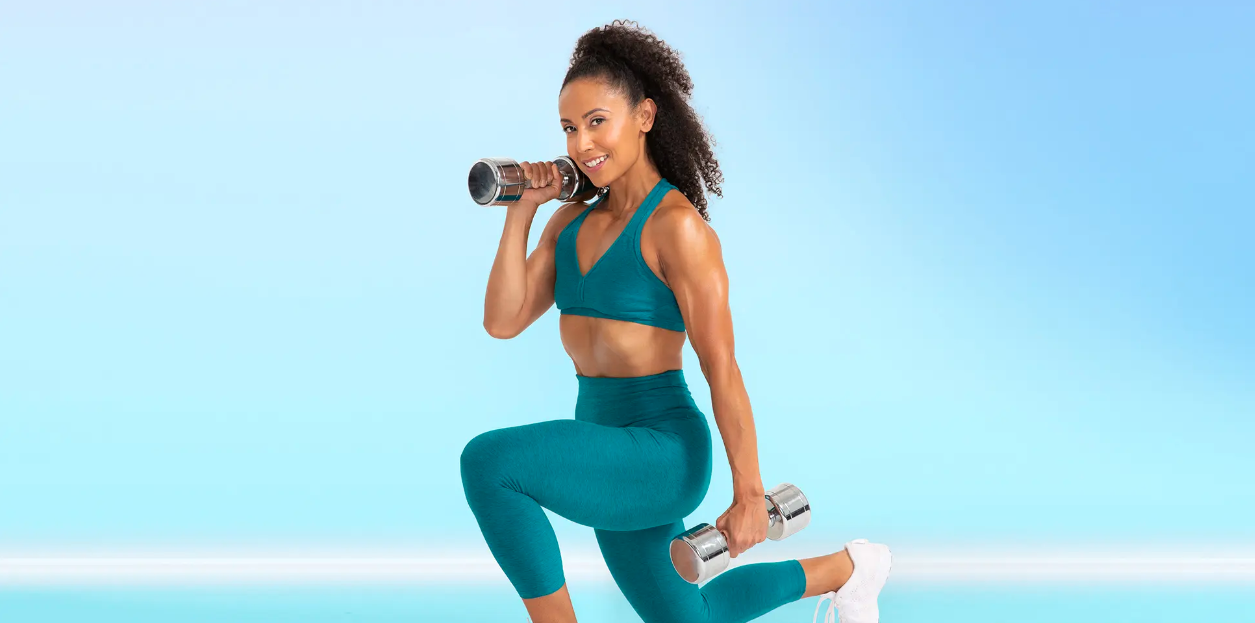
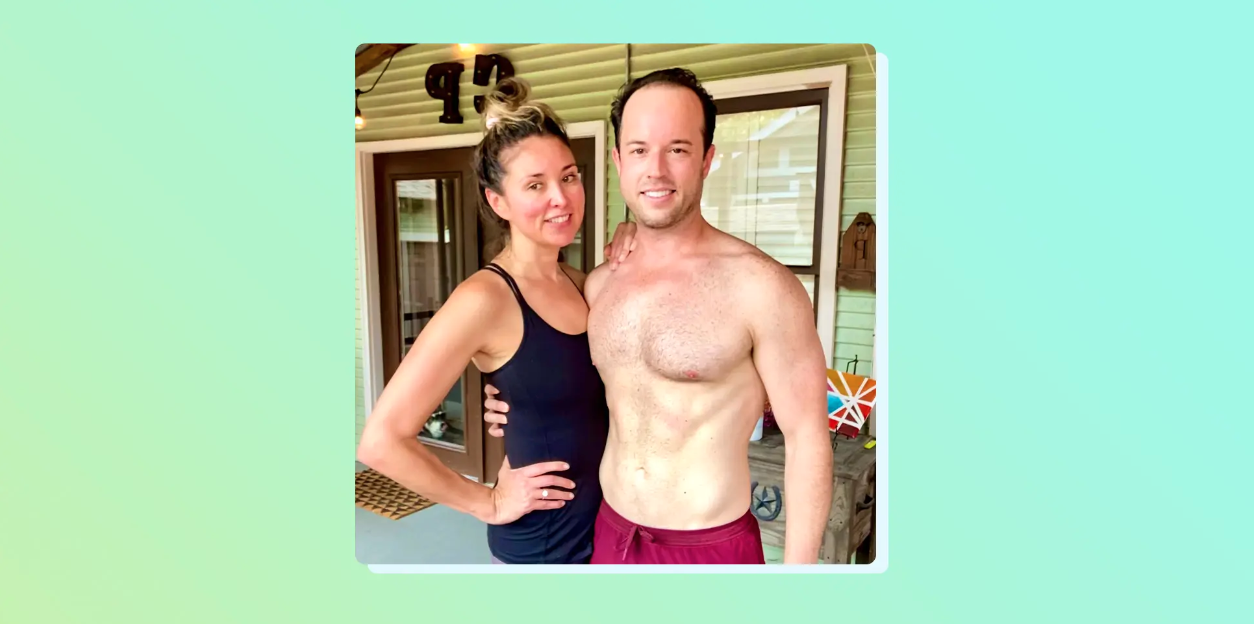
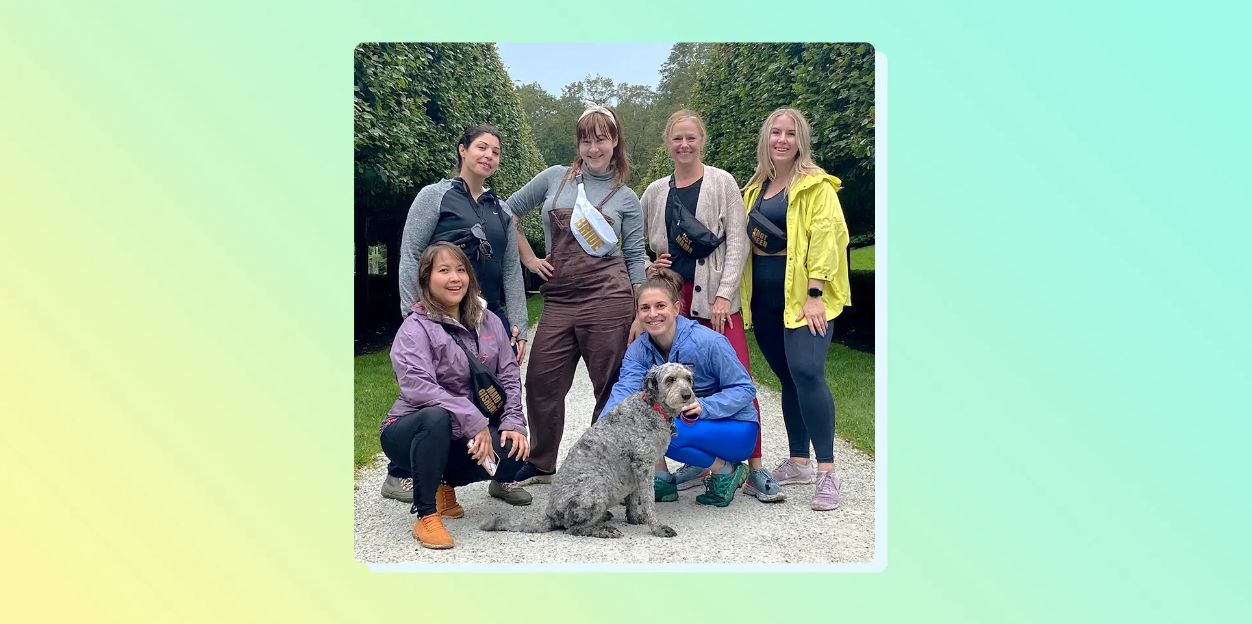


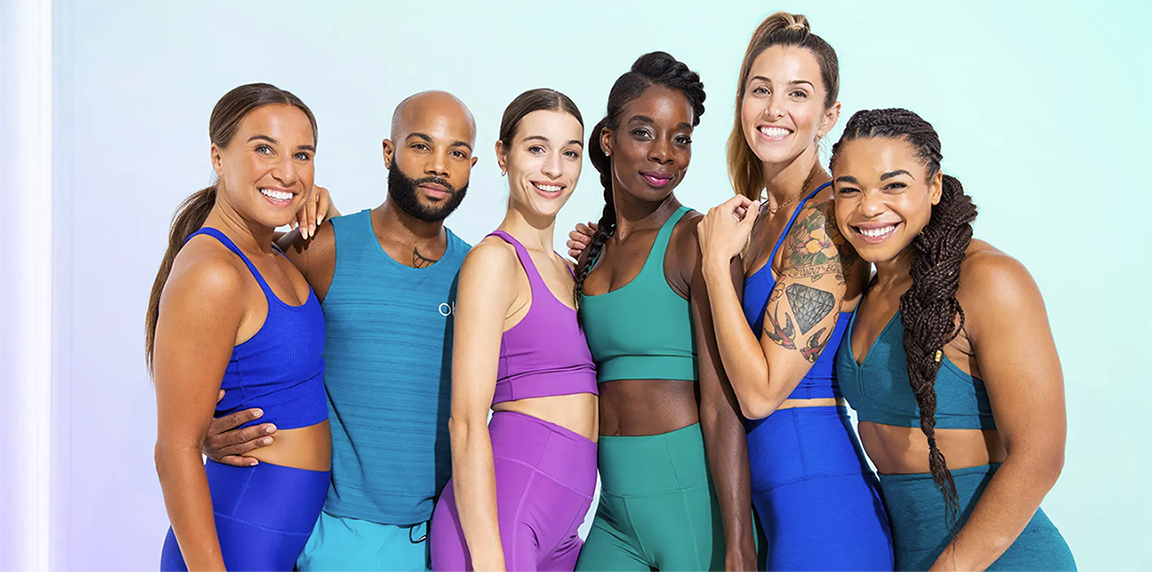
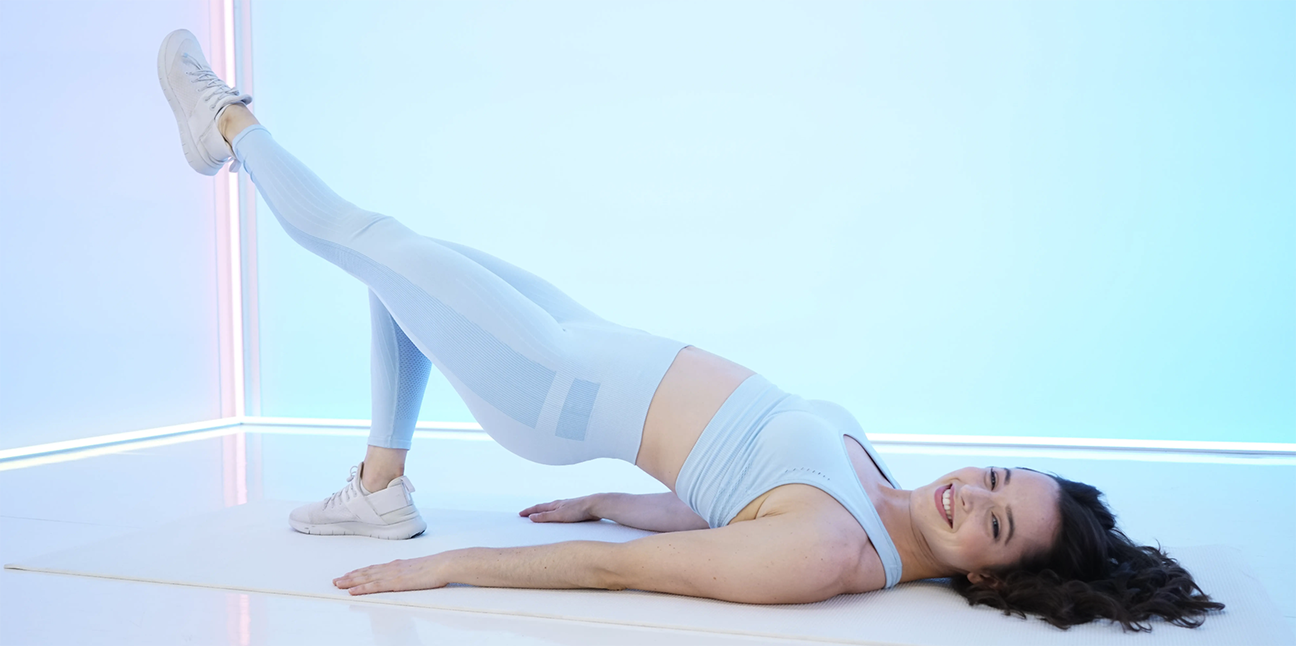


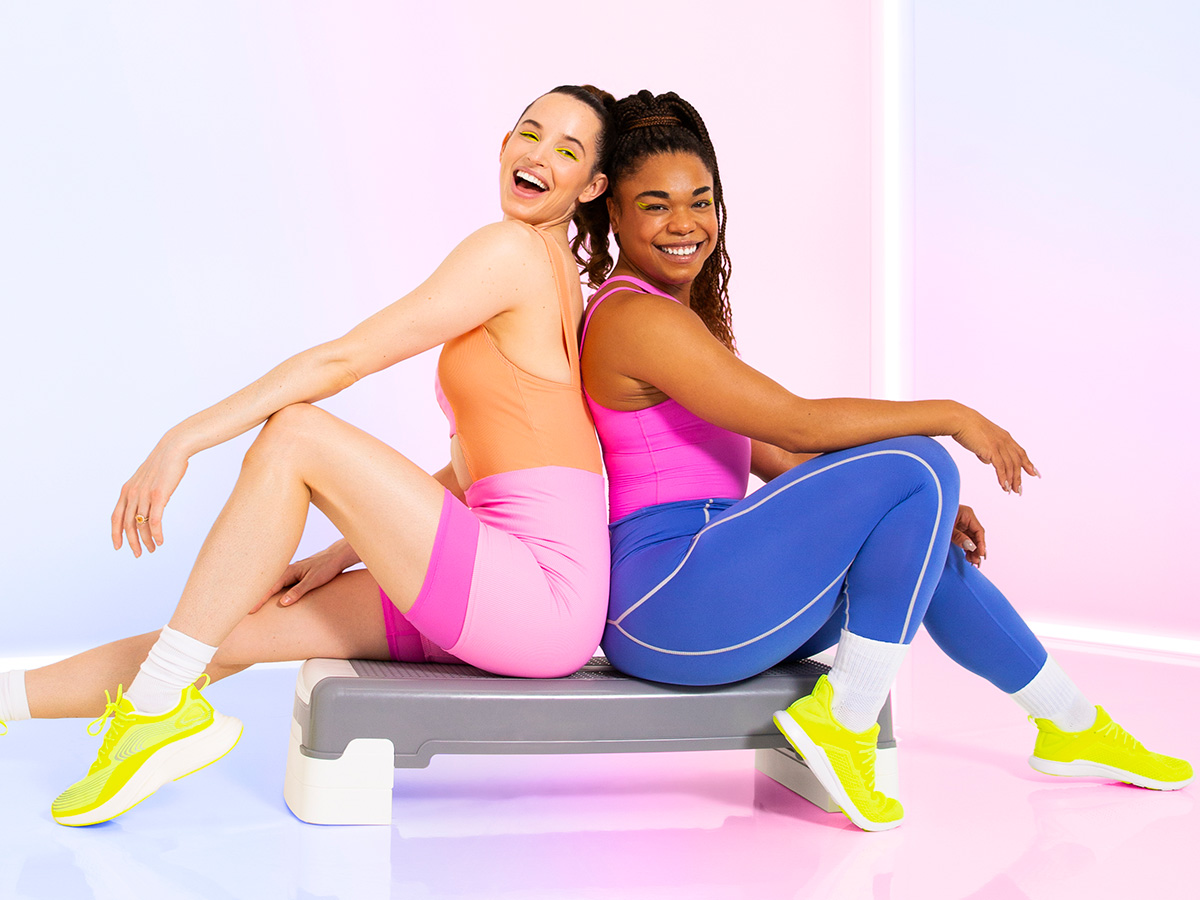
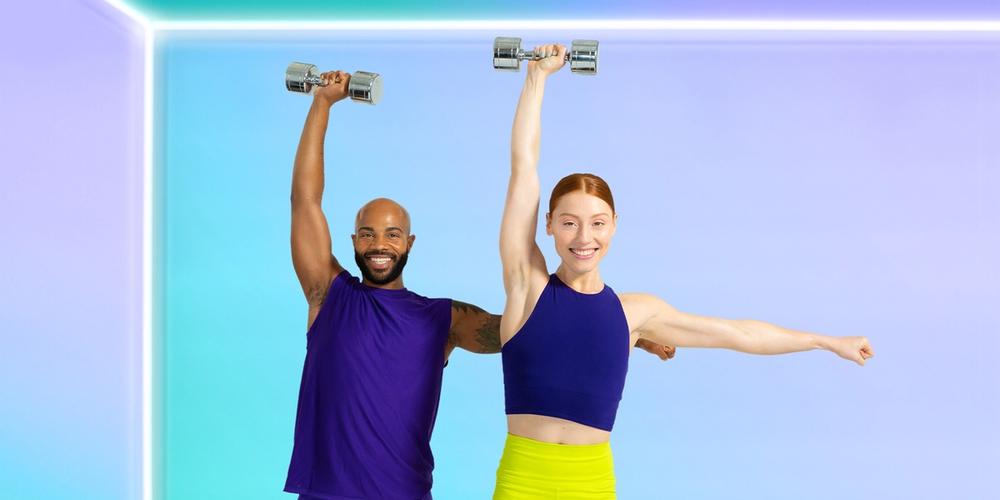

Leave a Reply